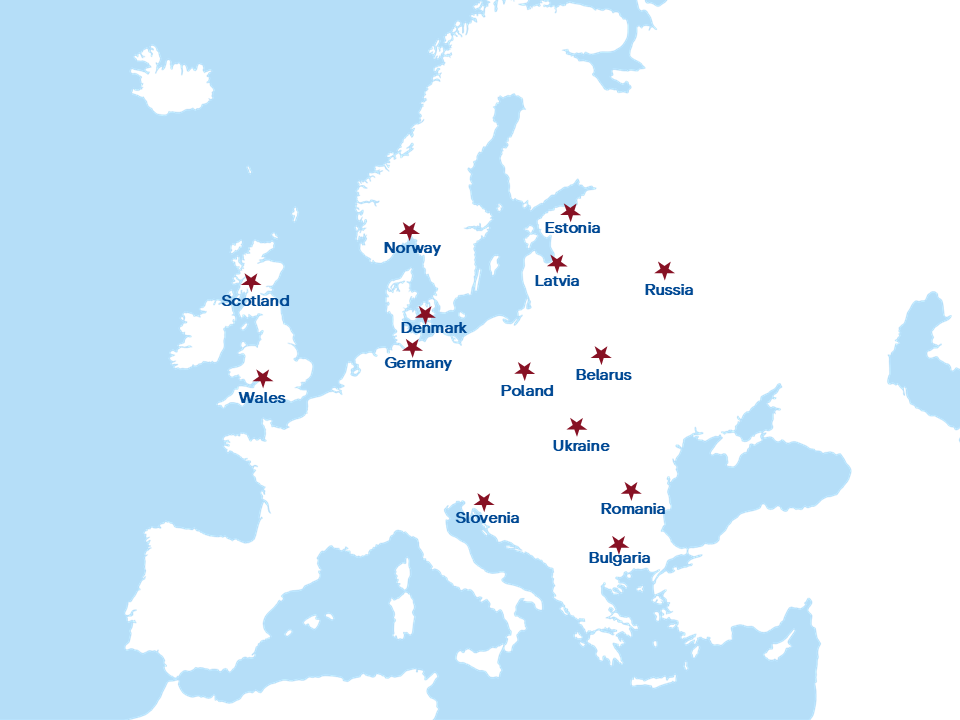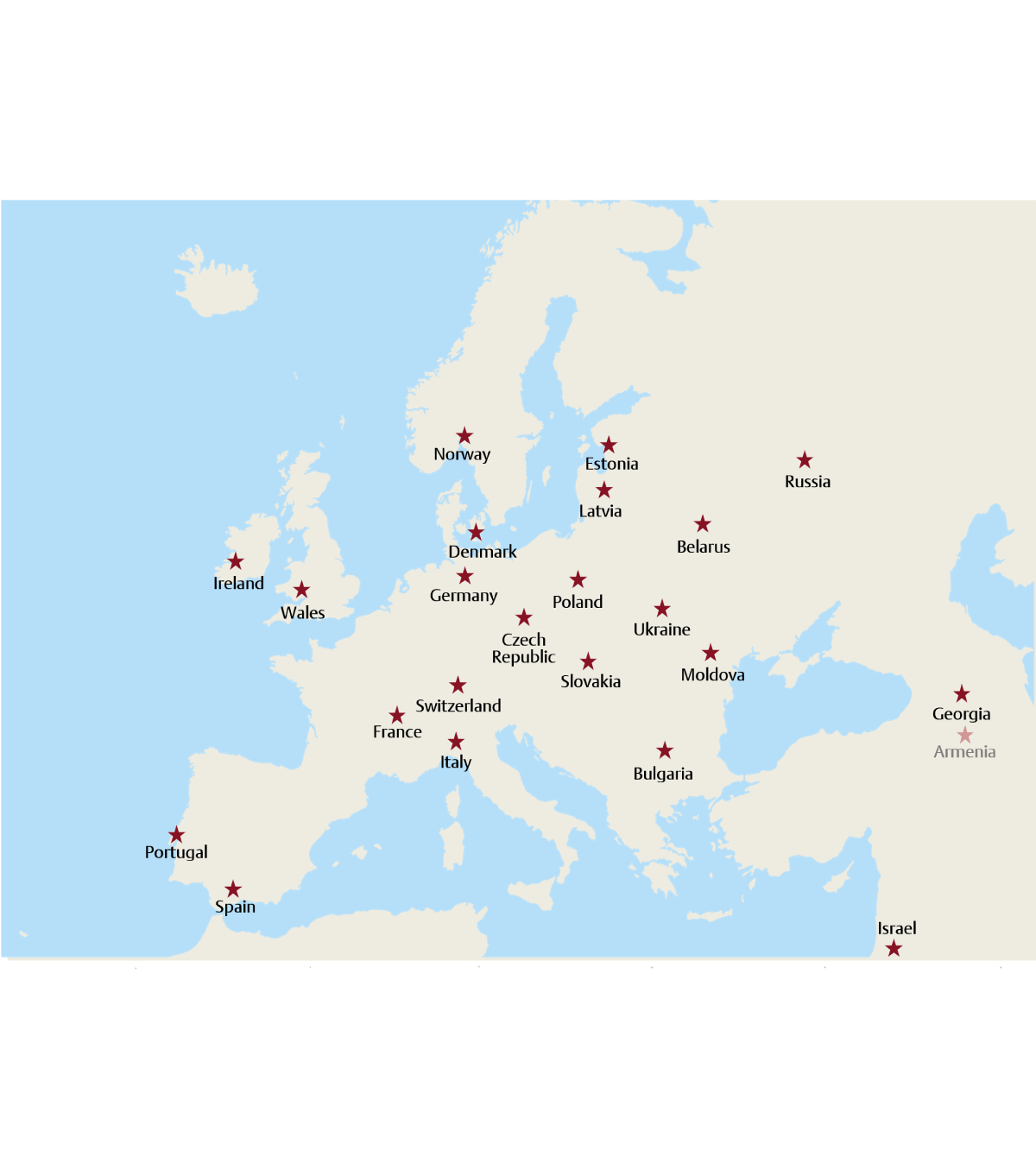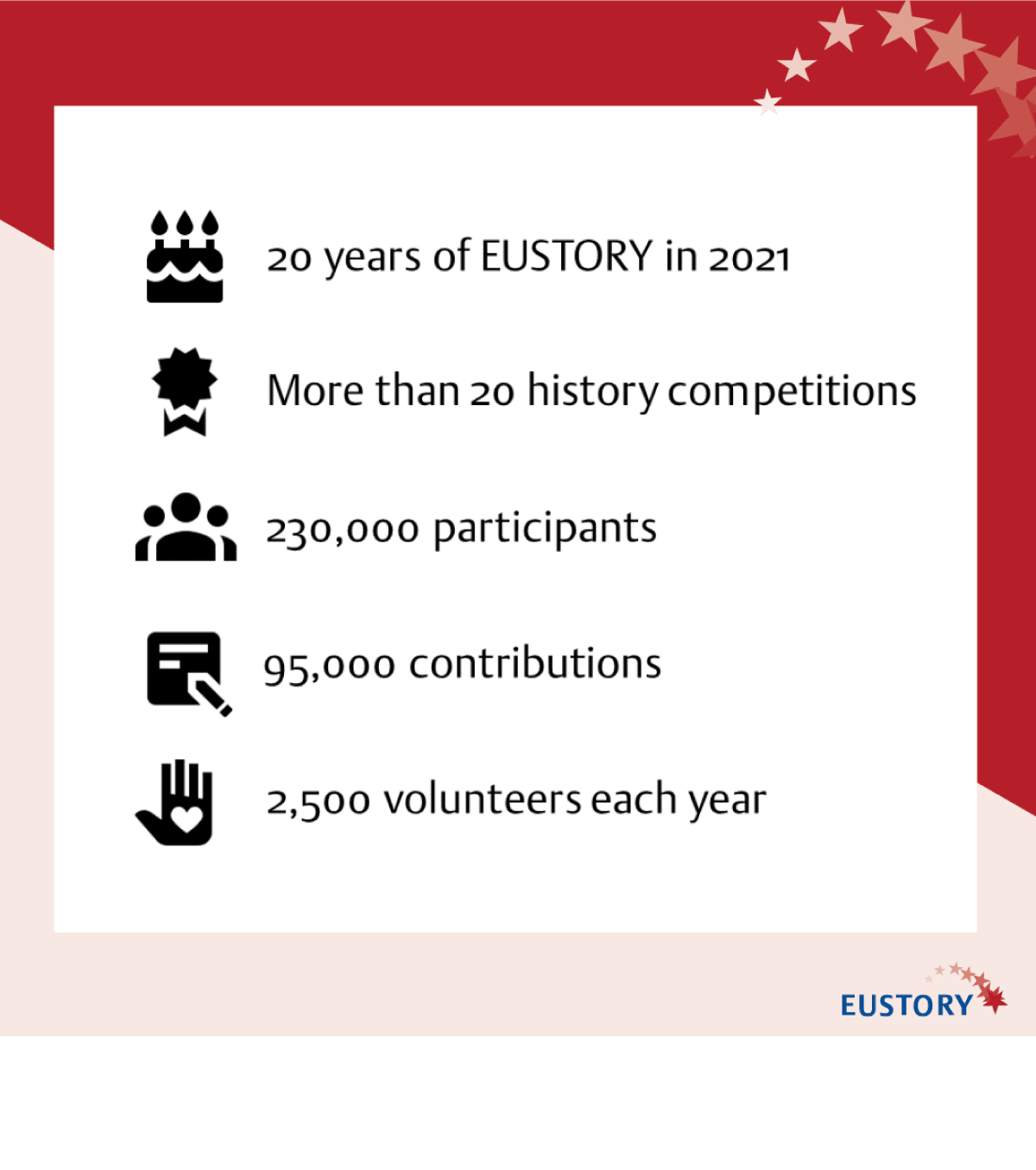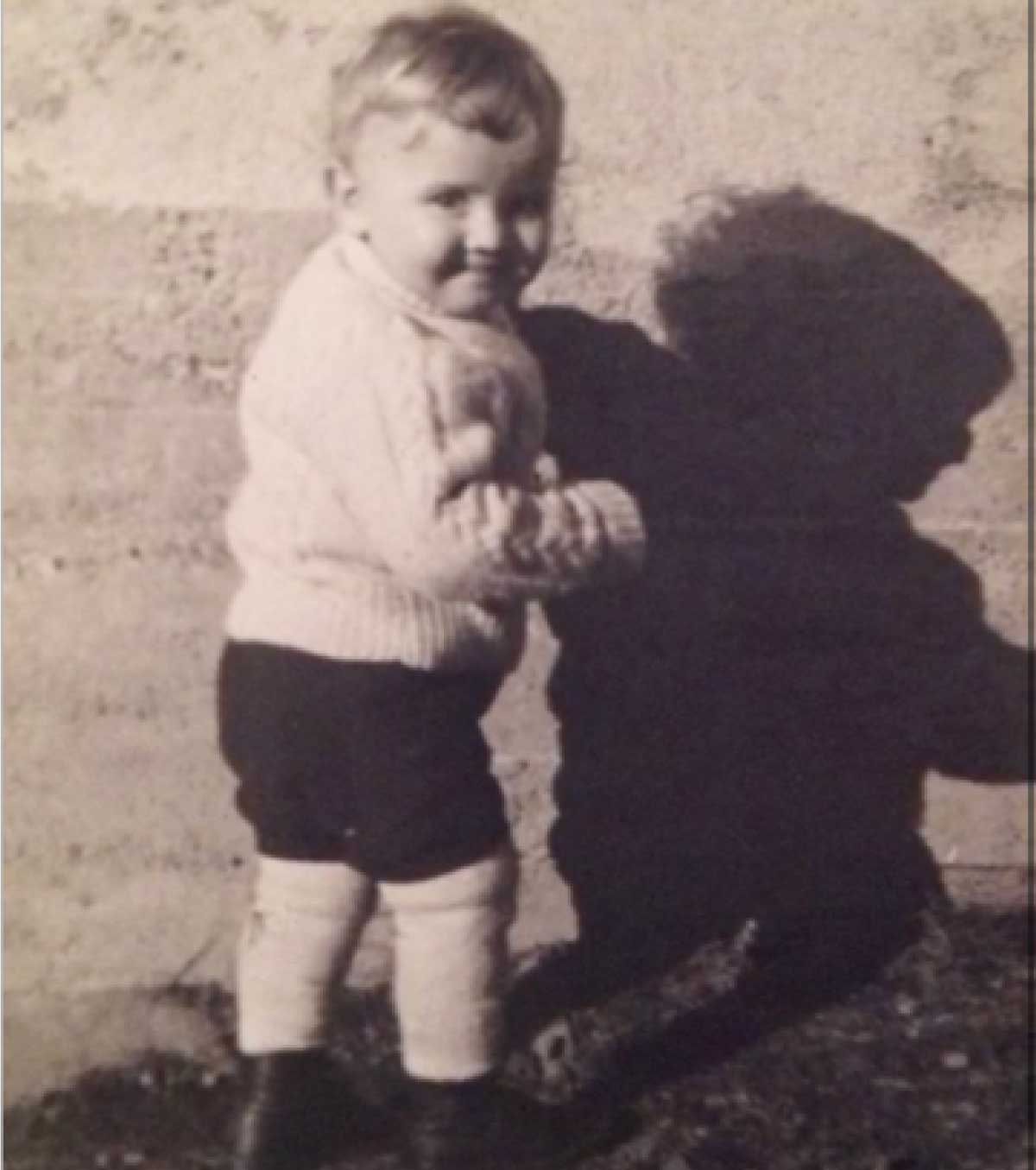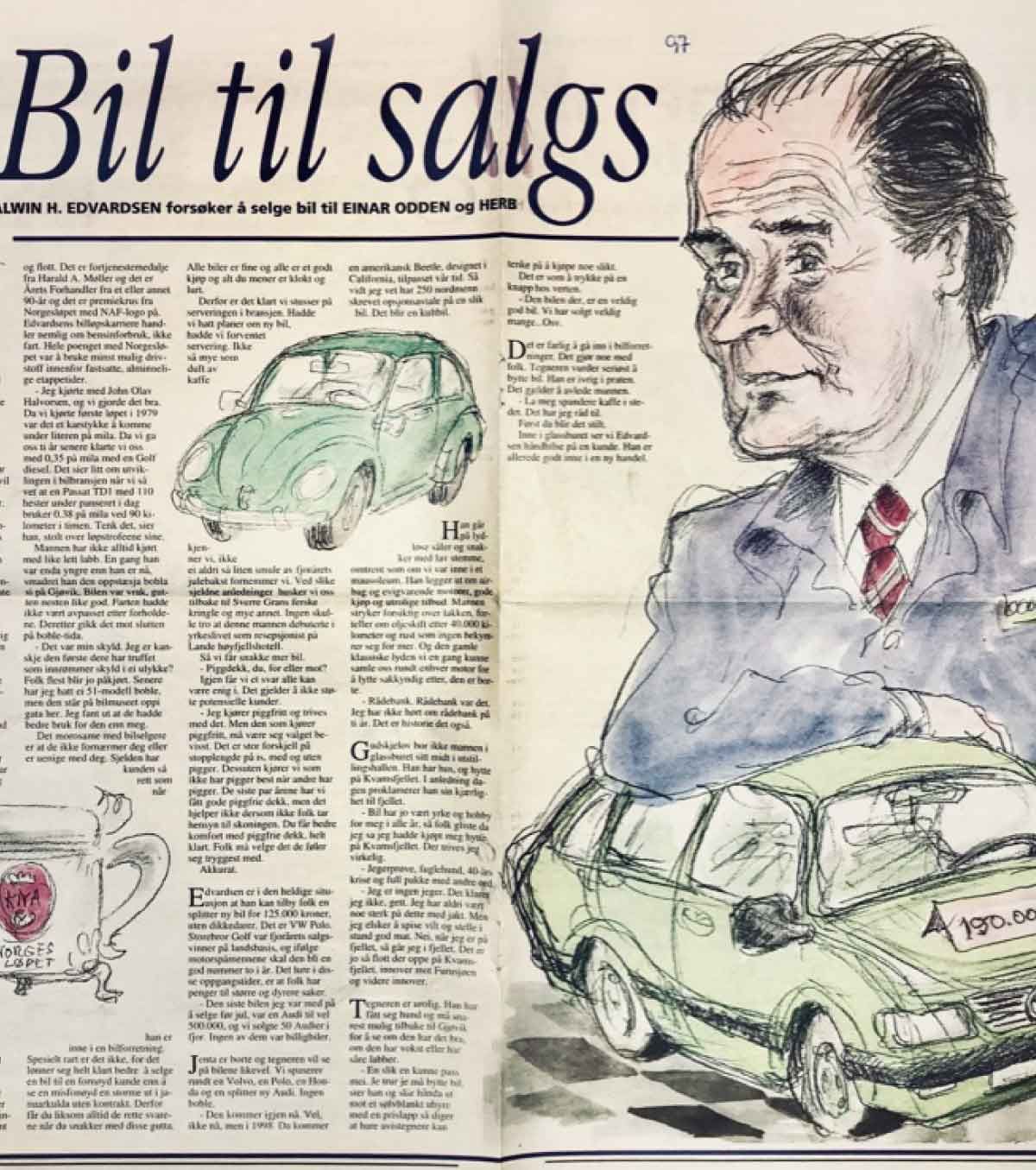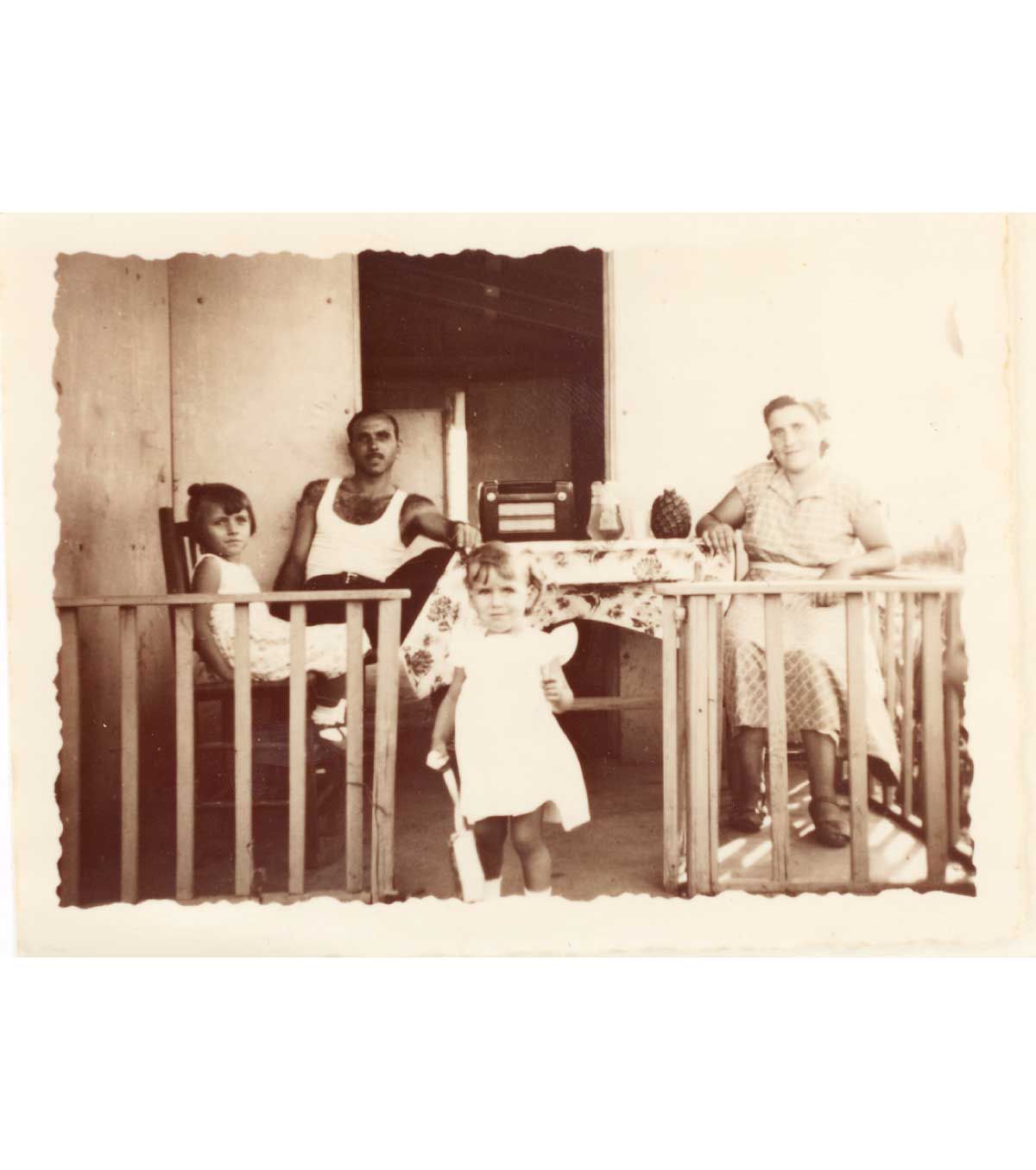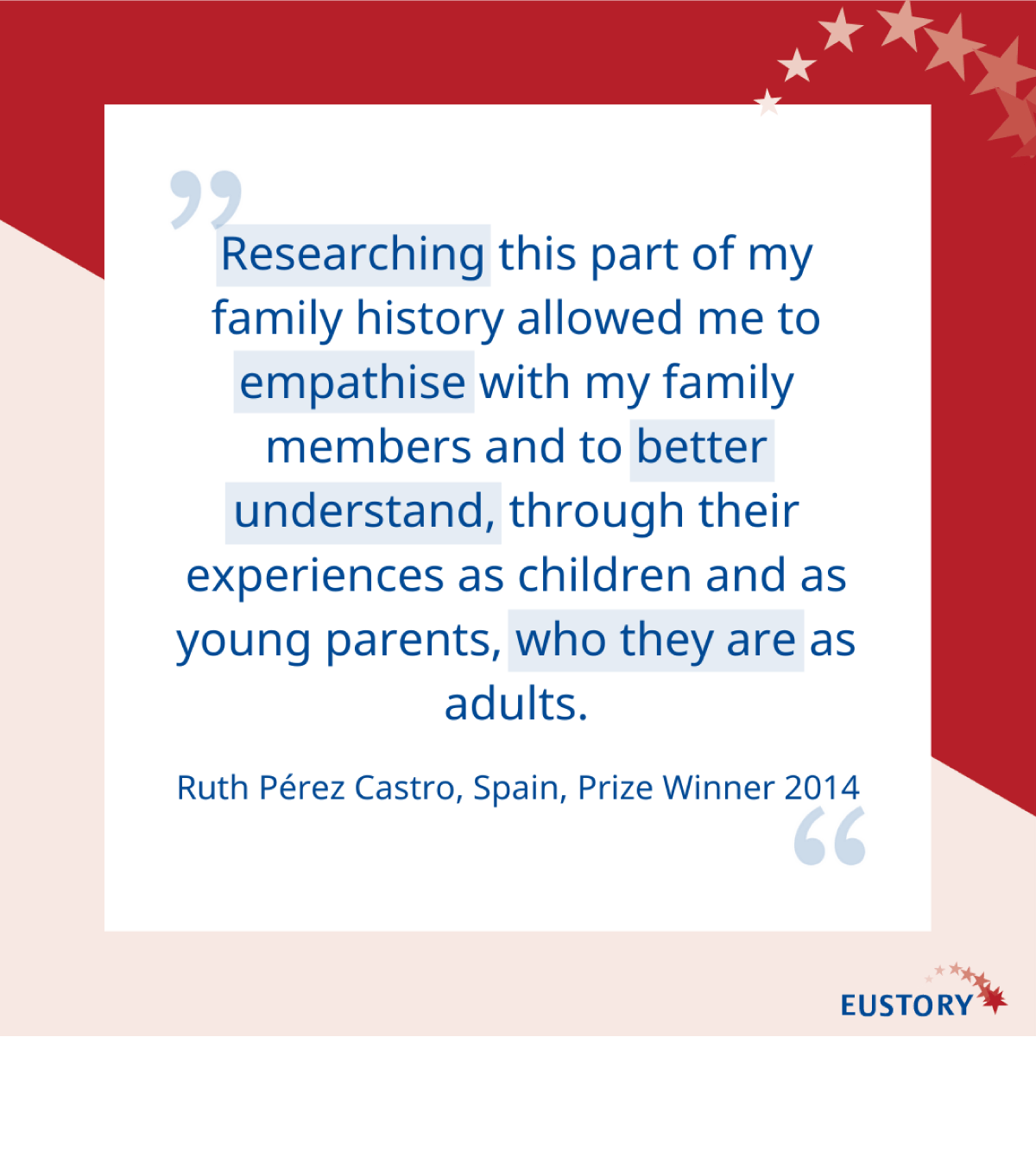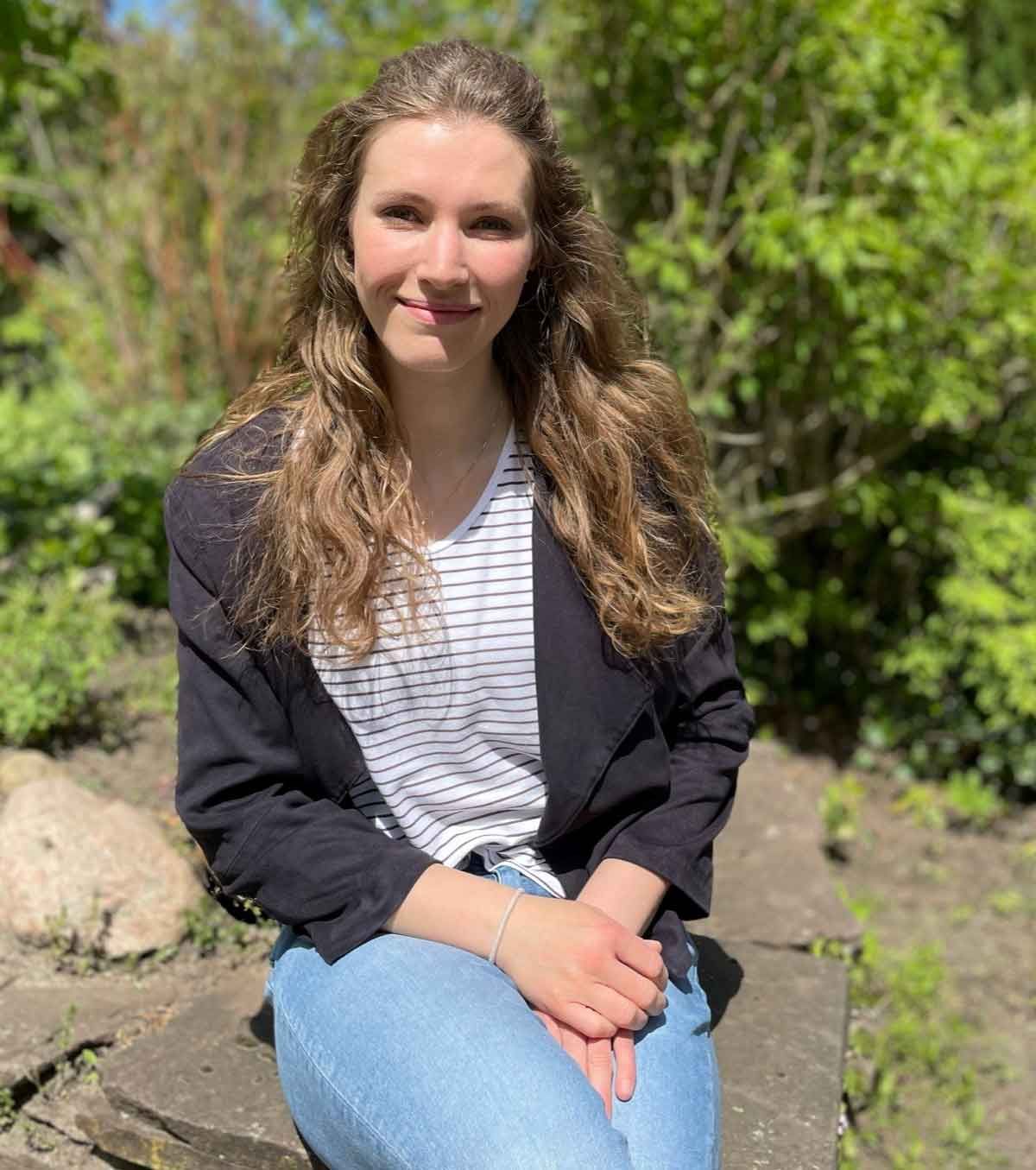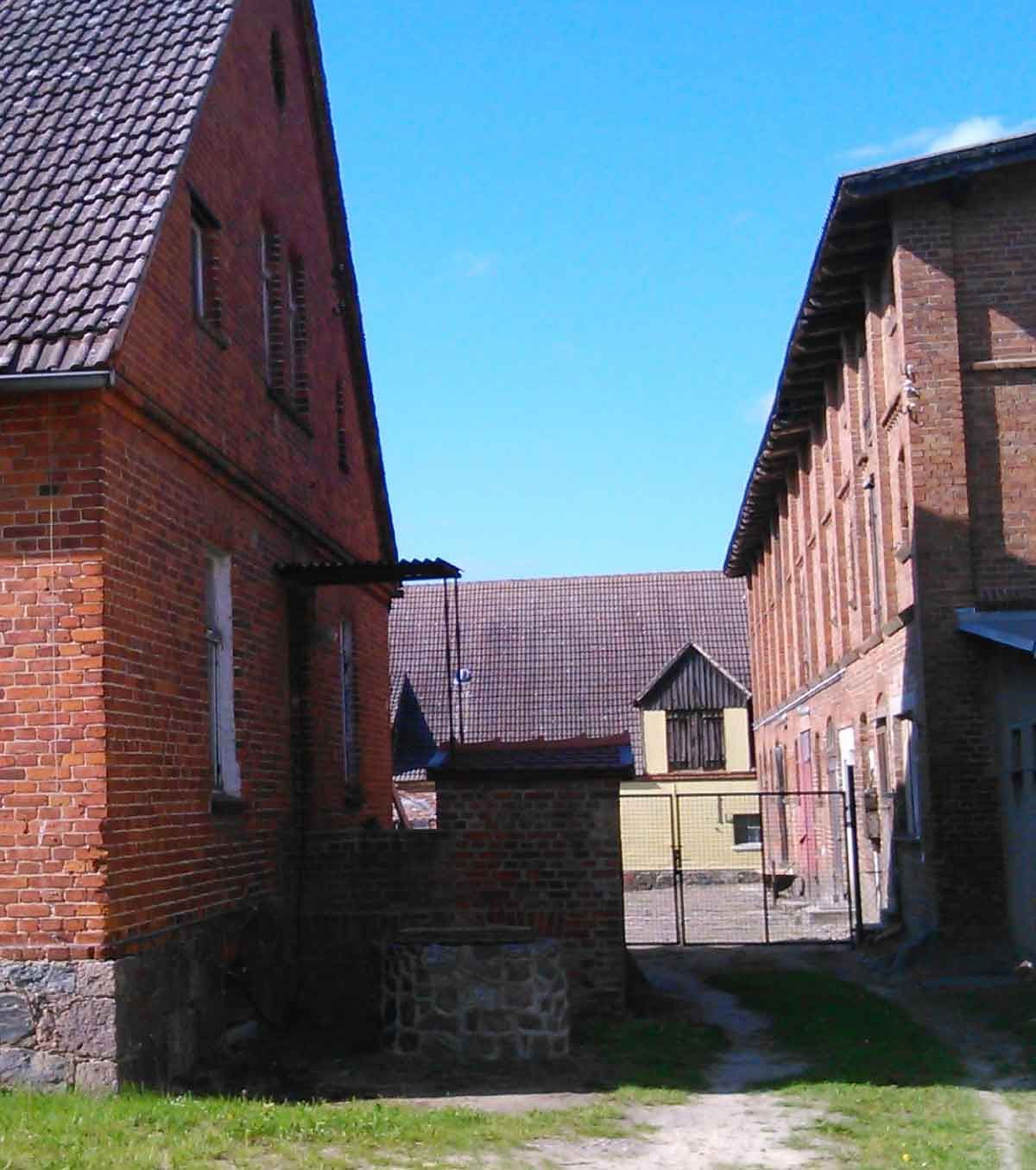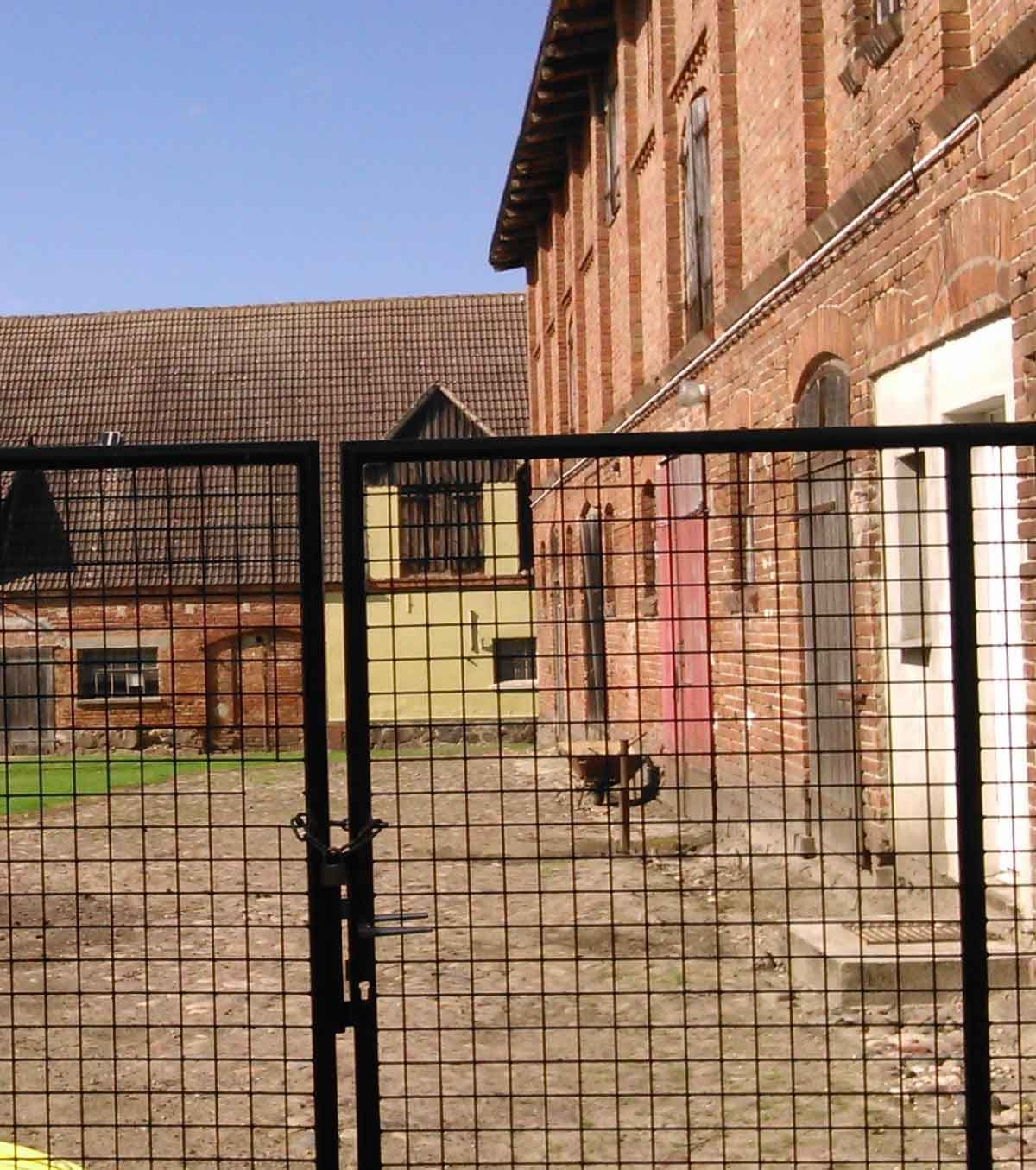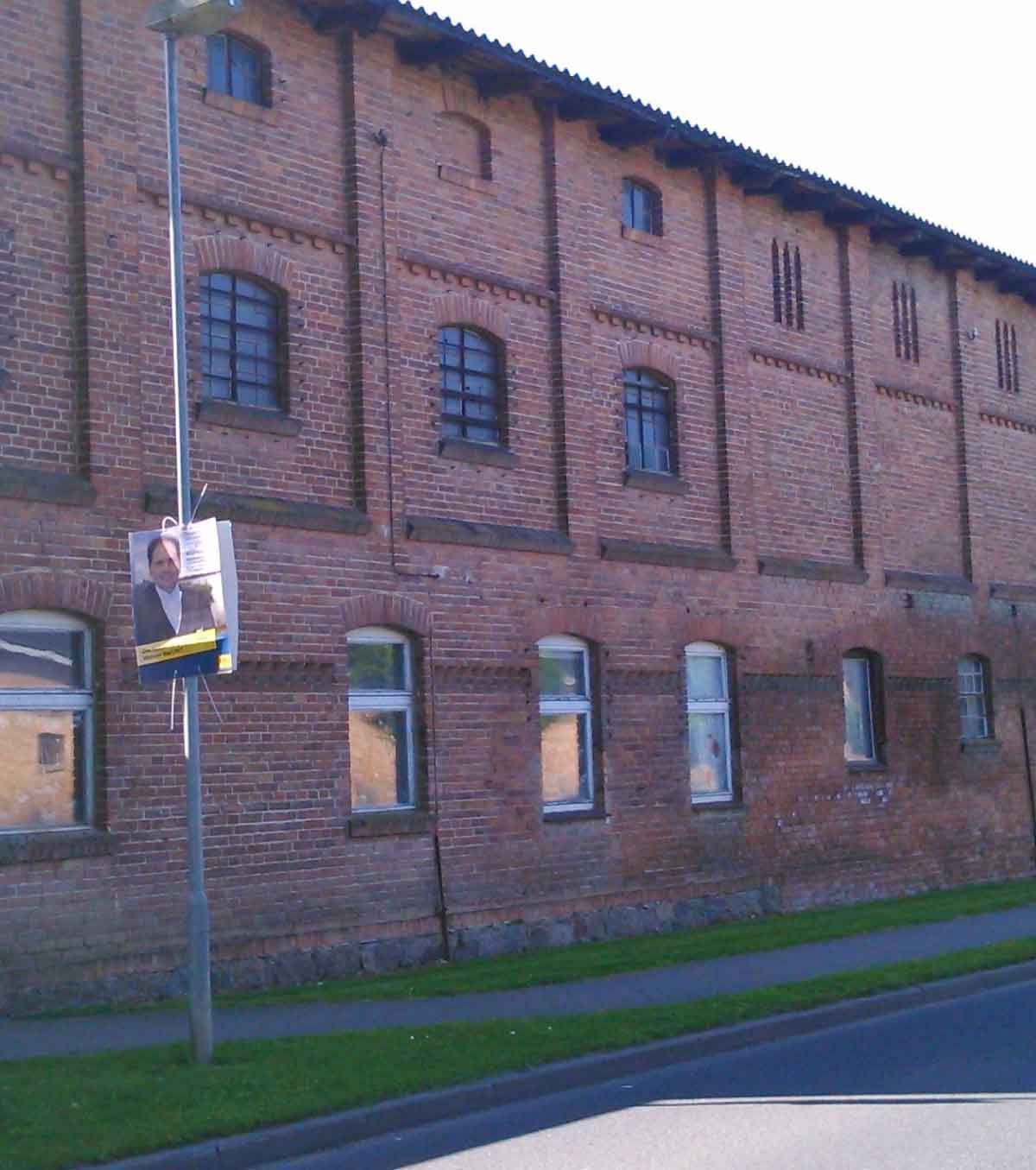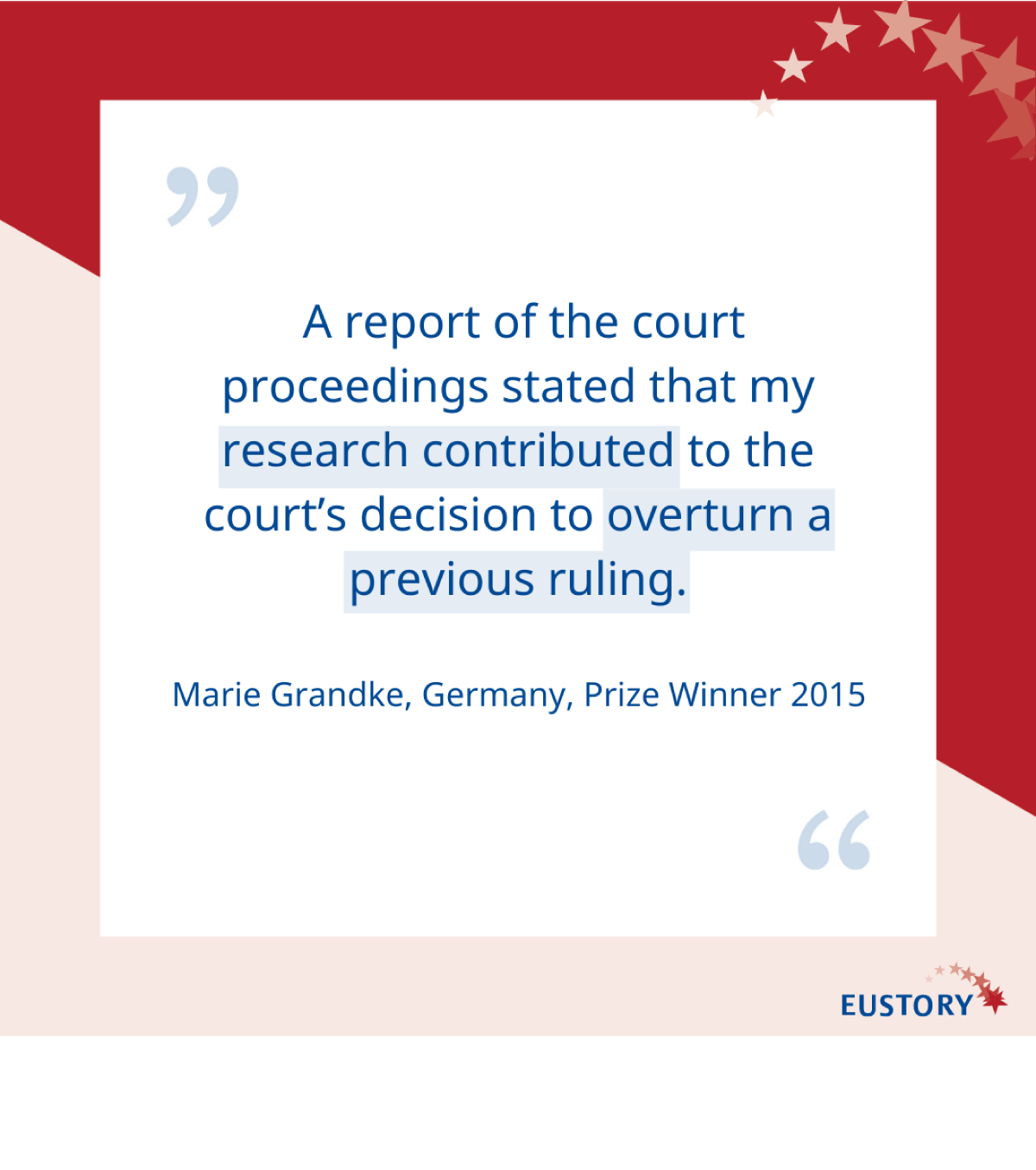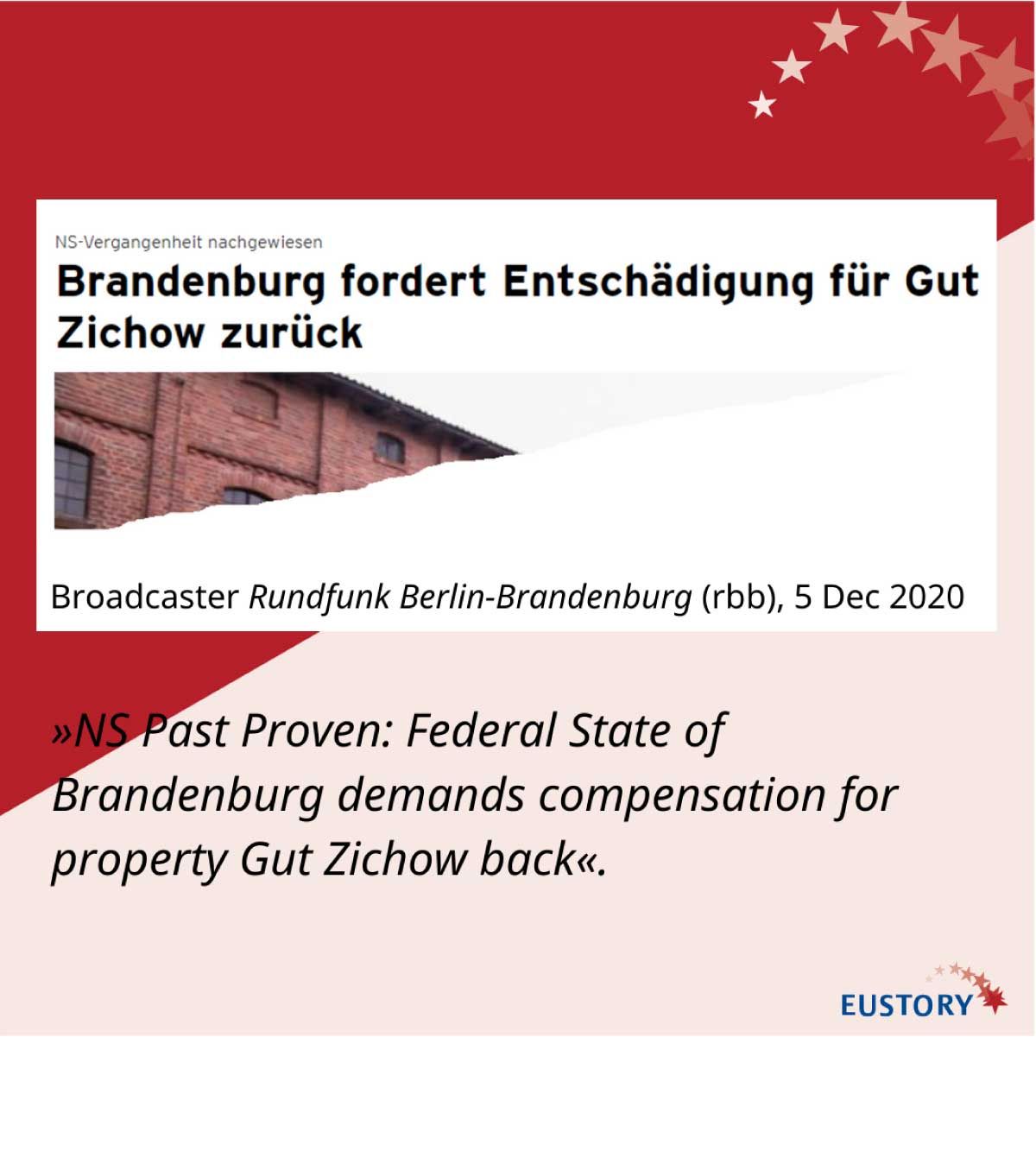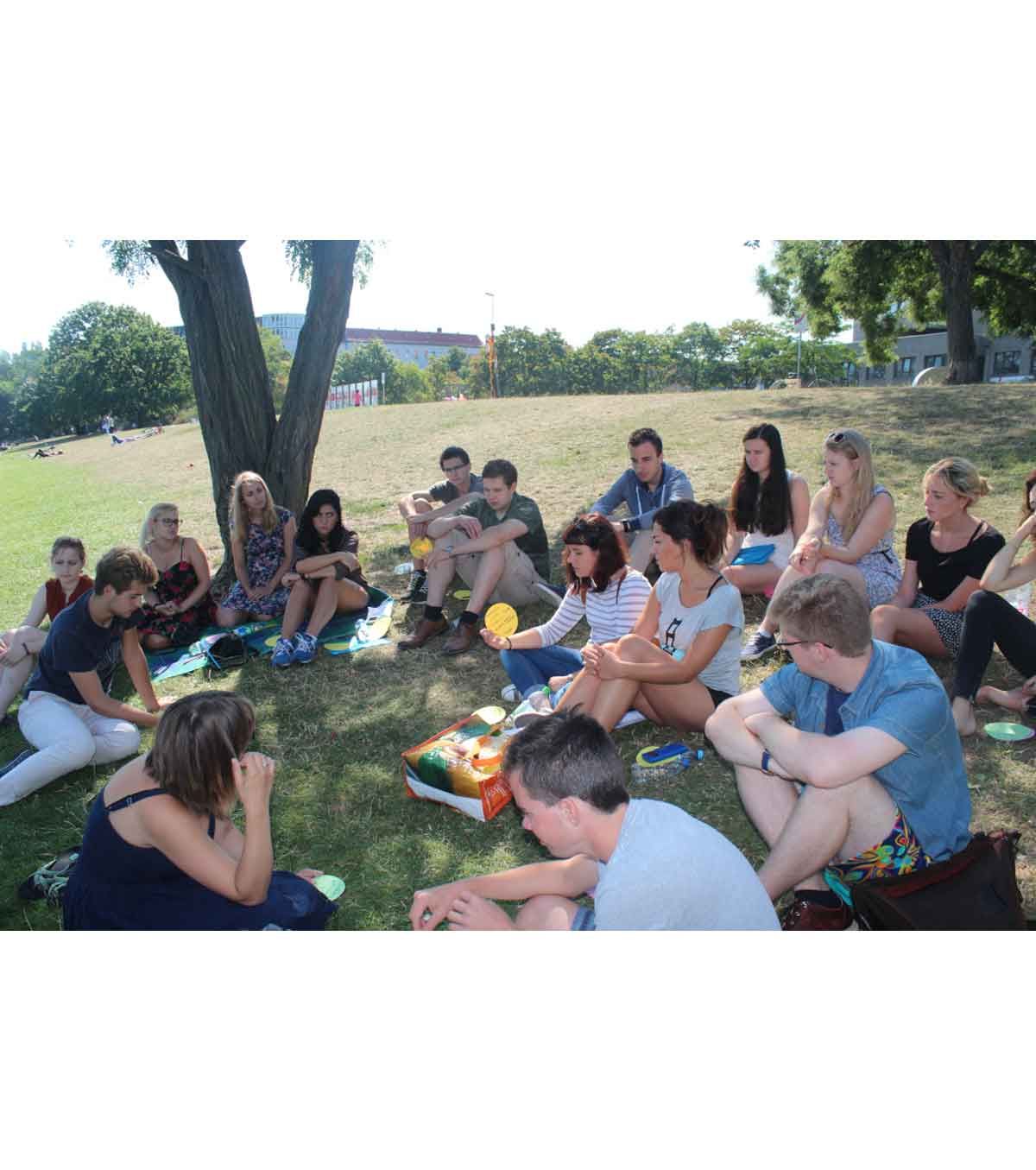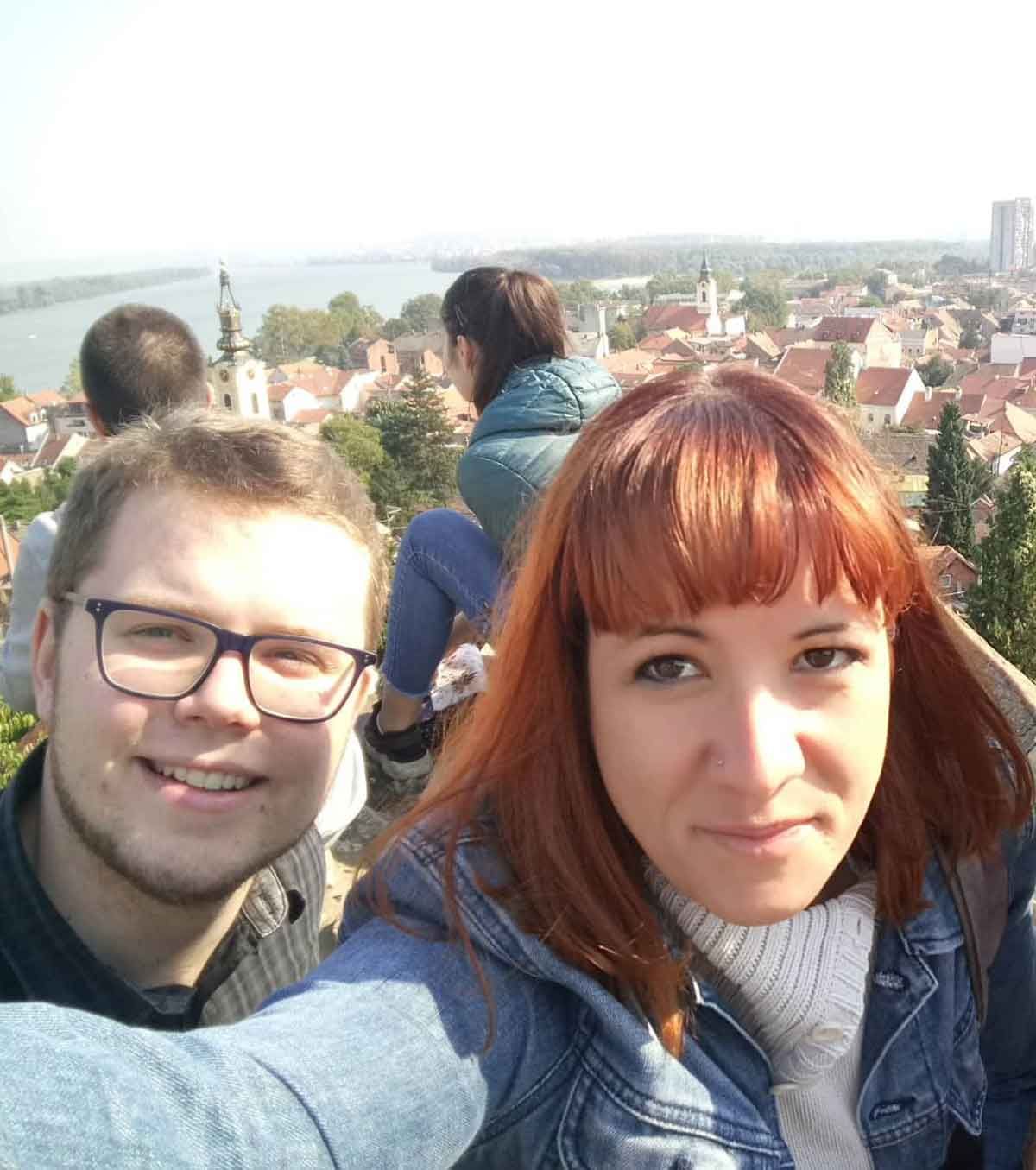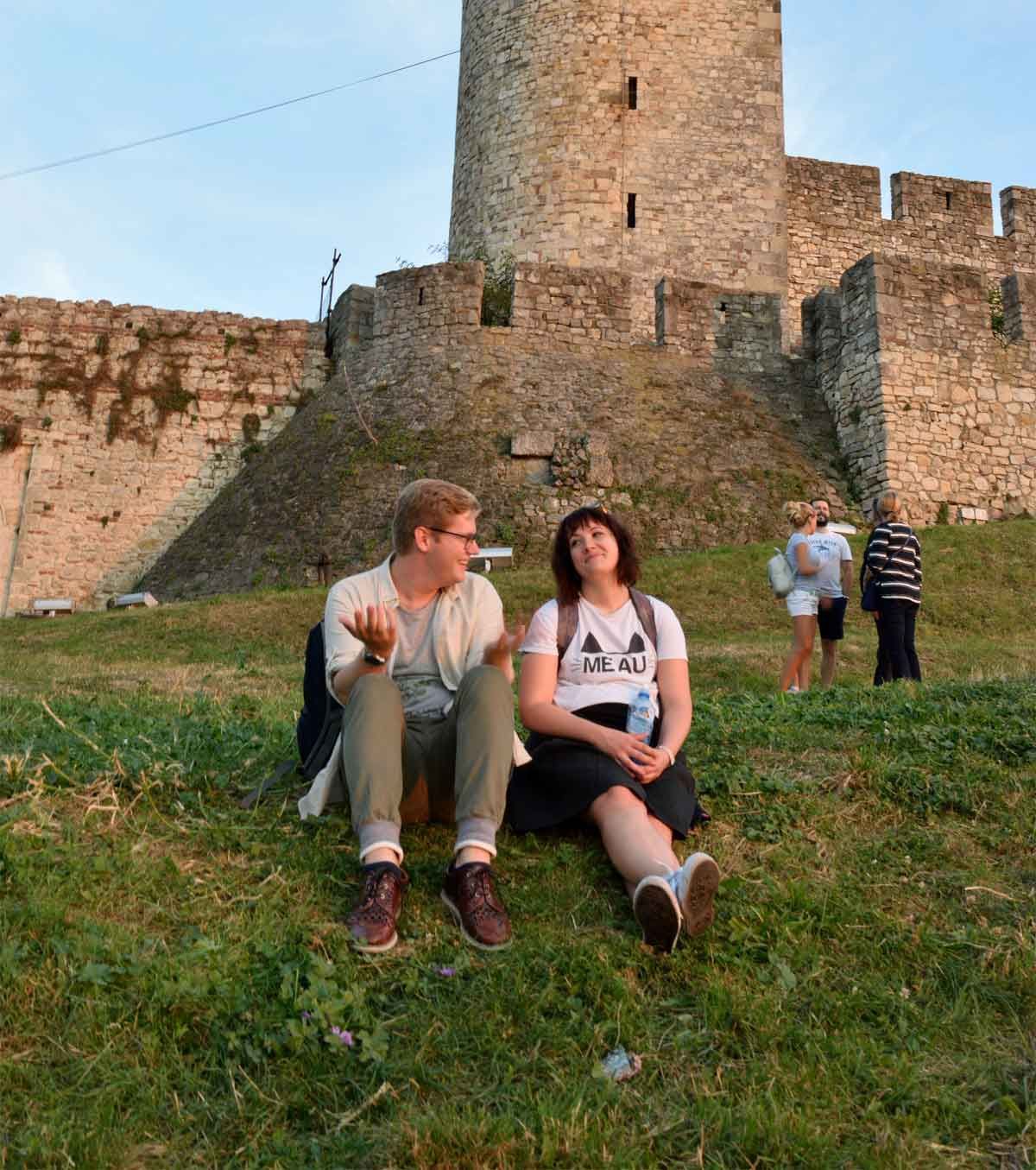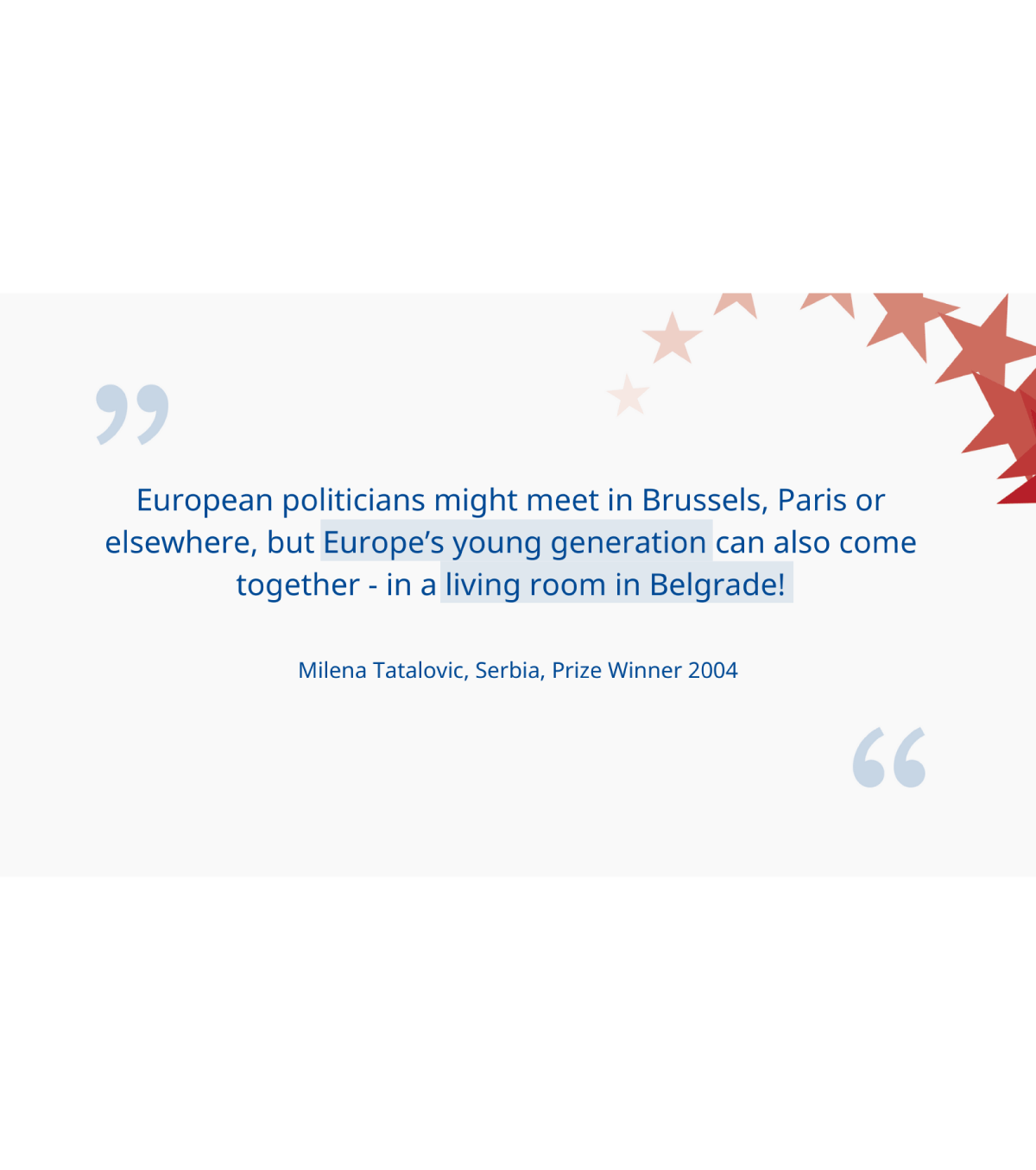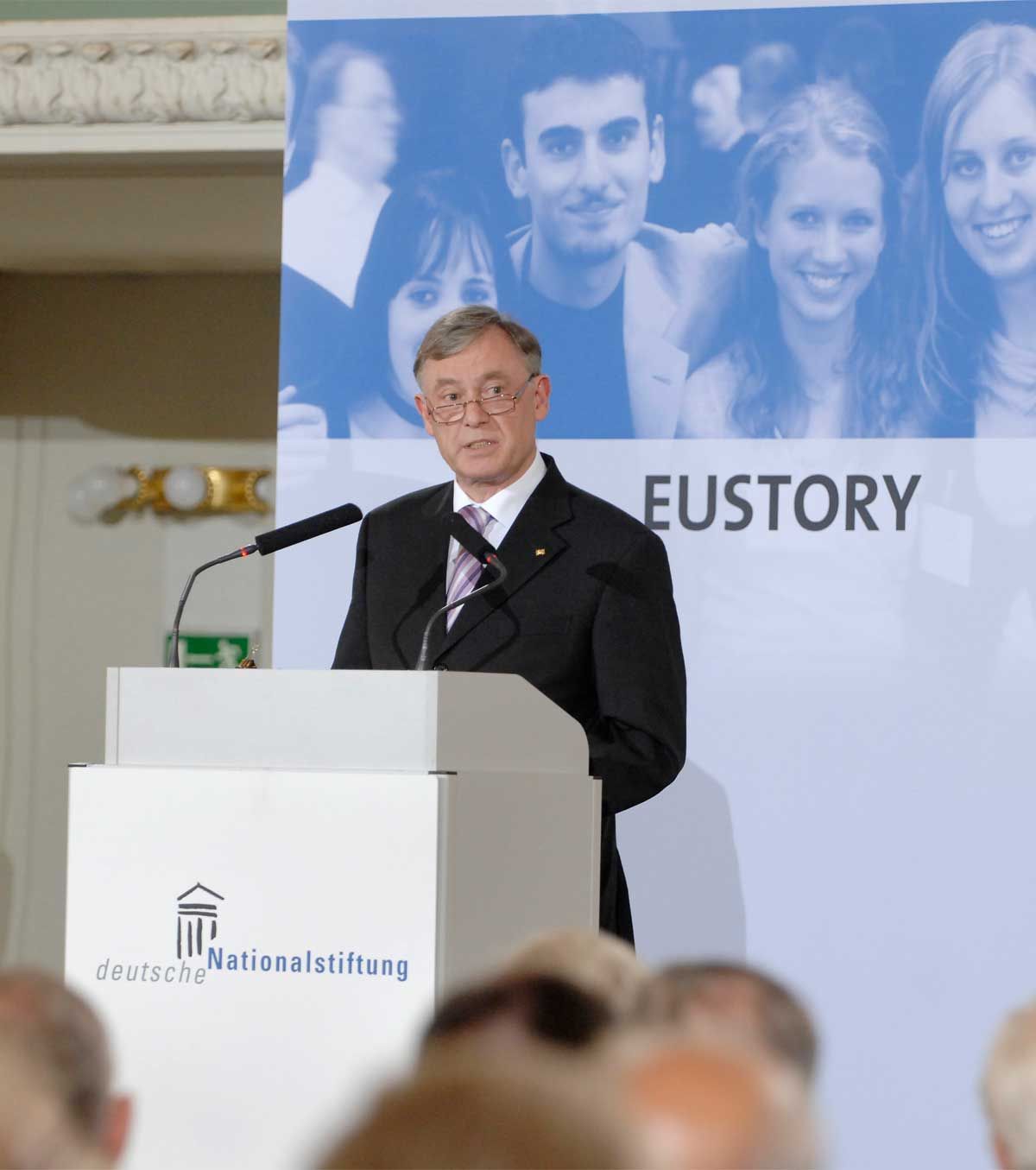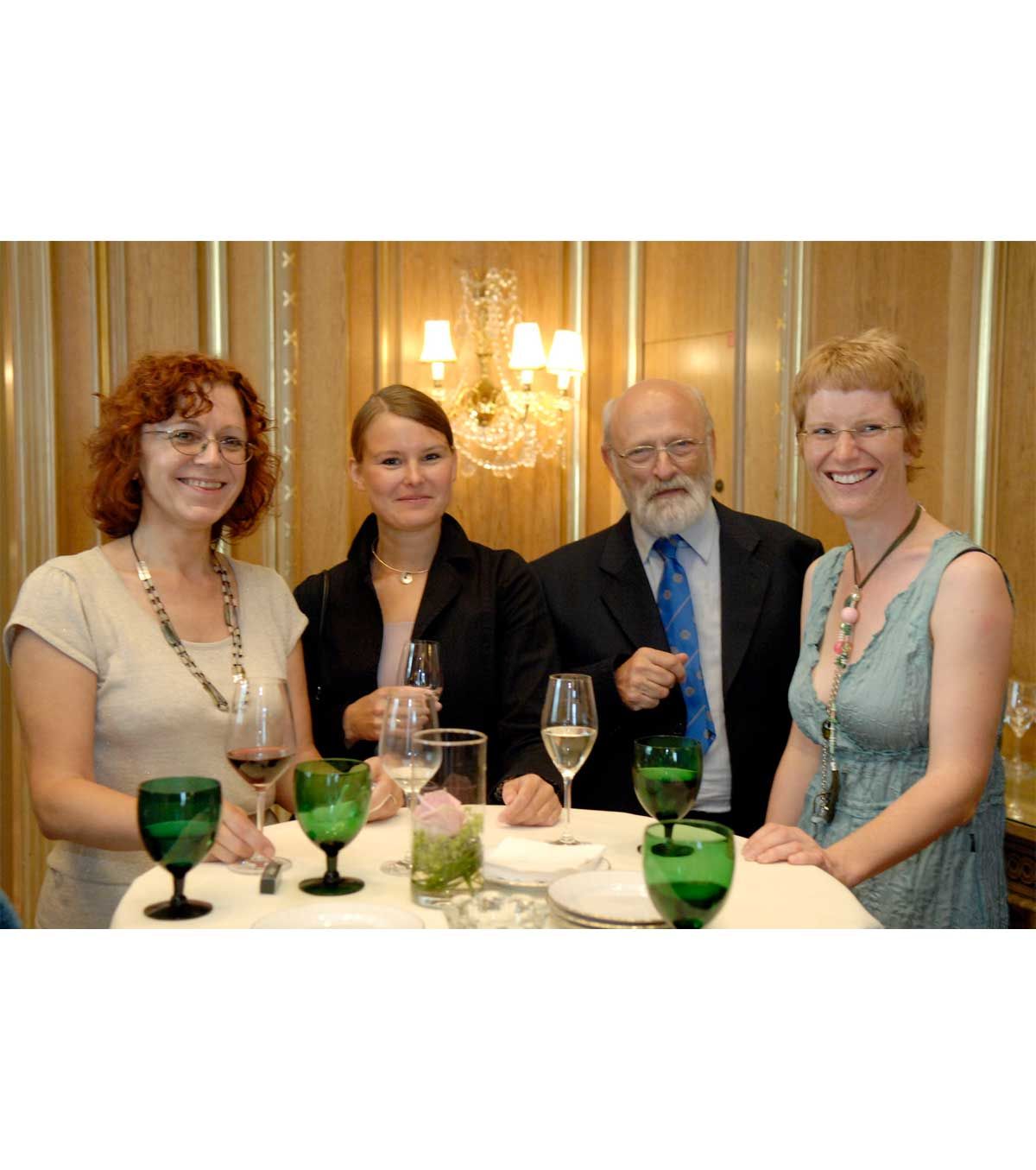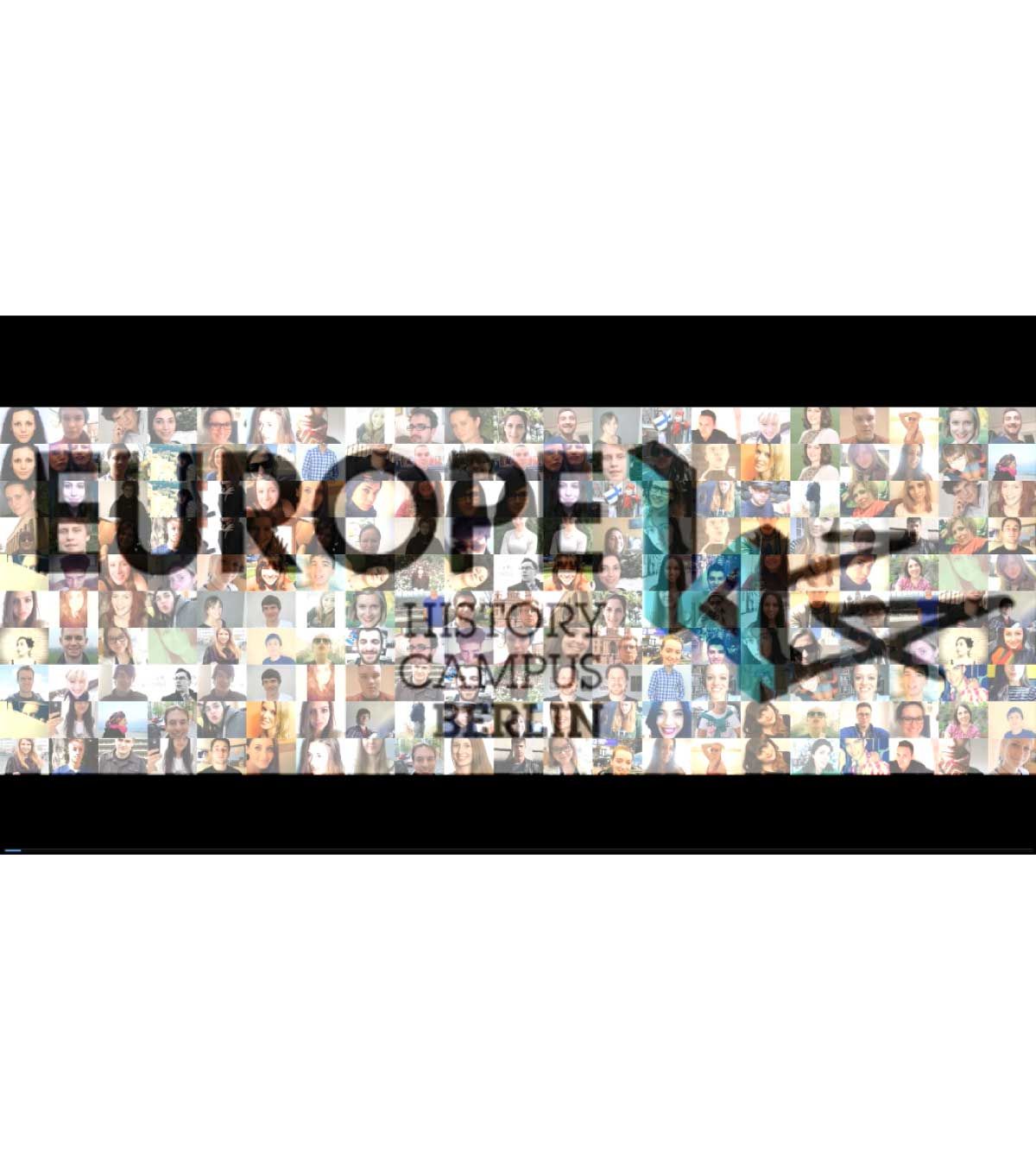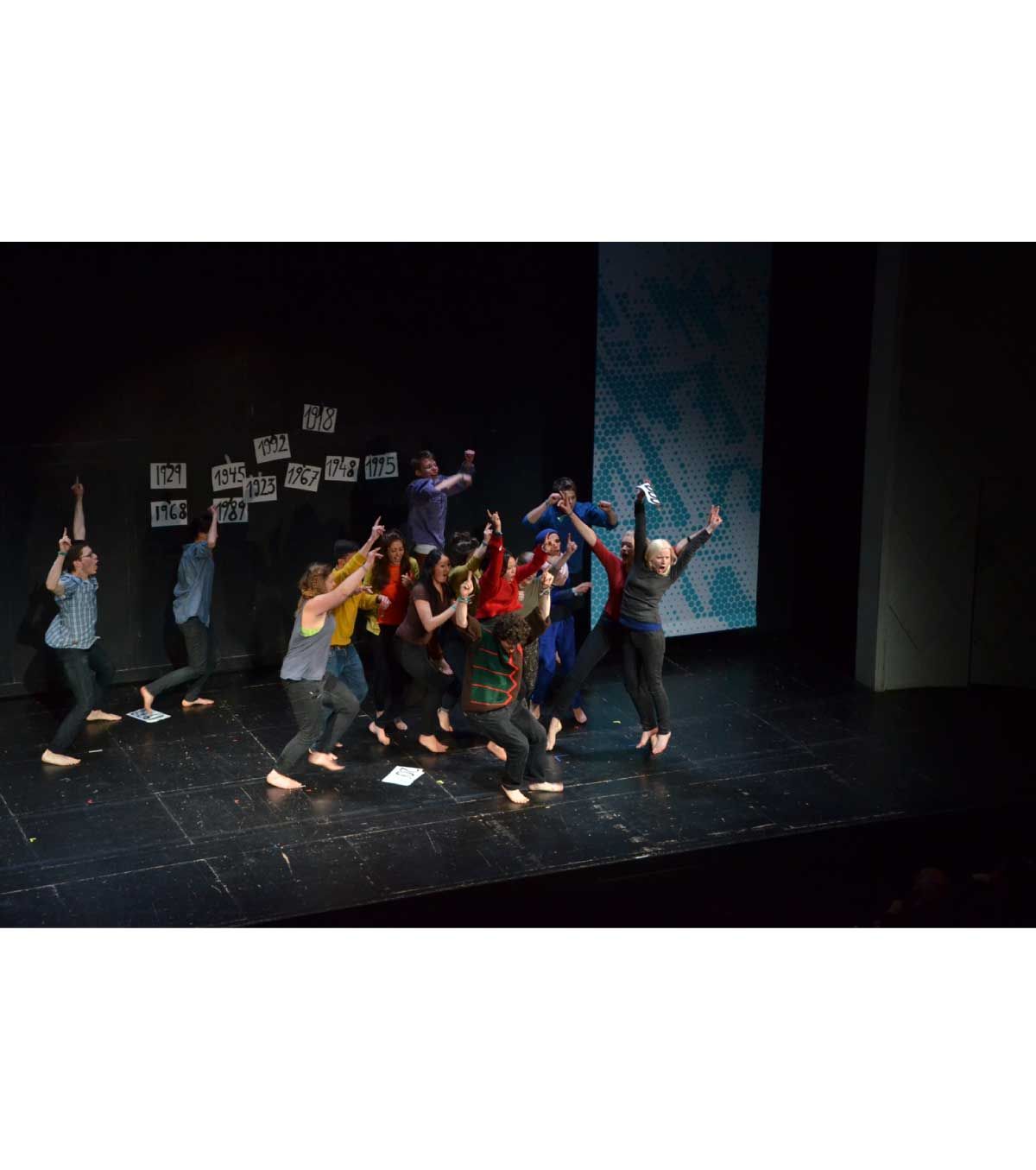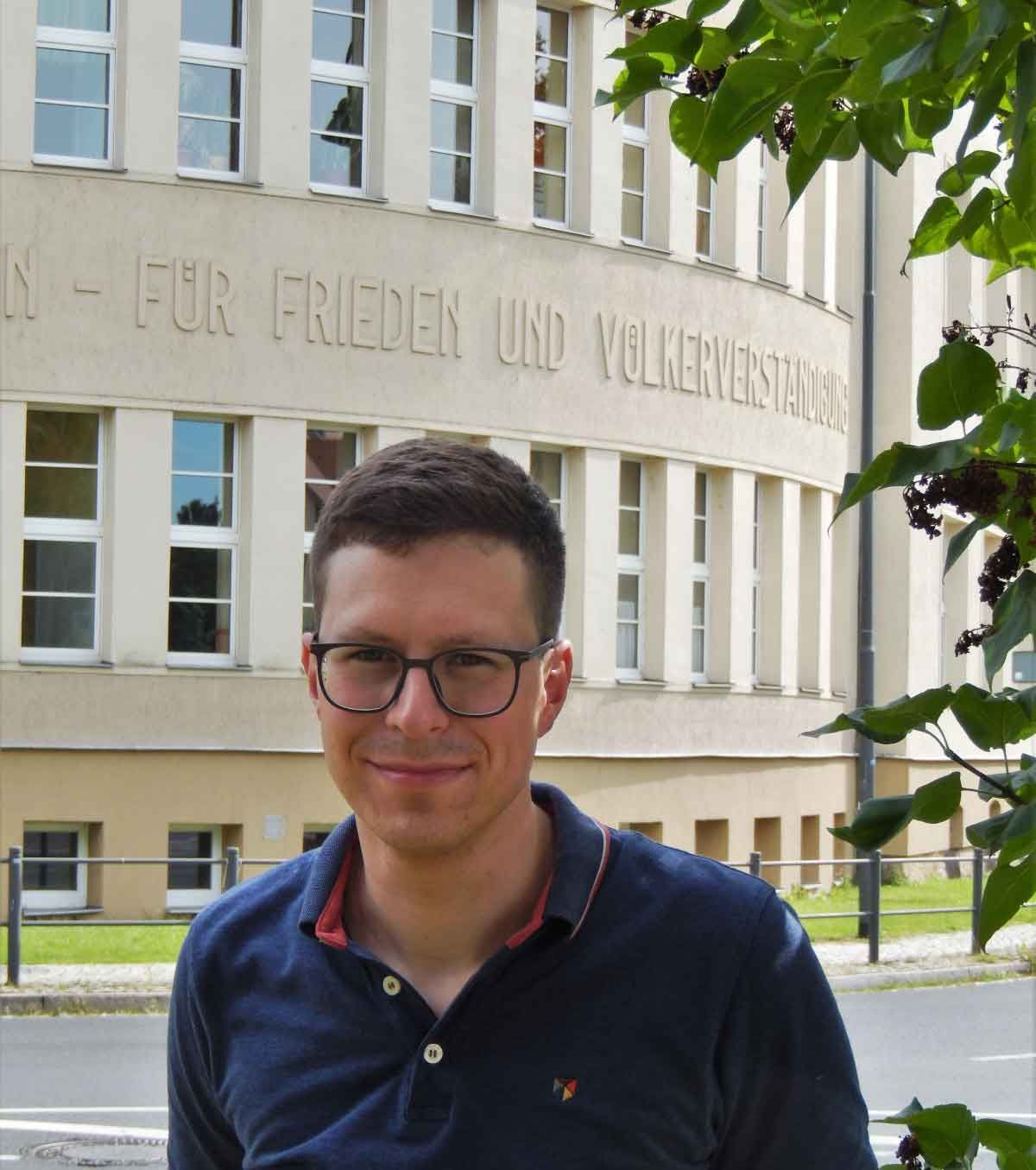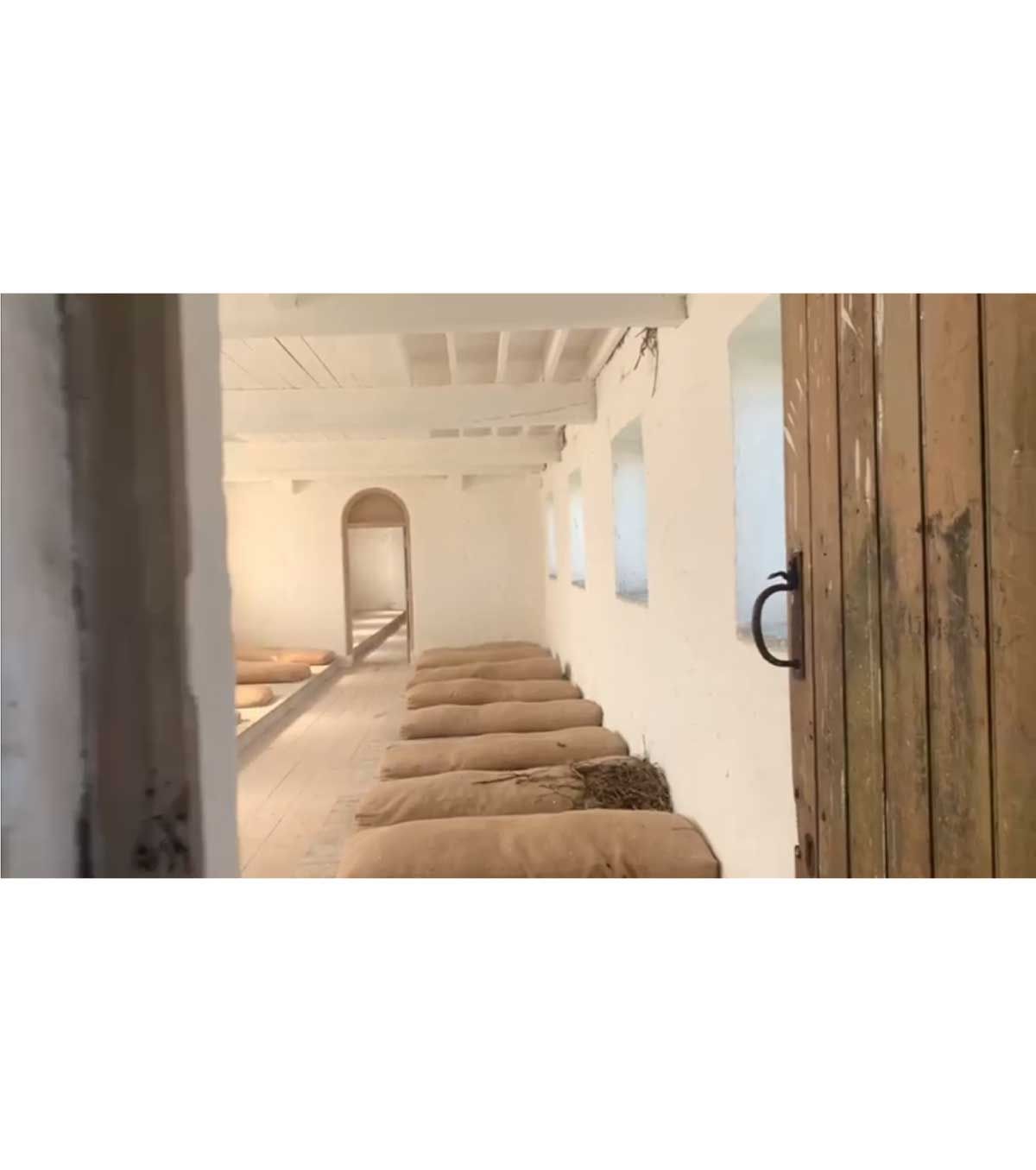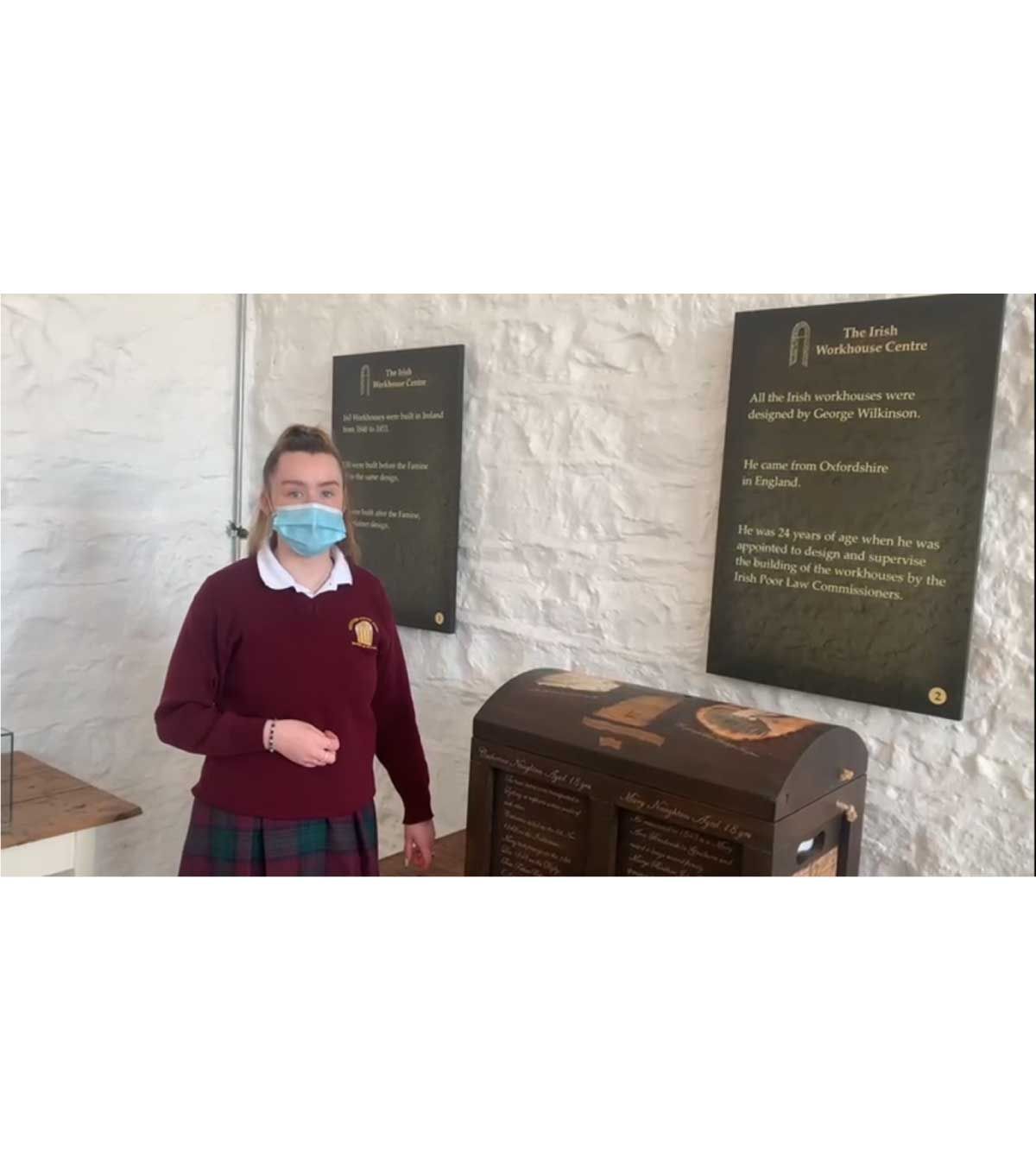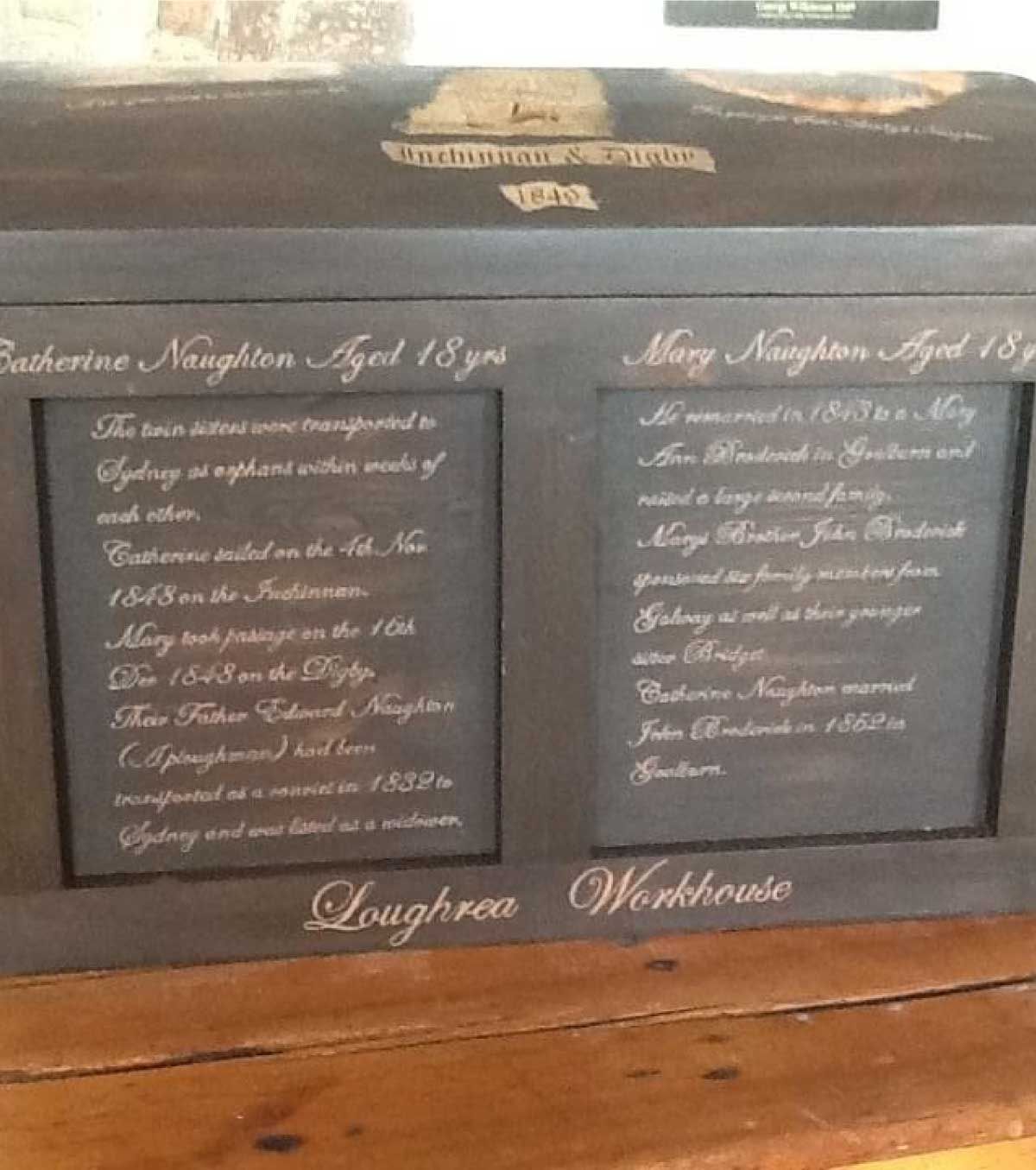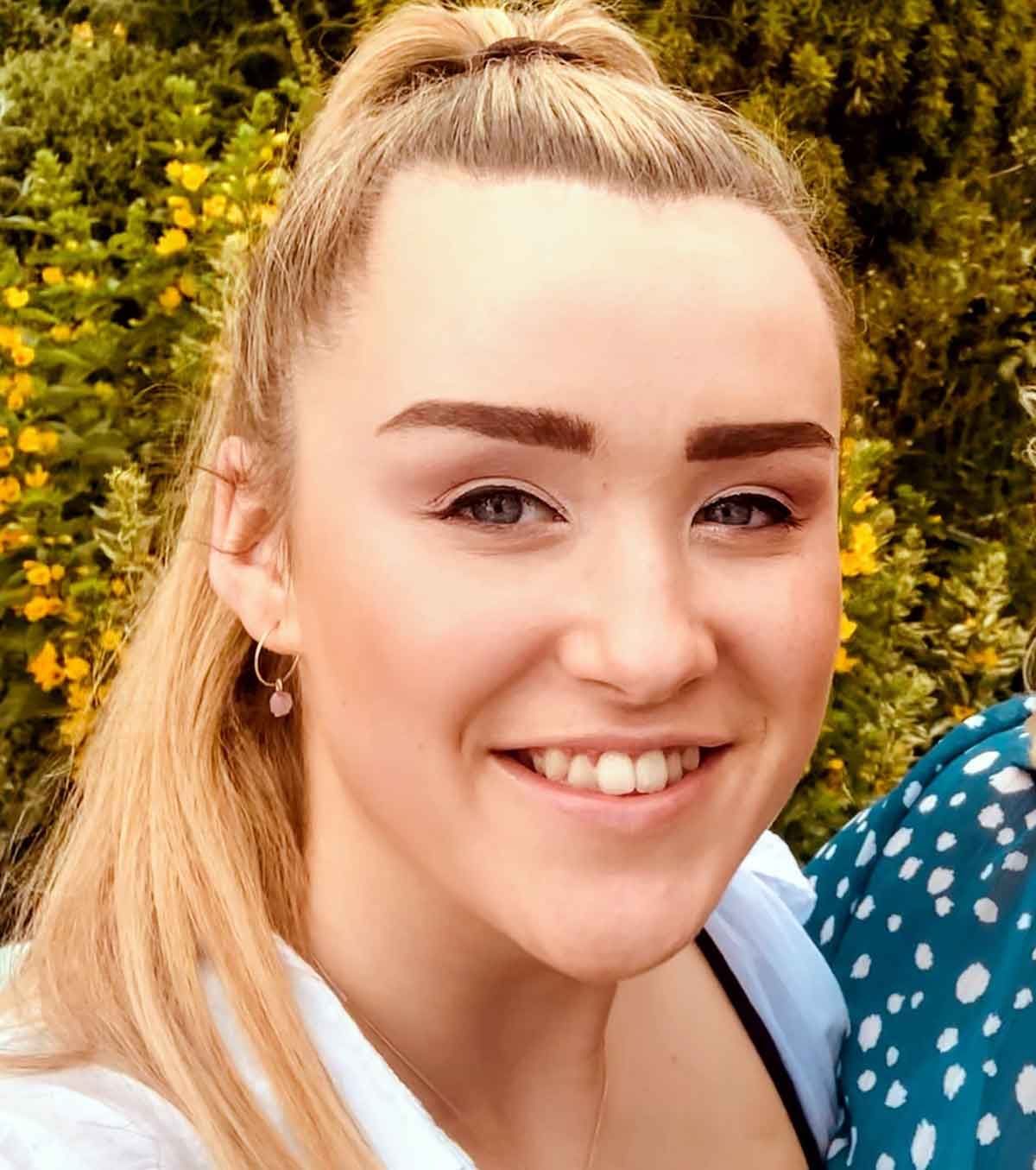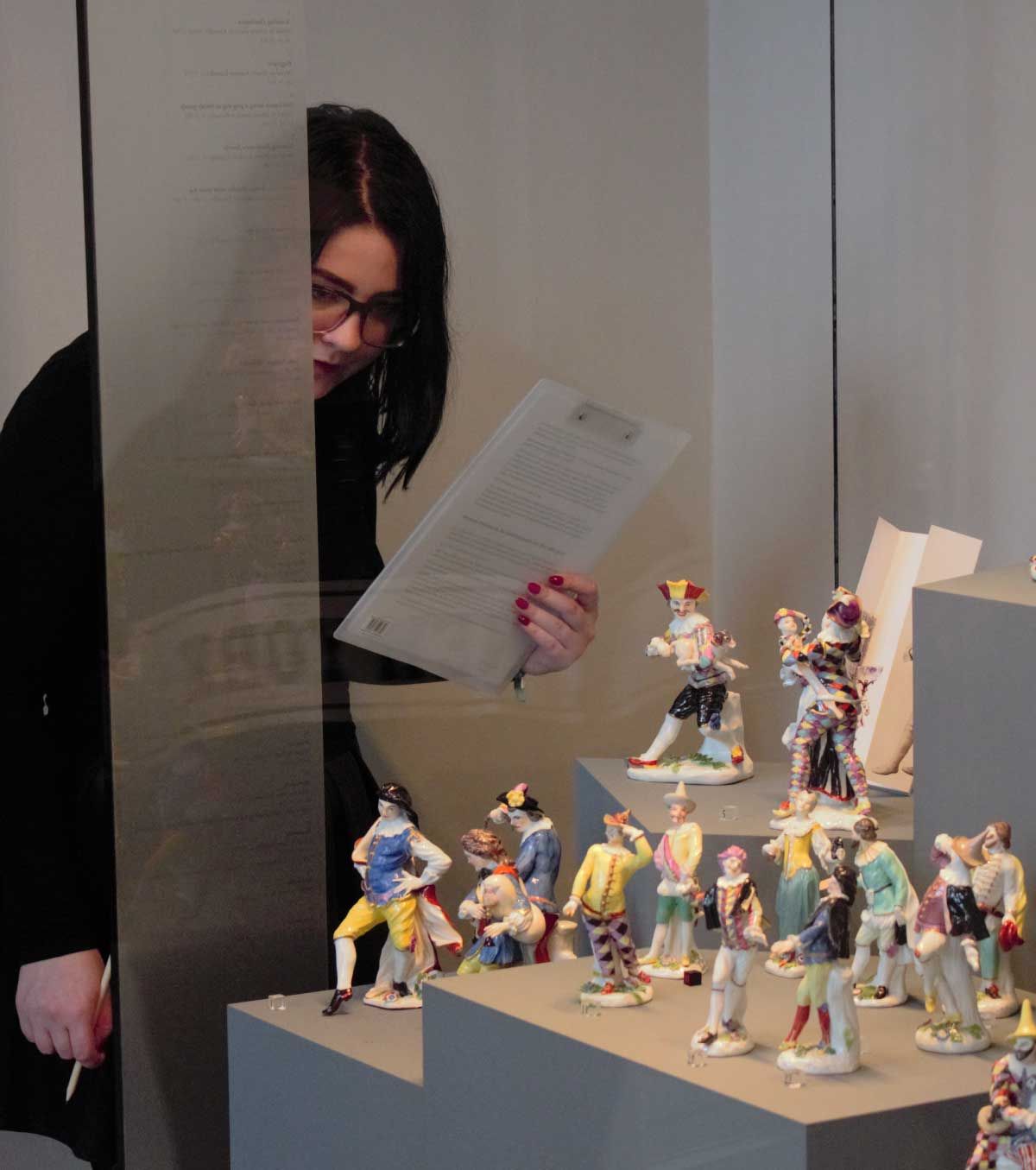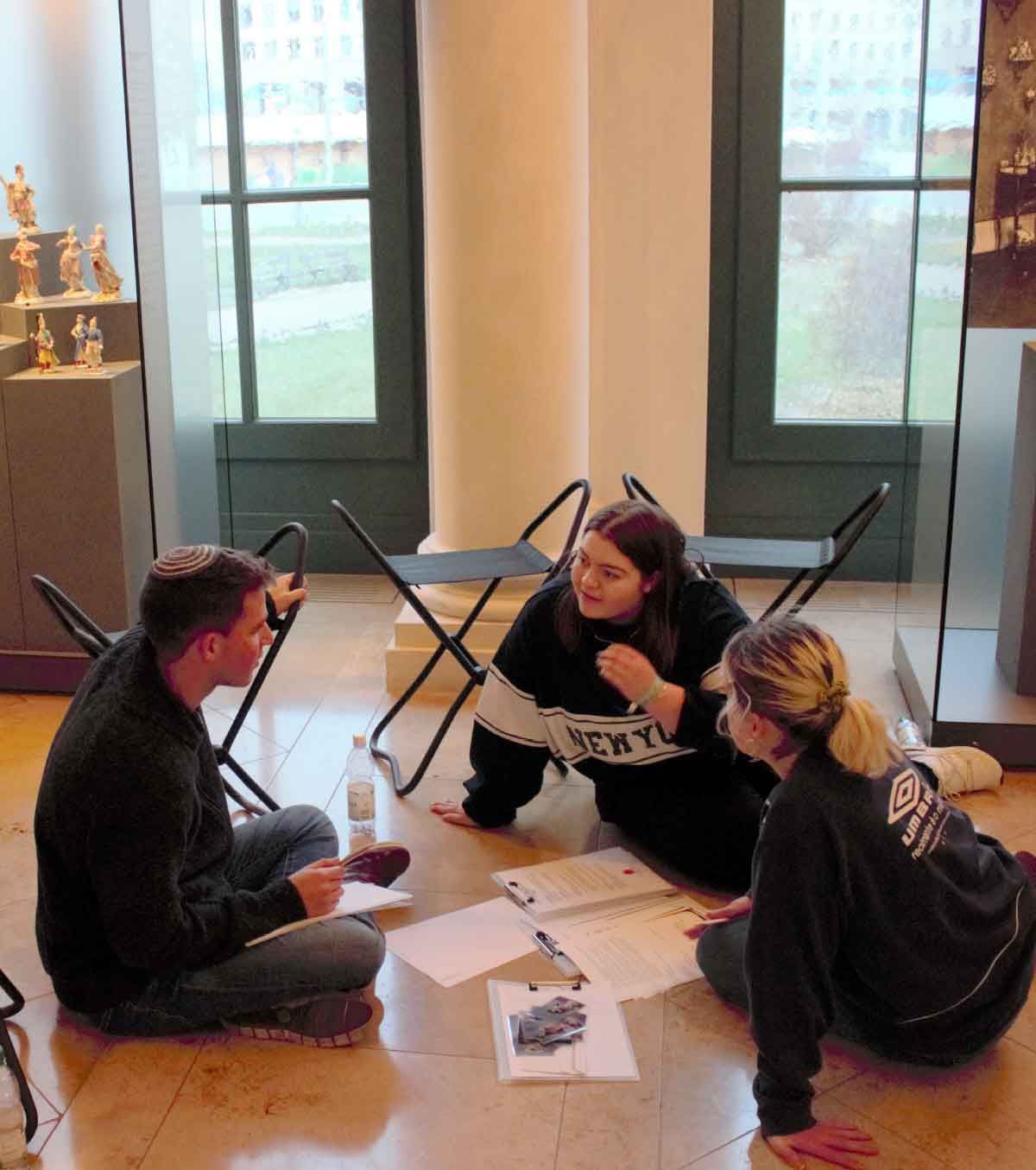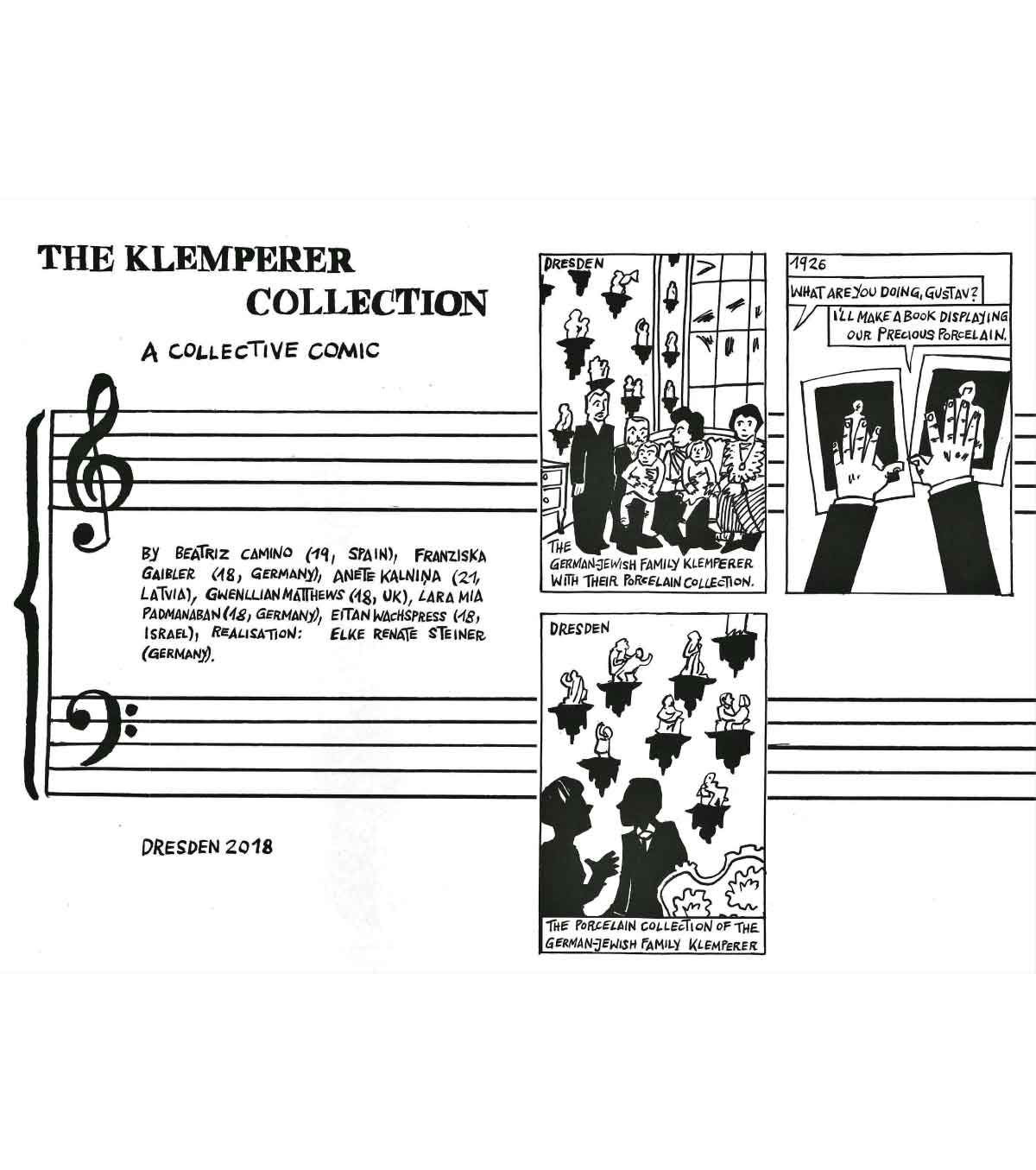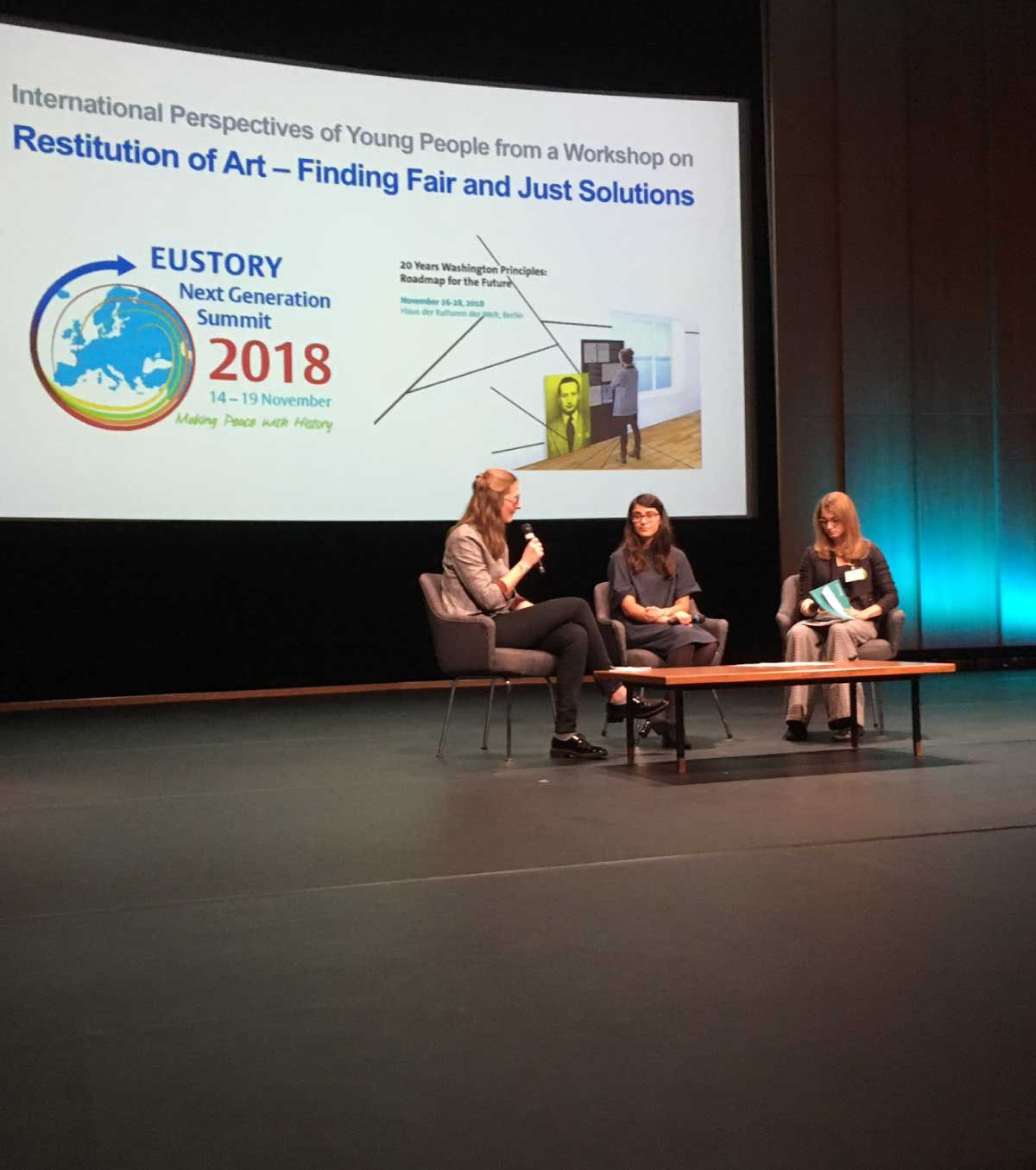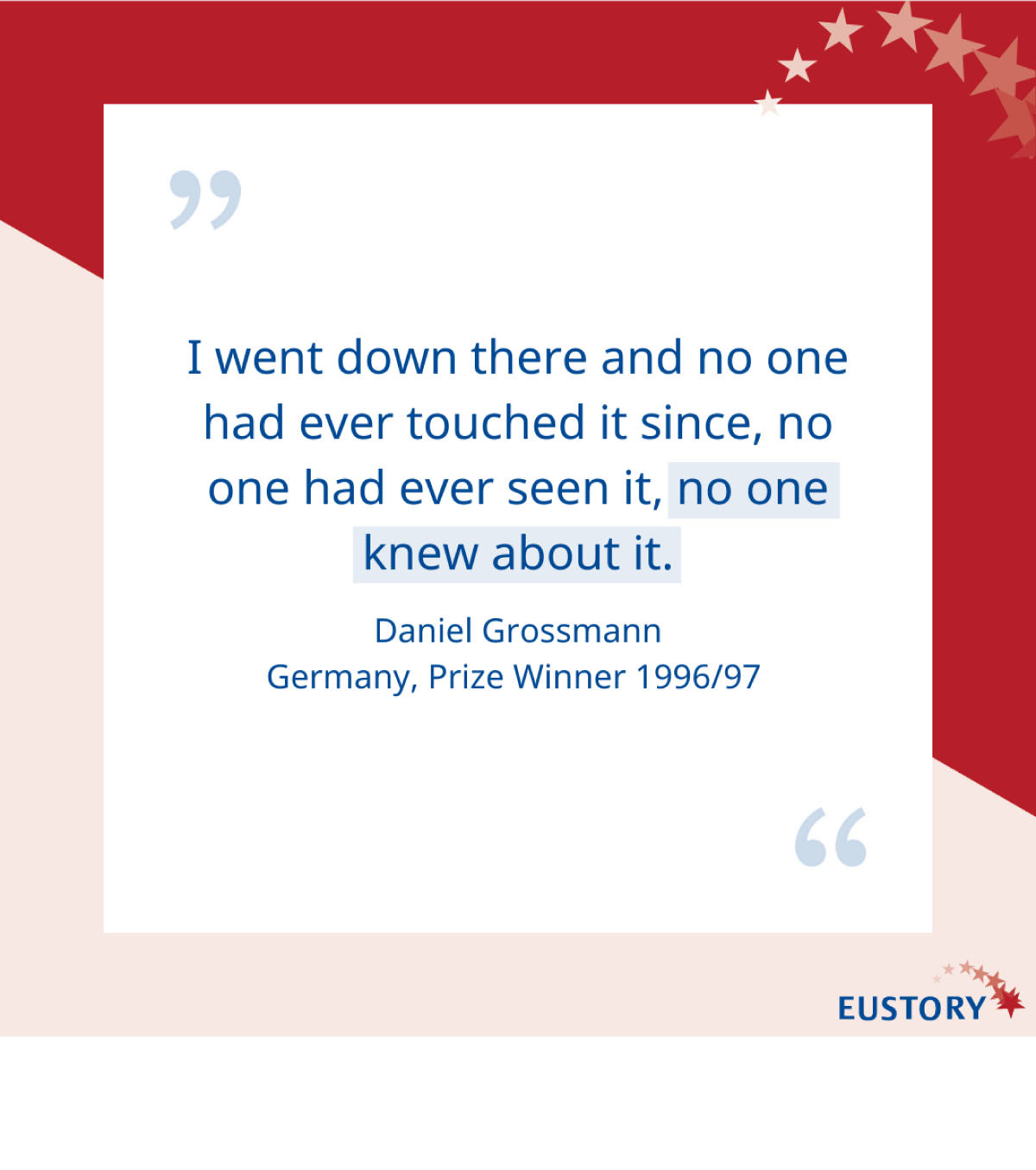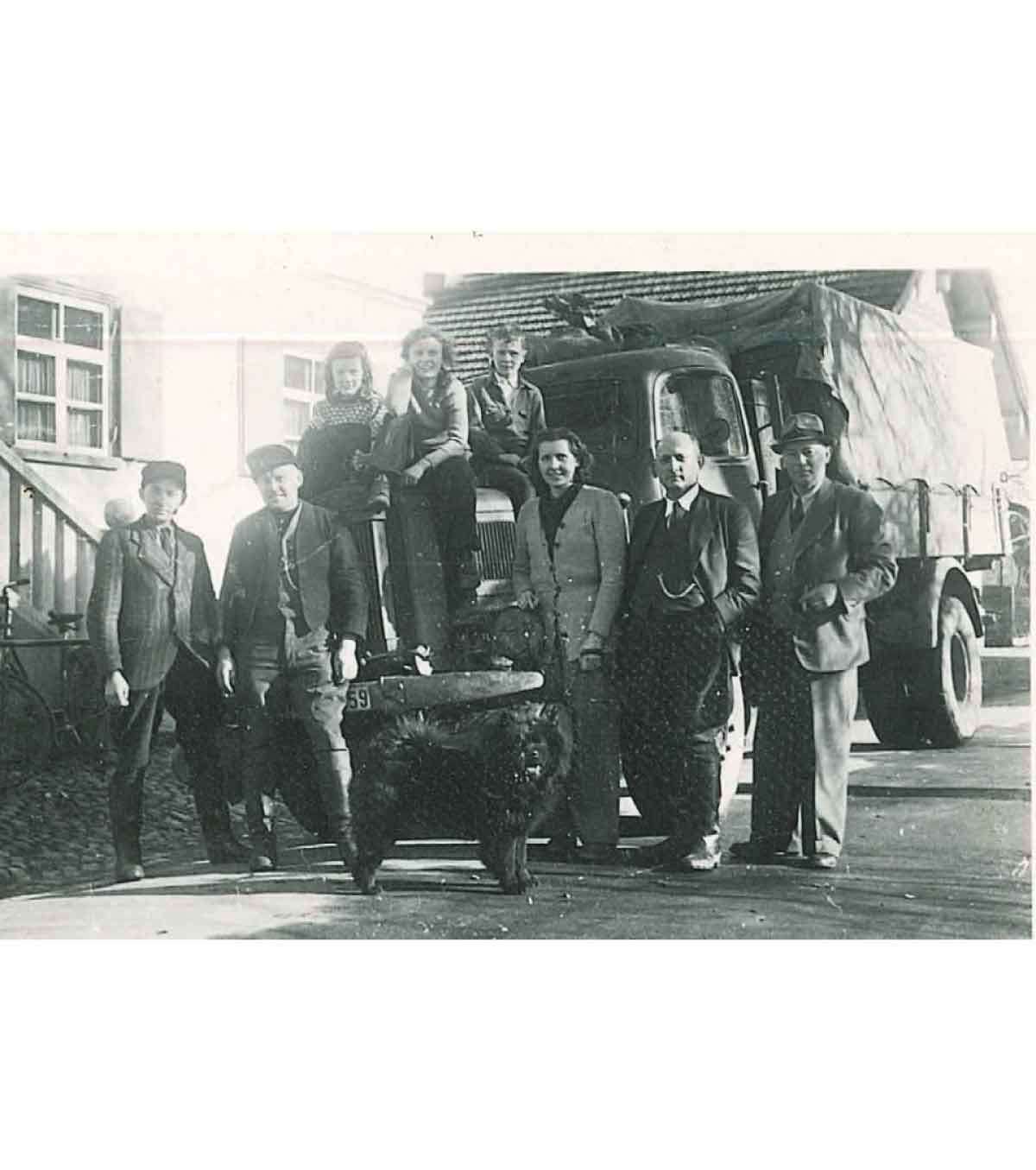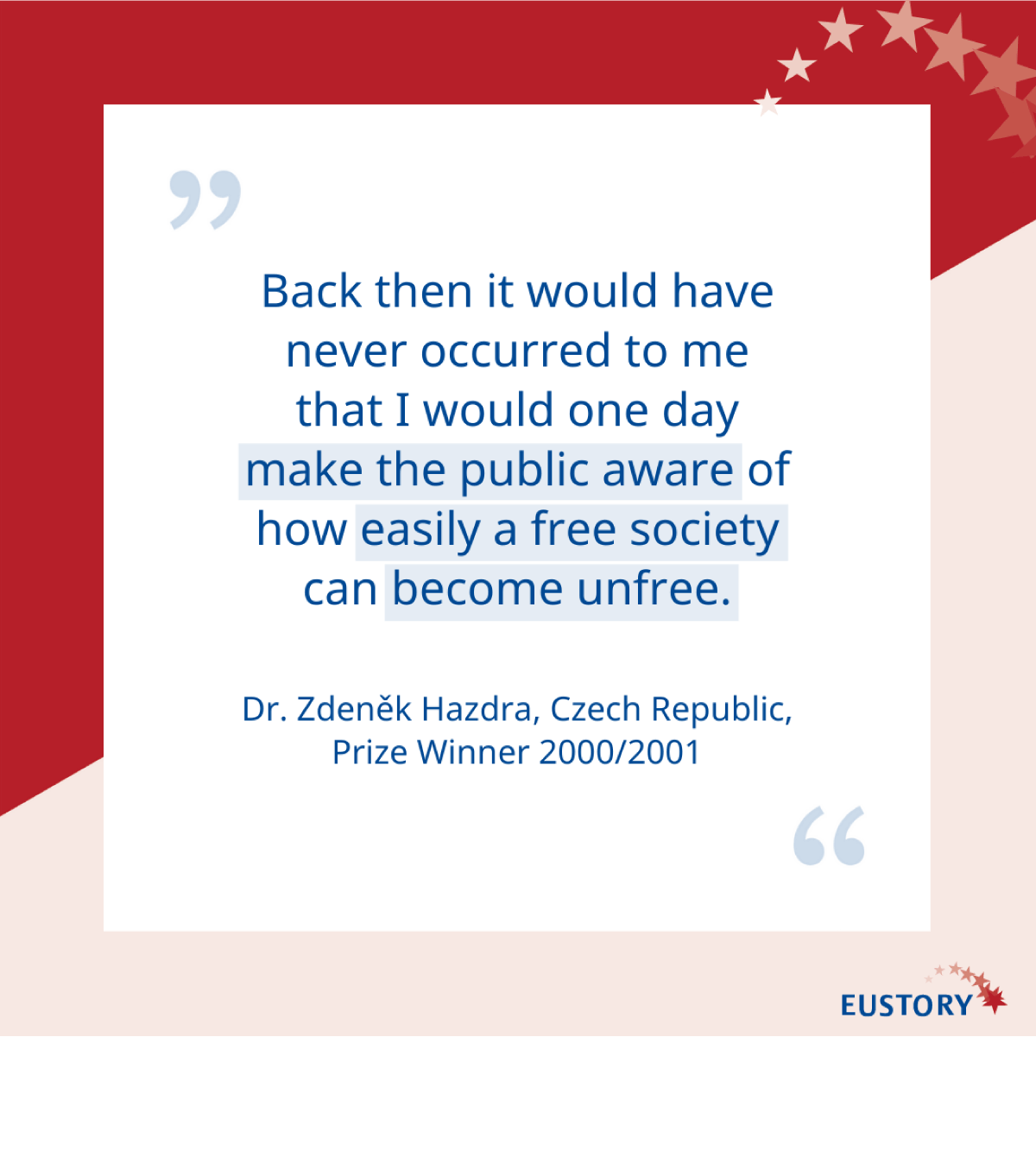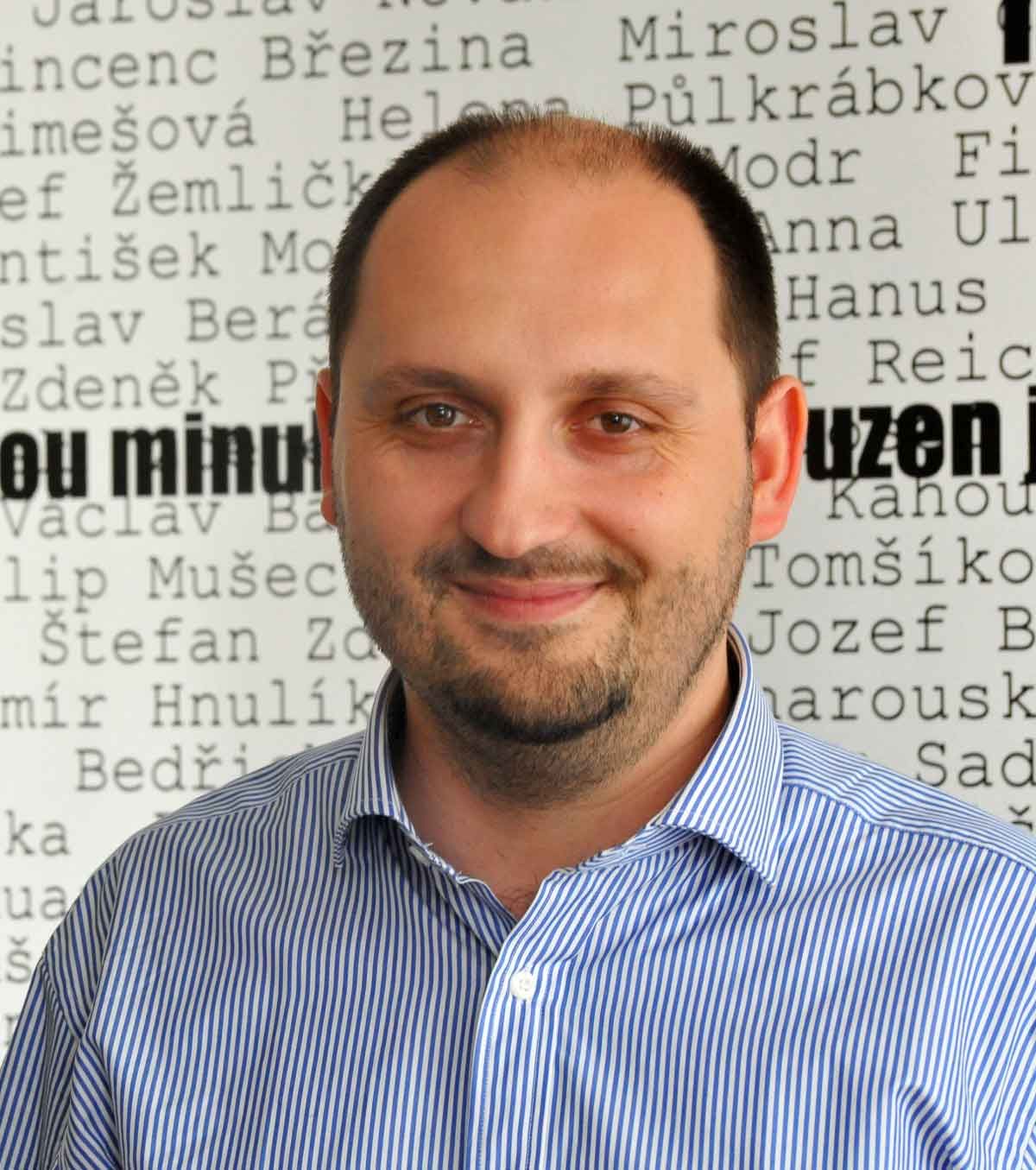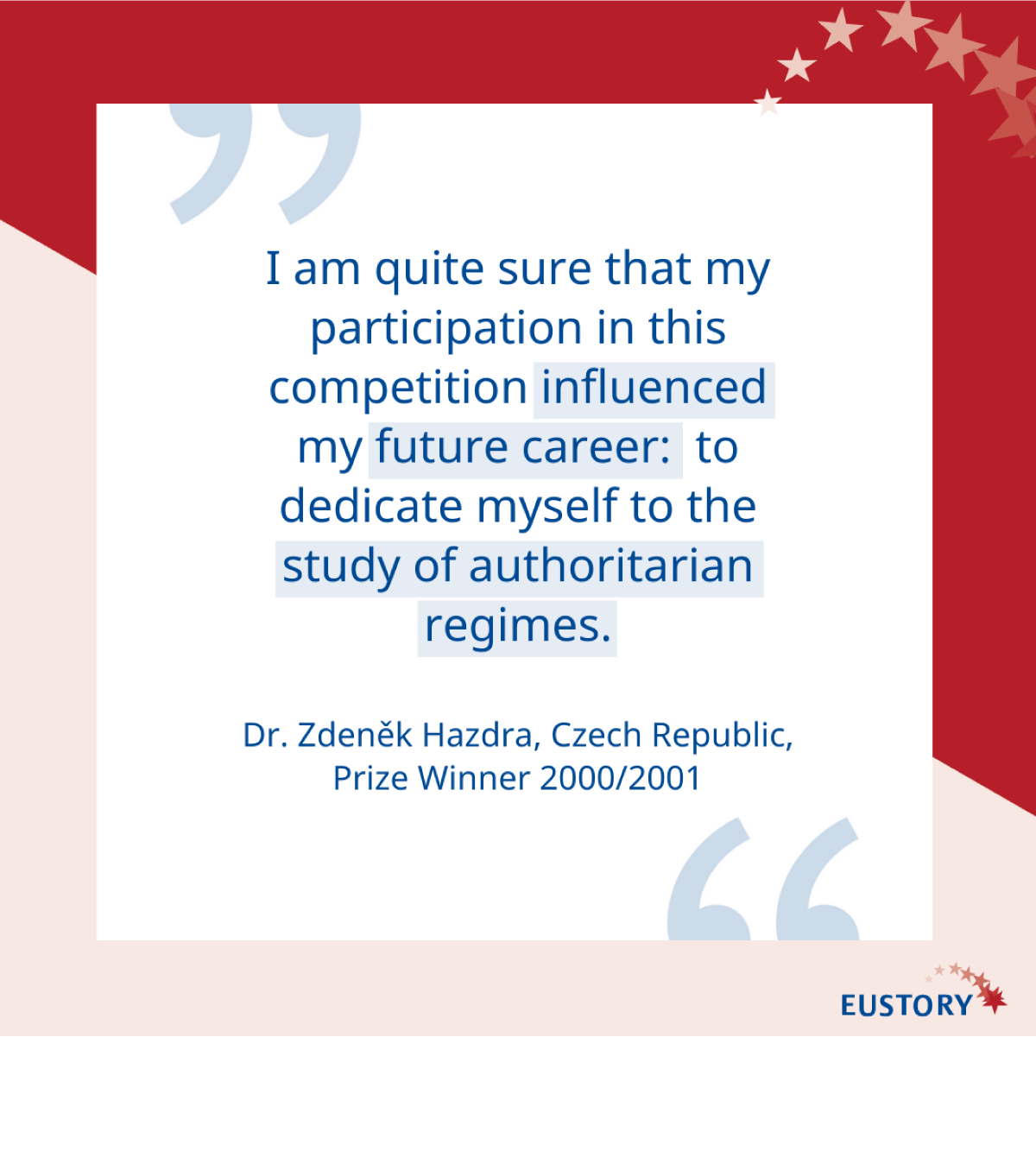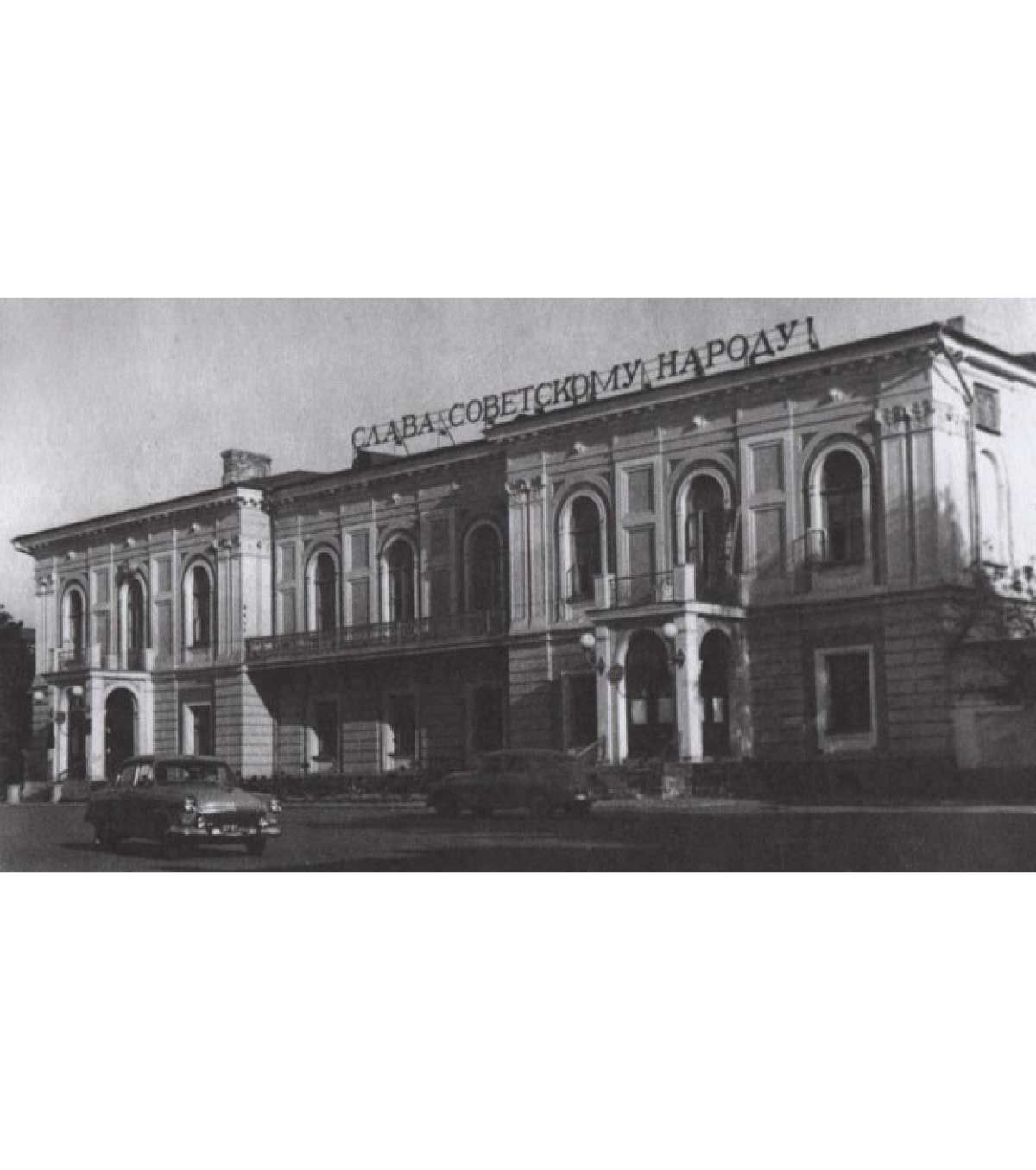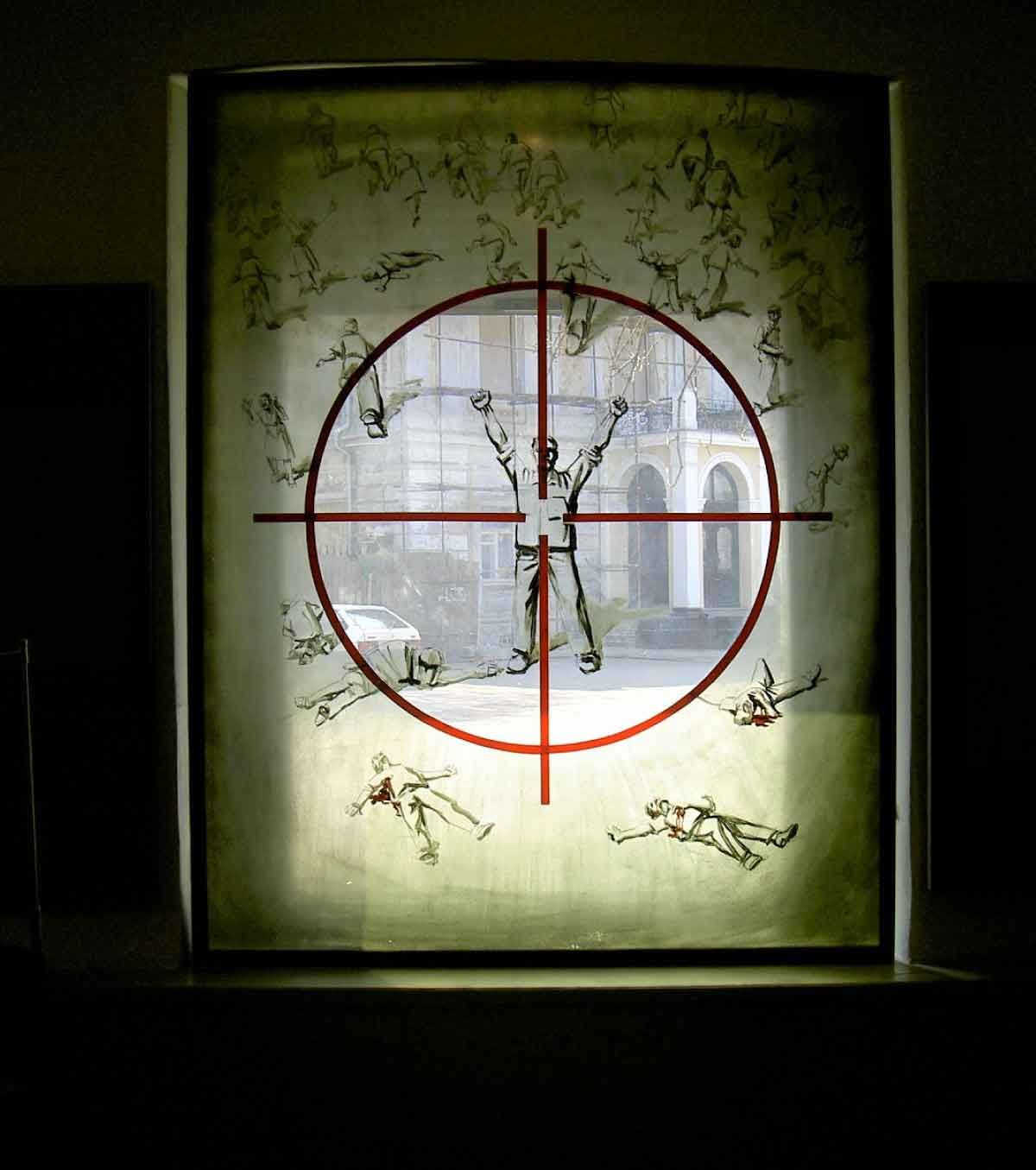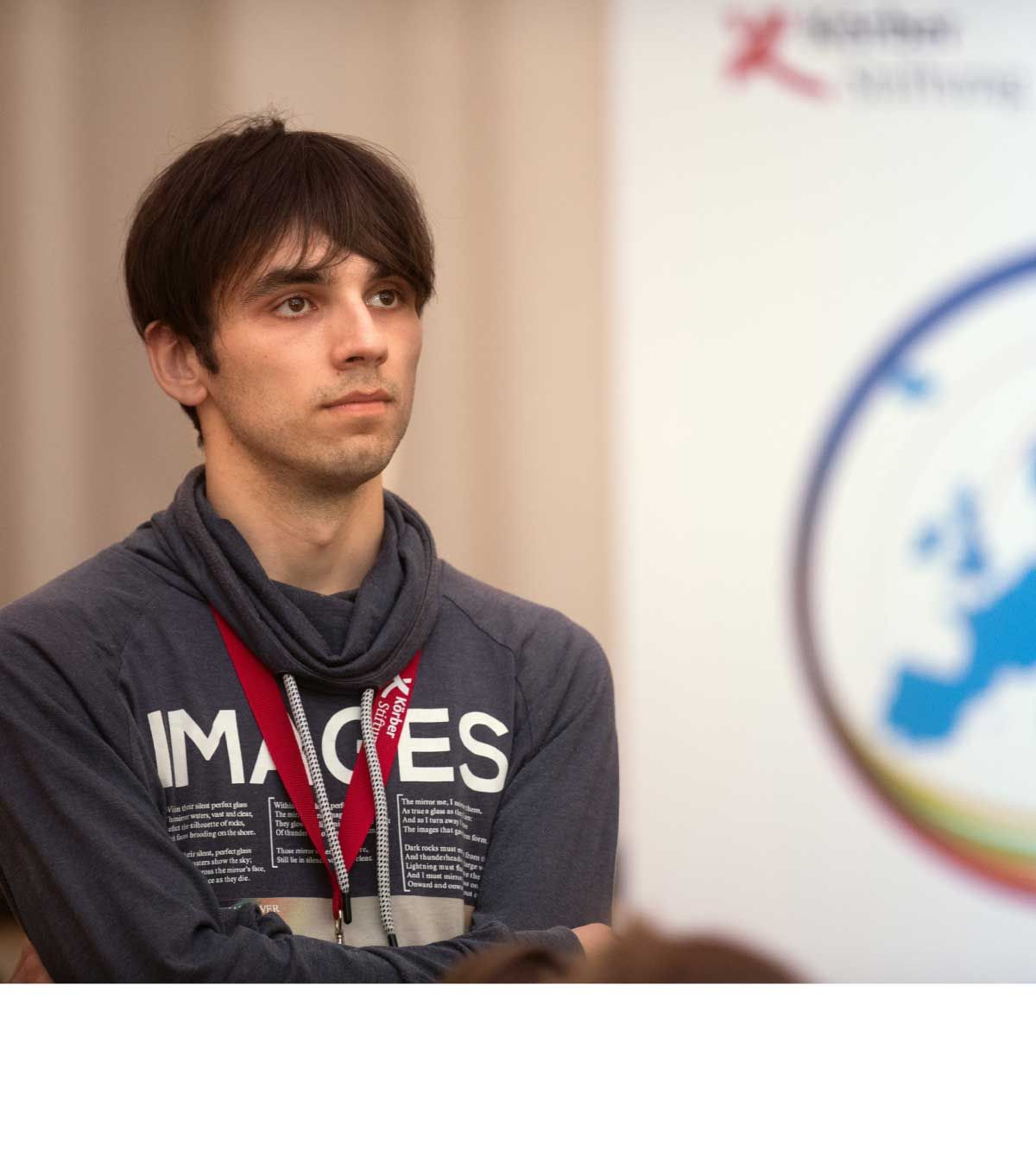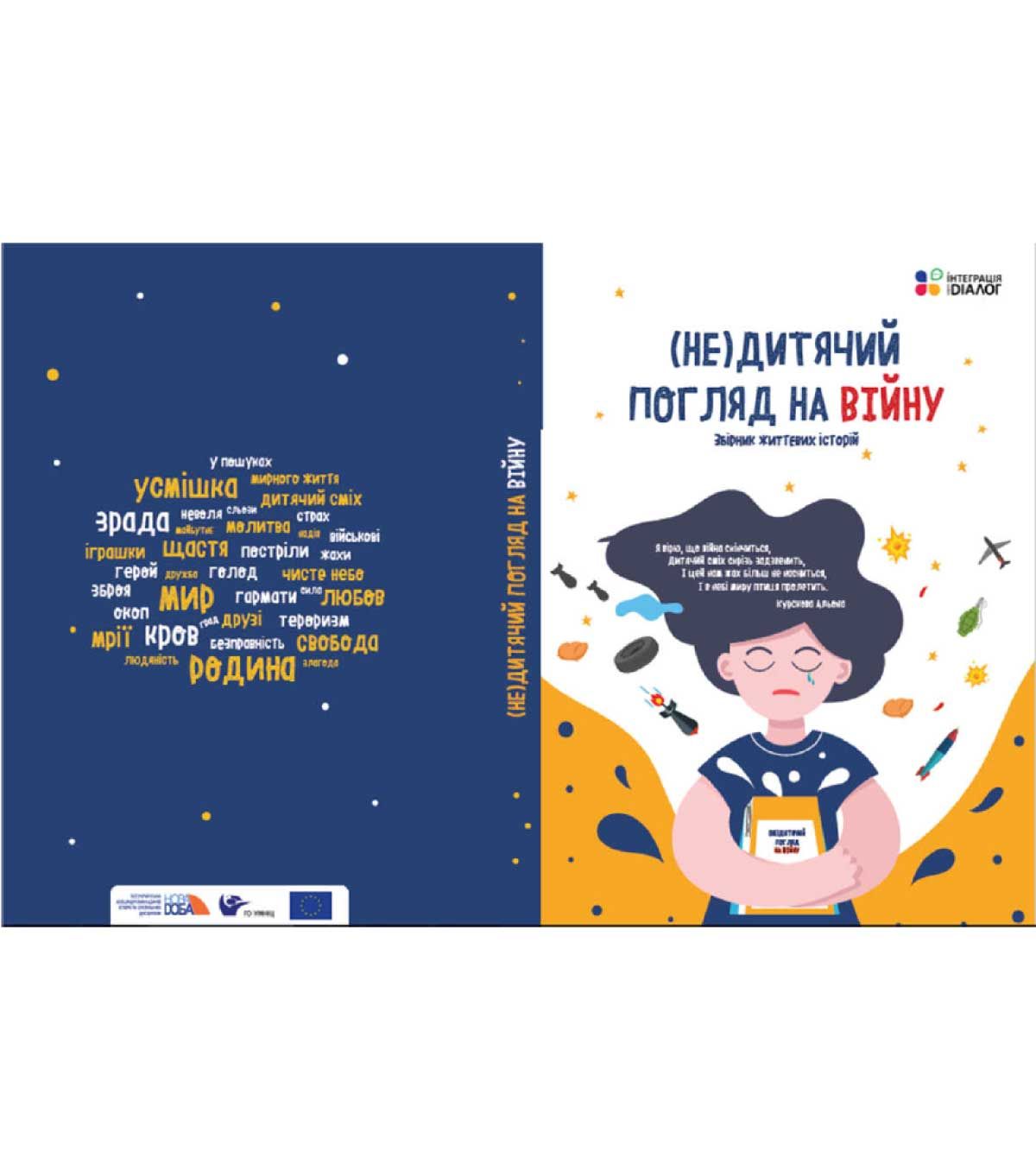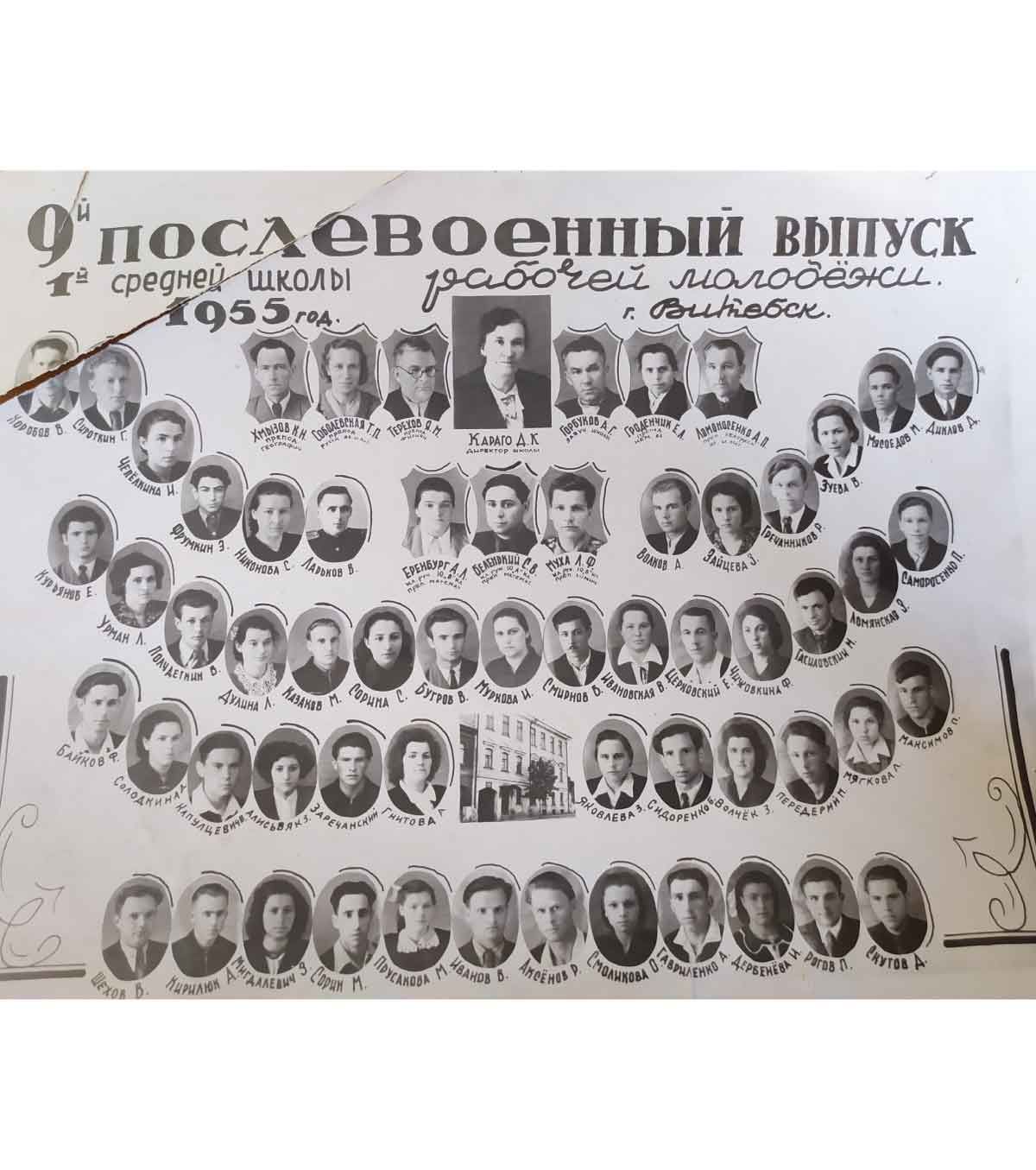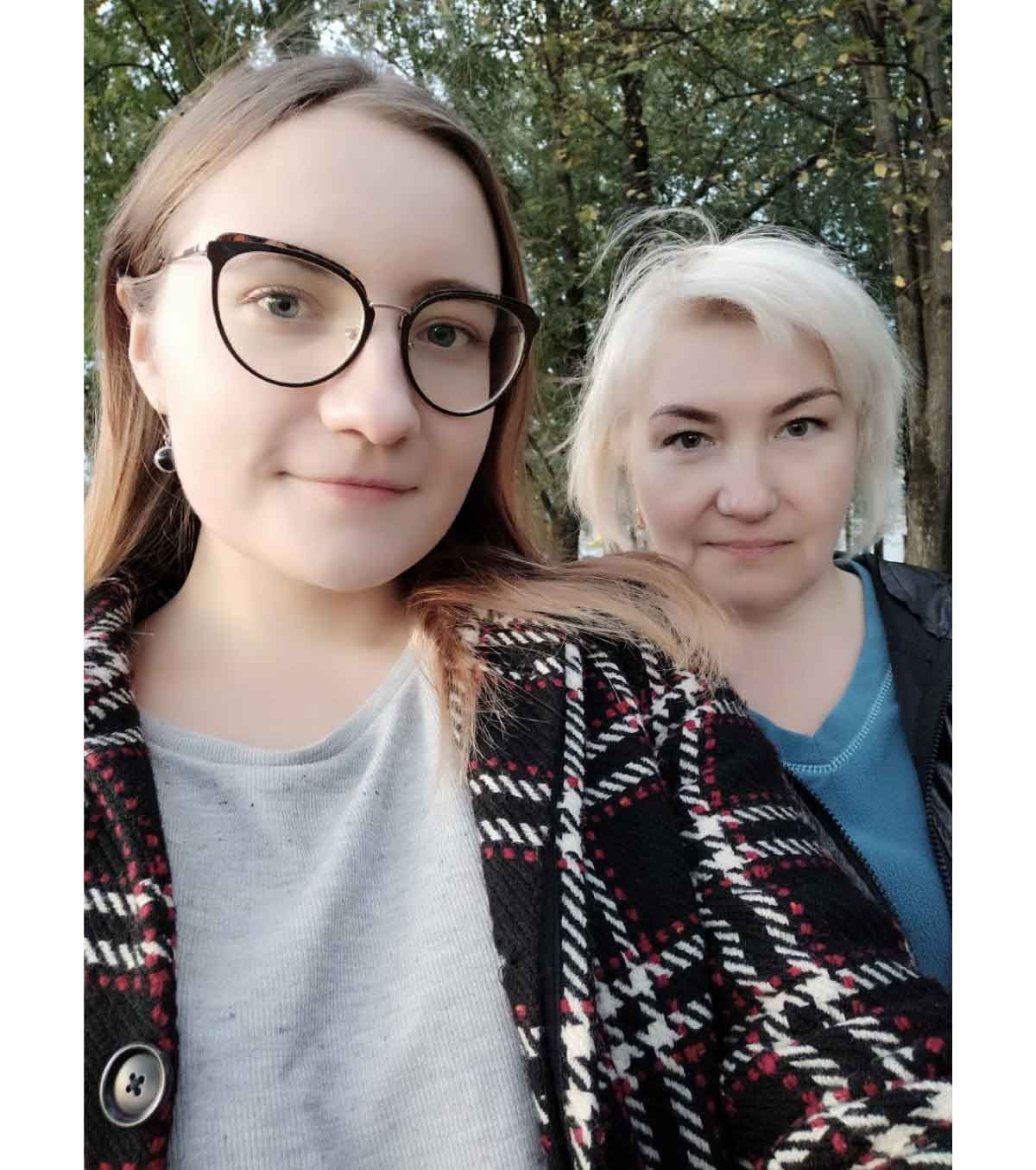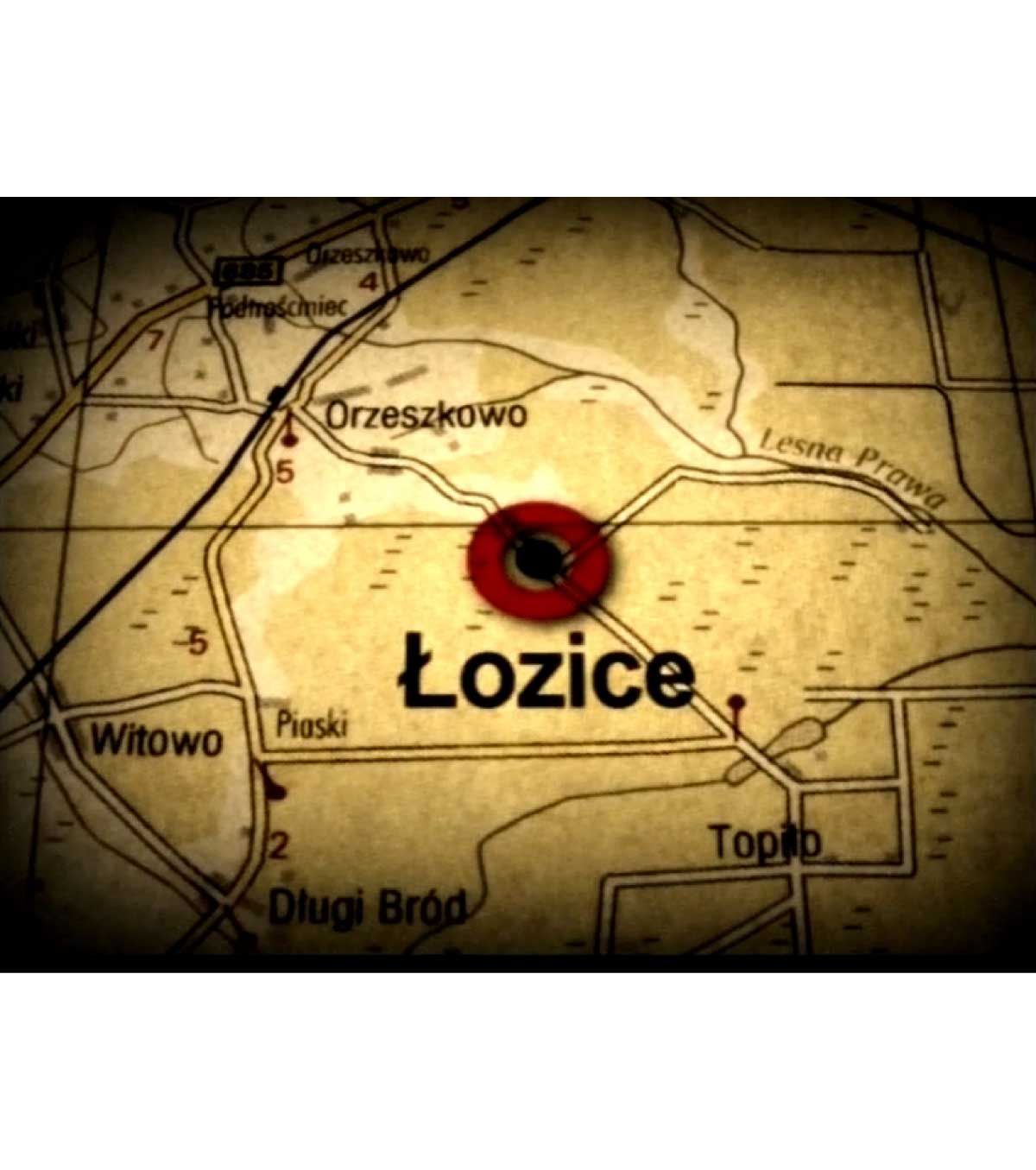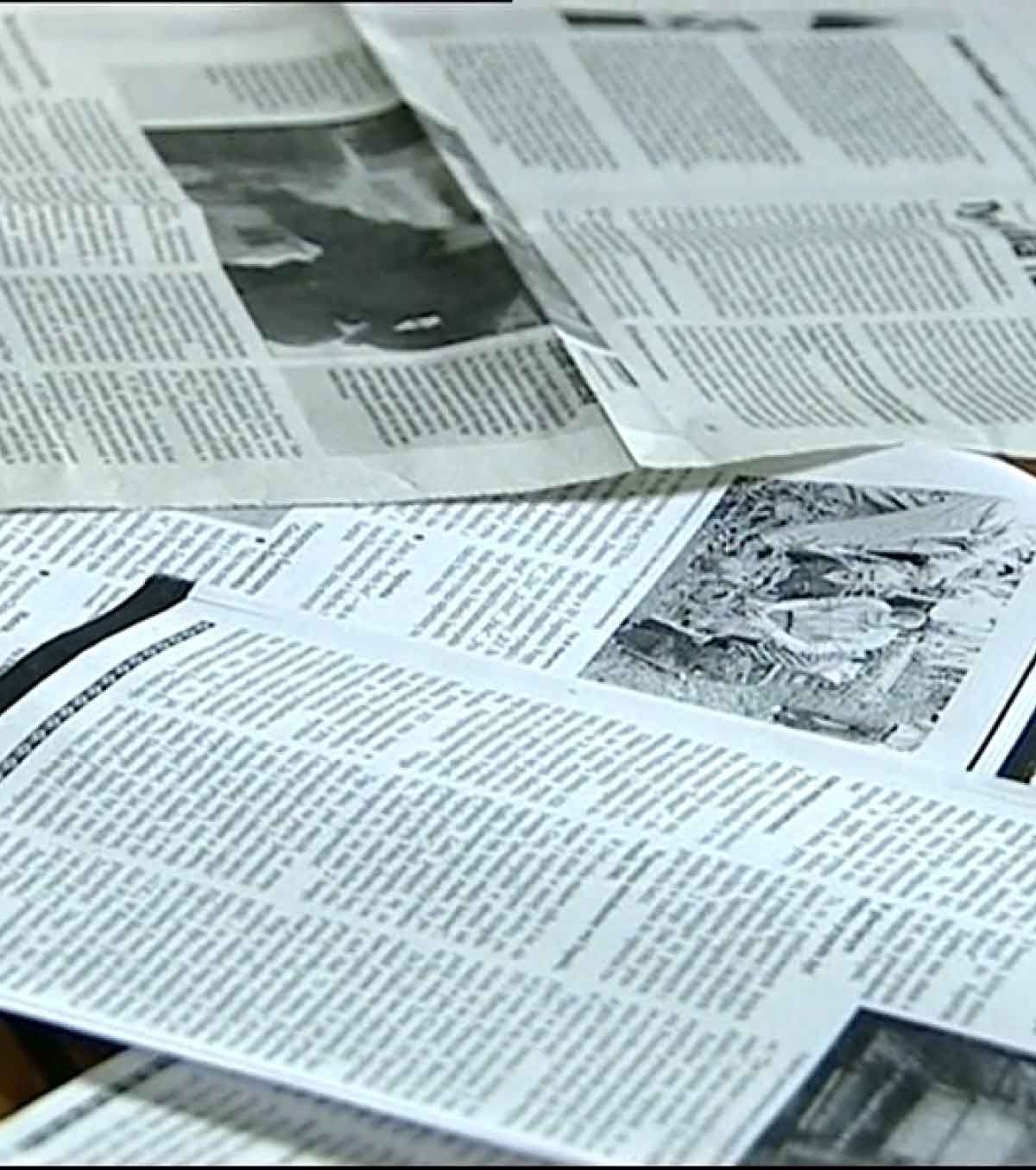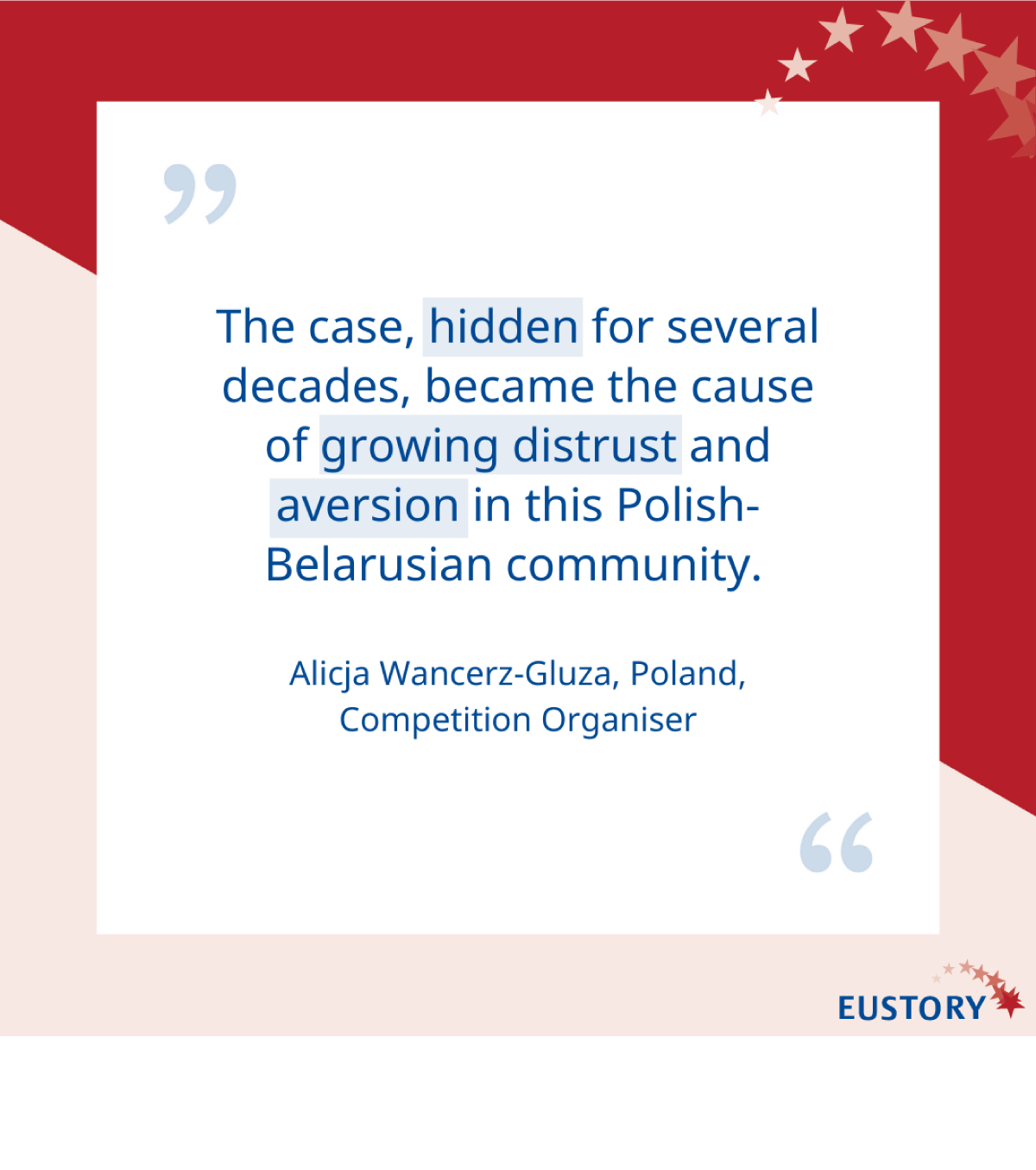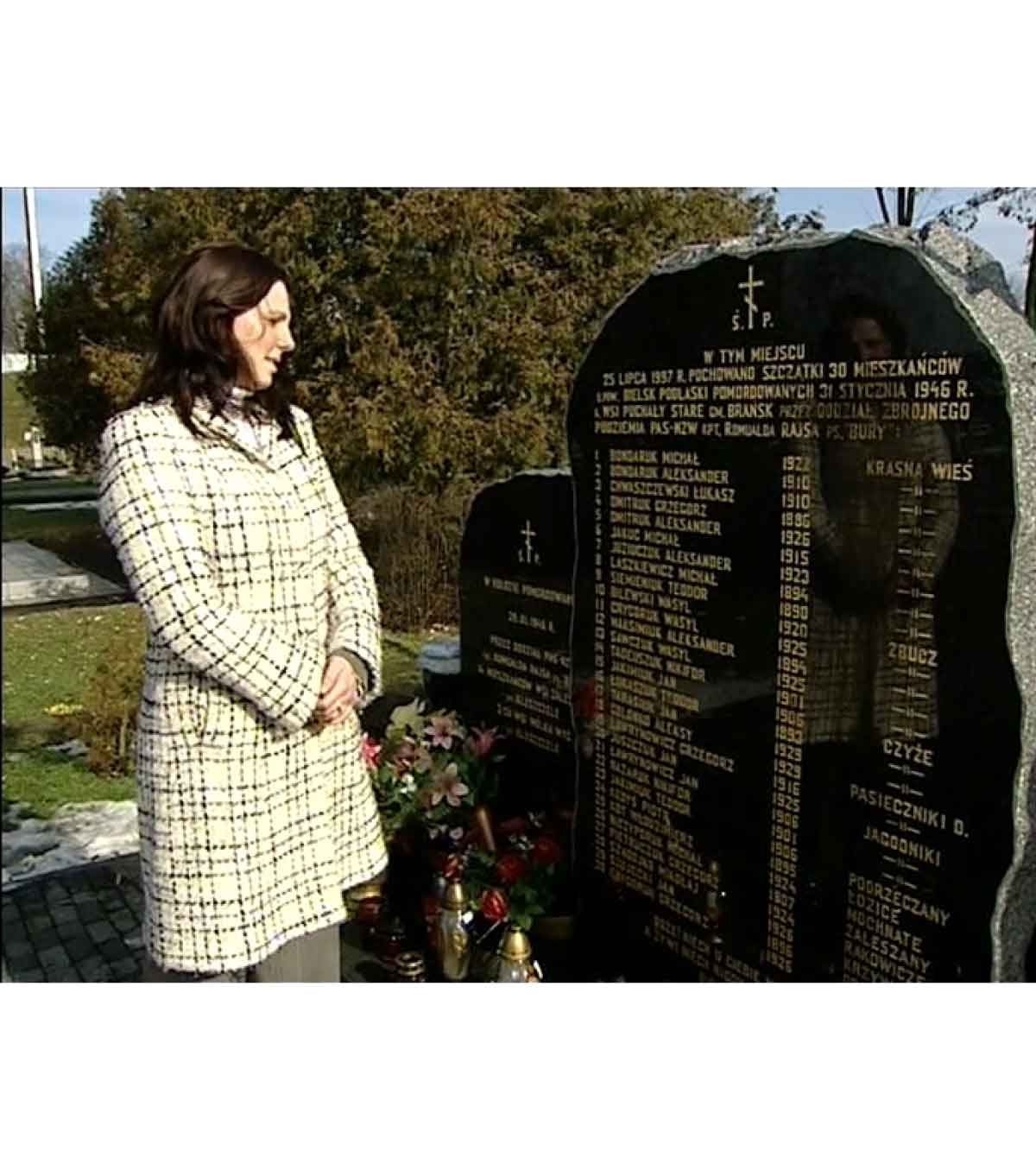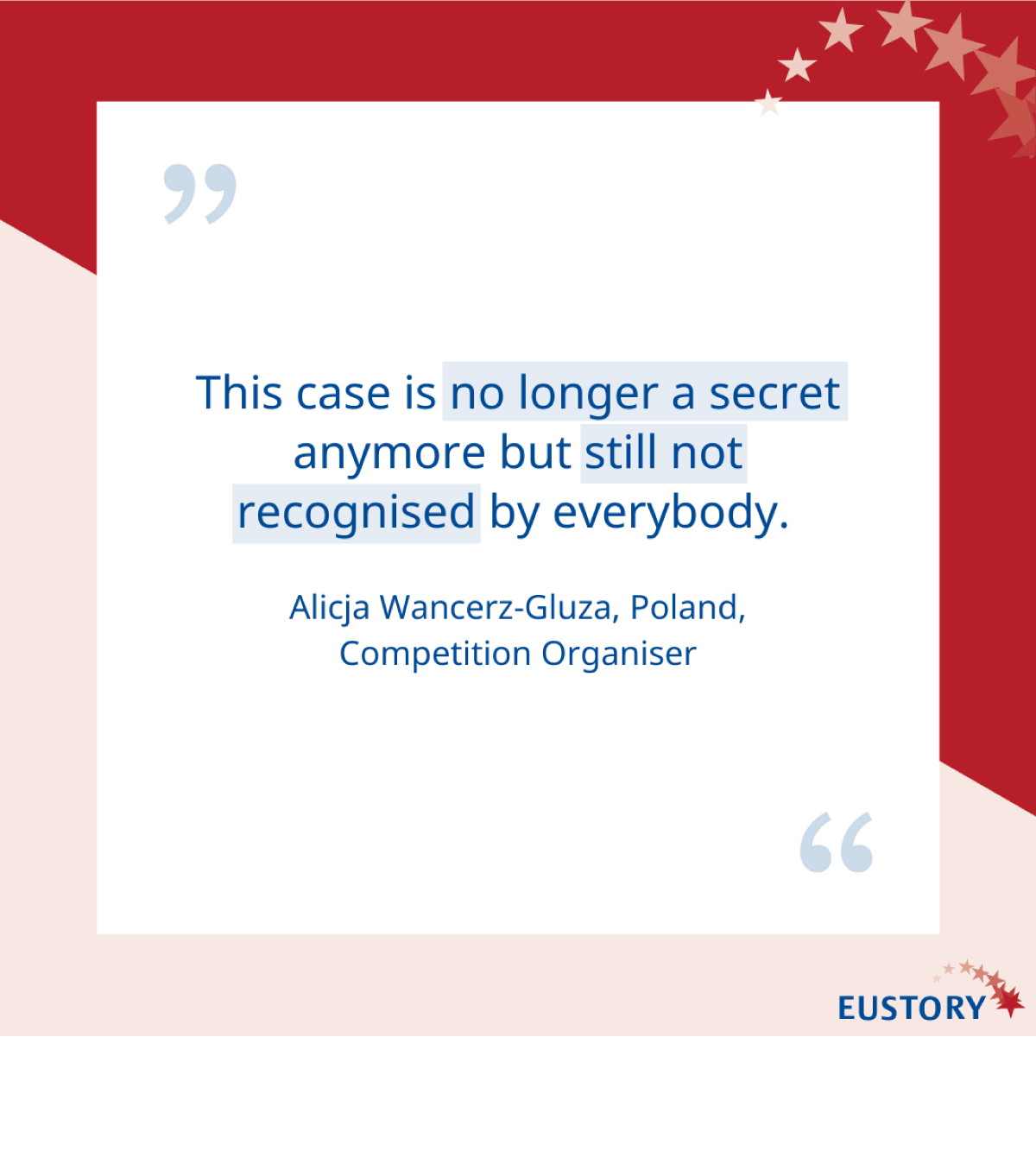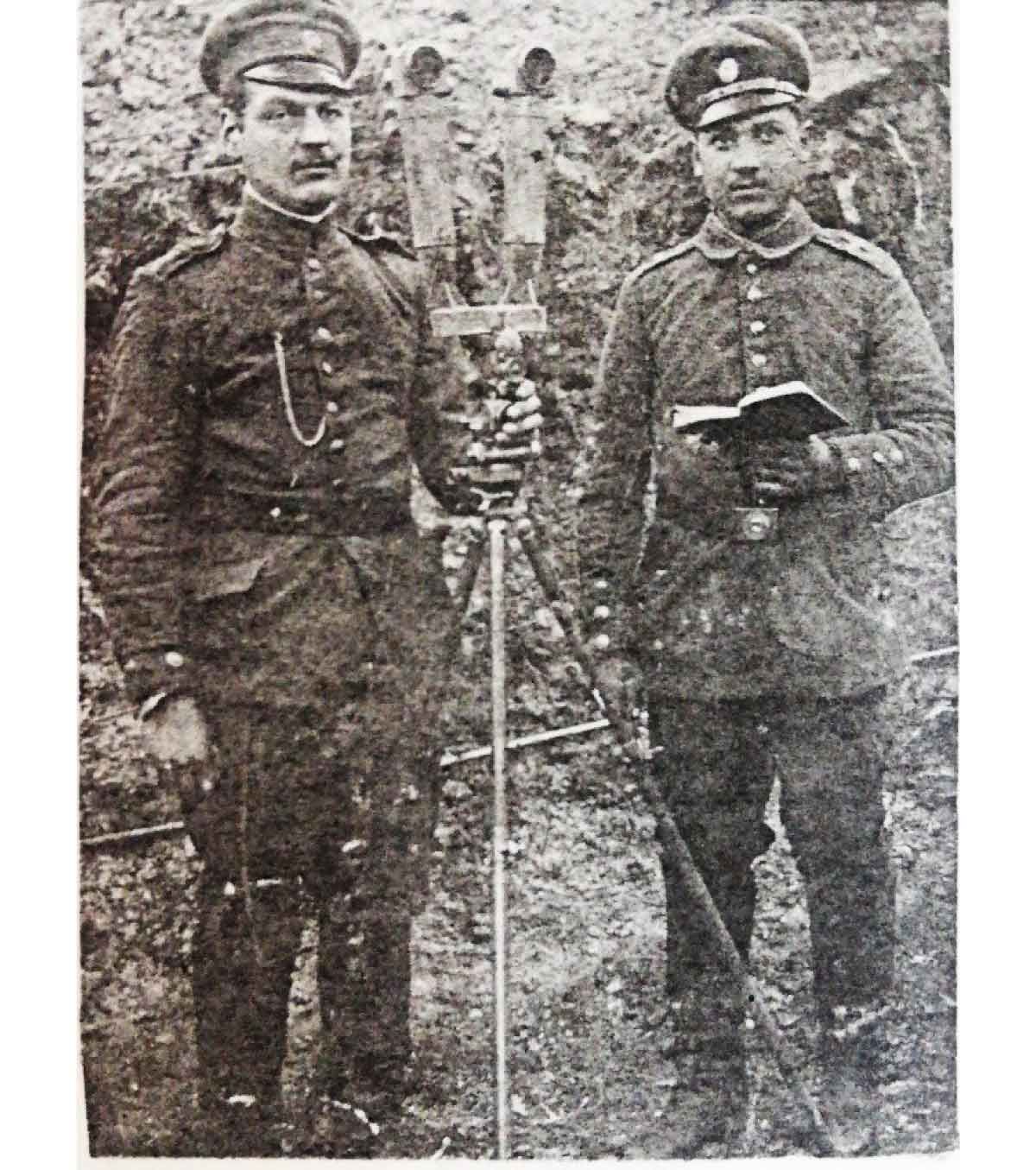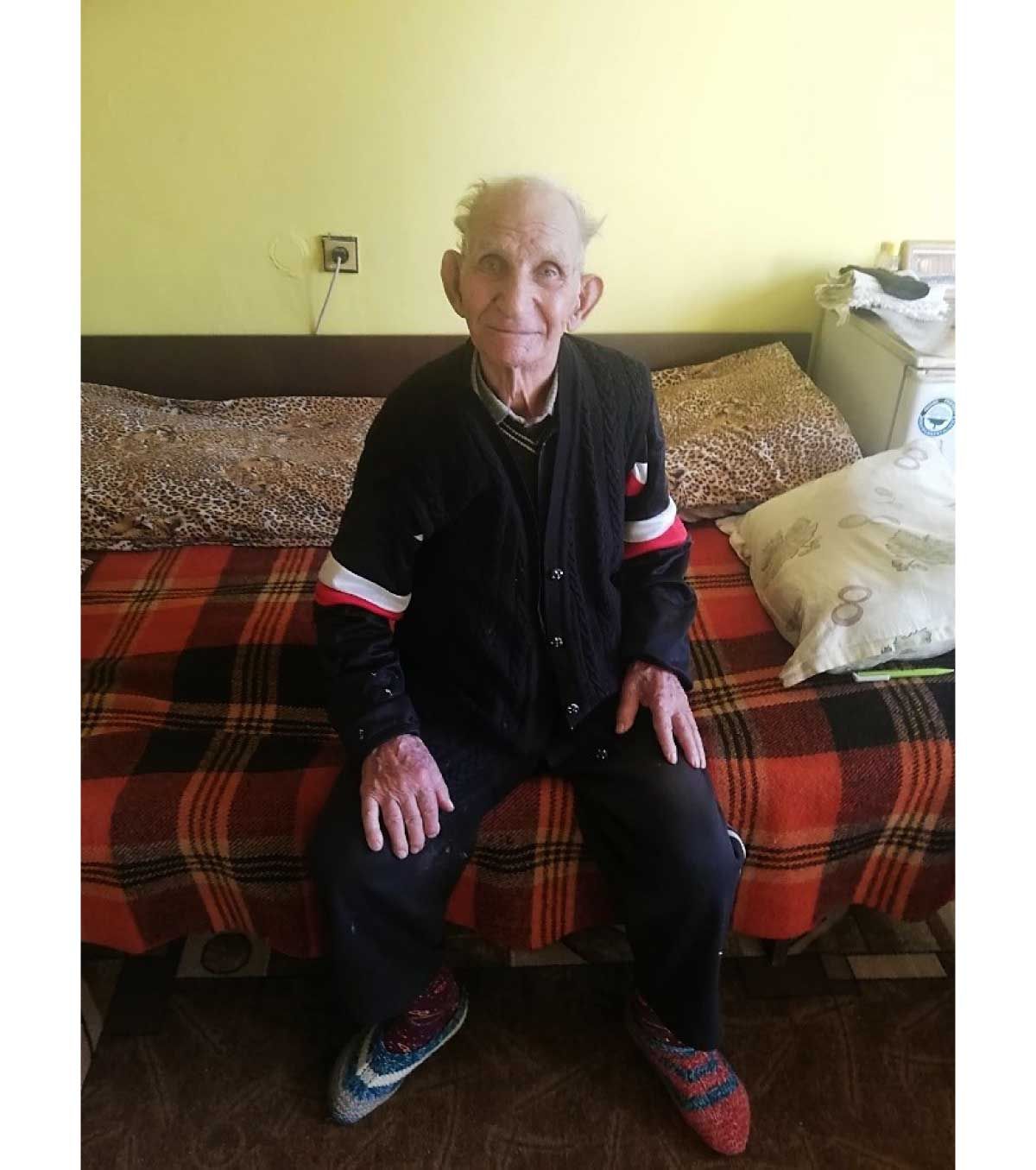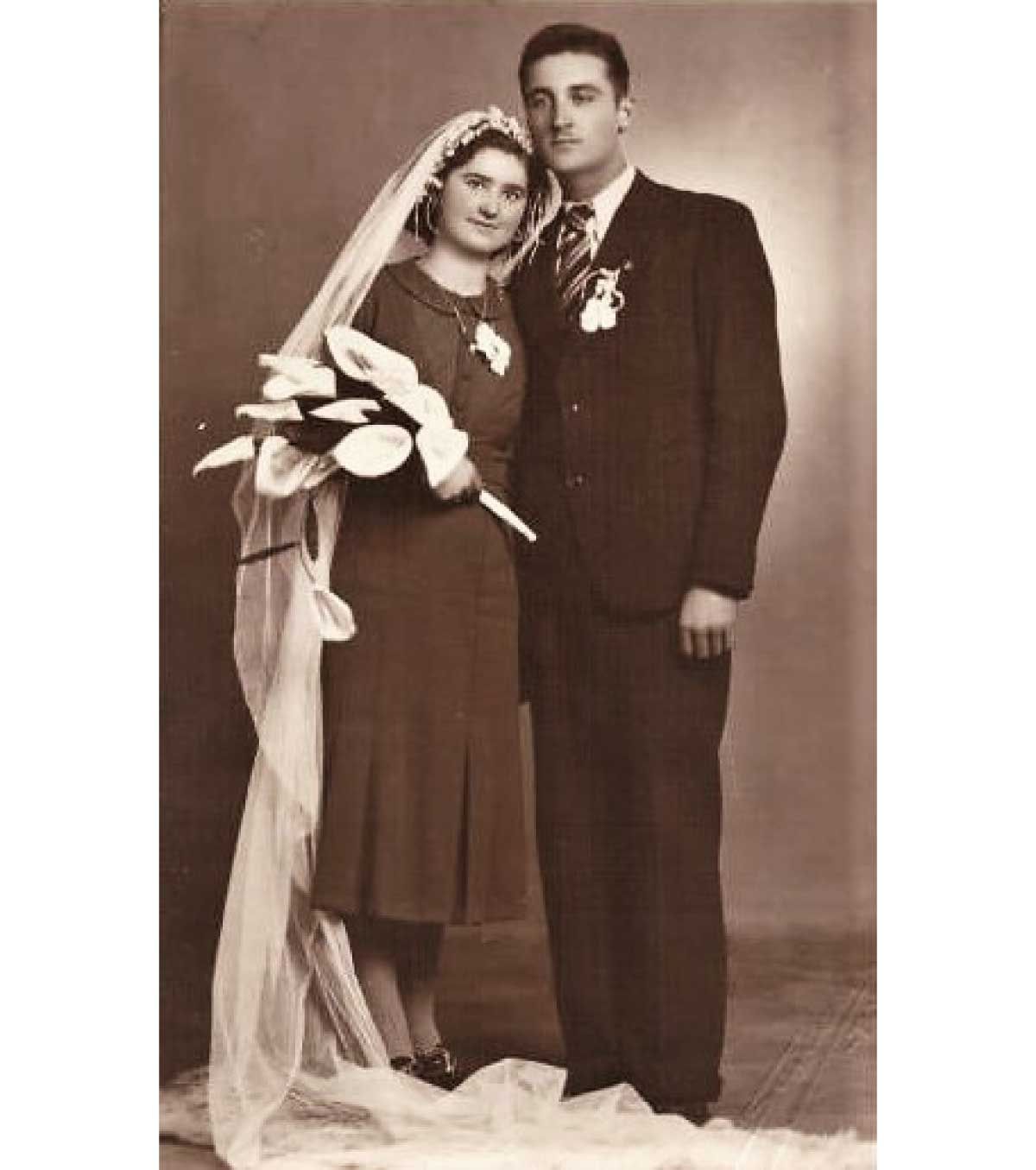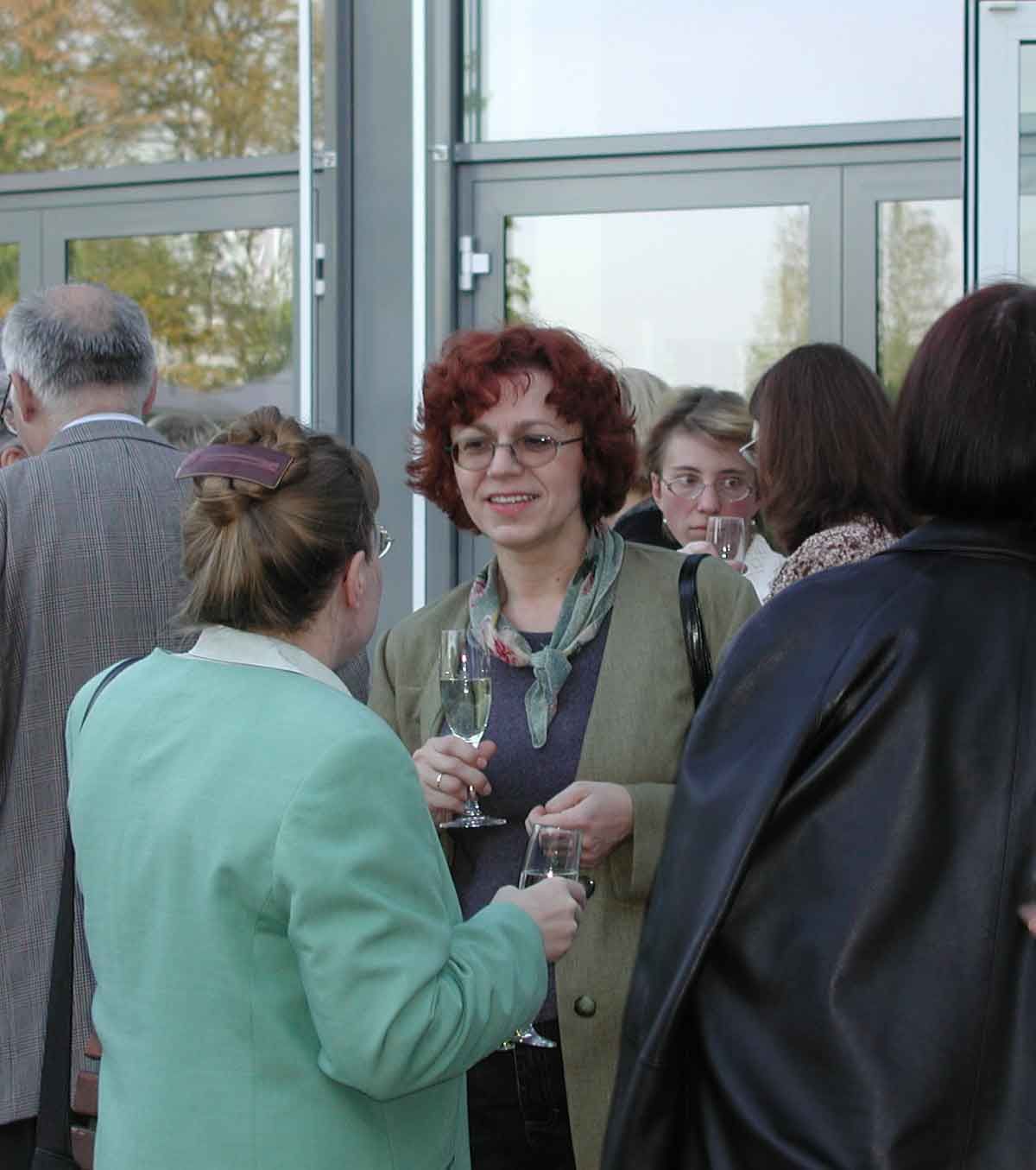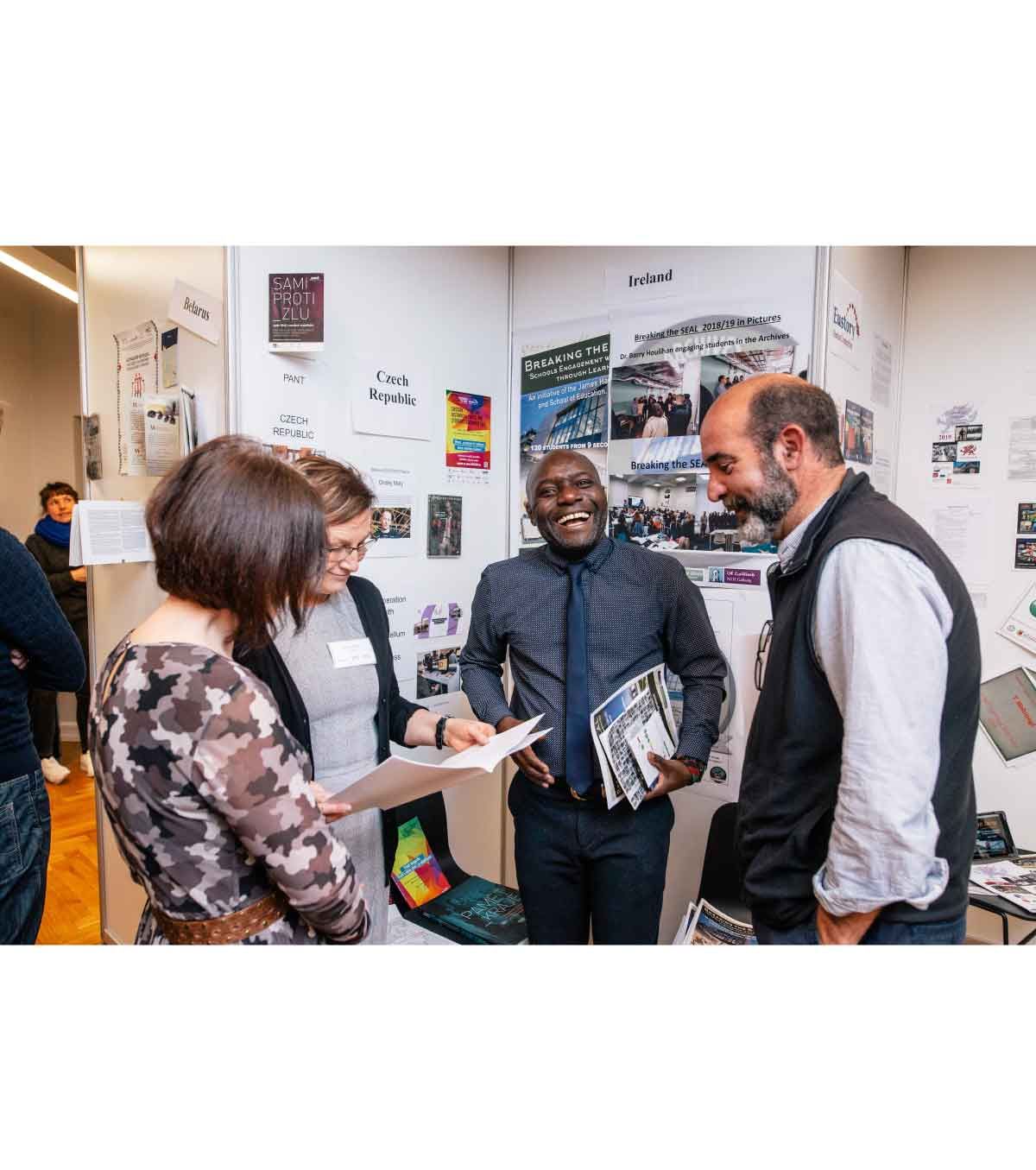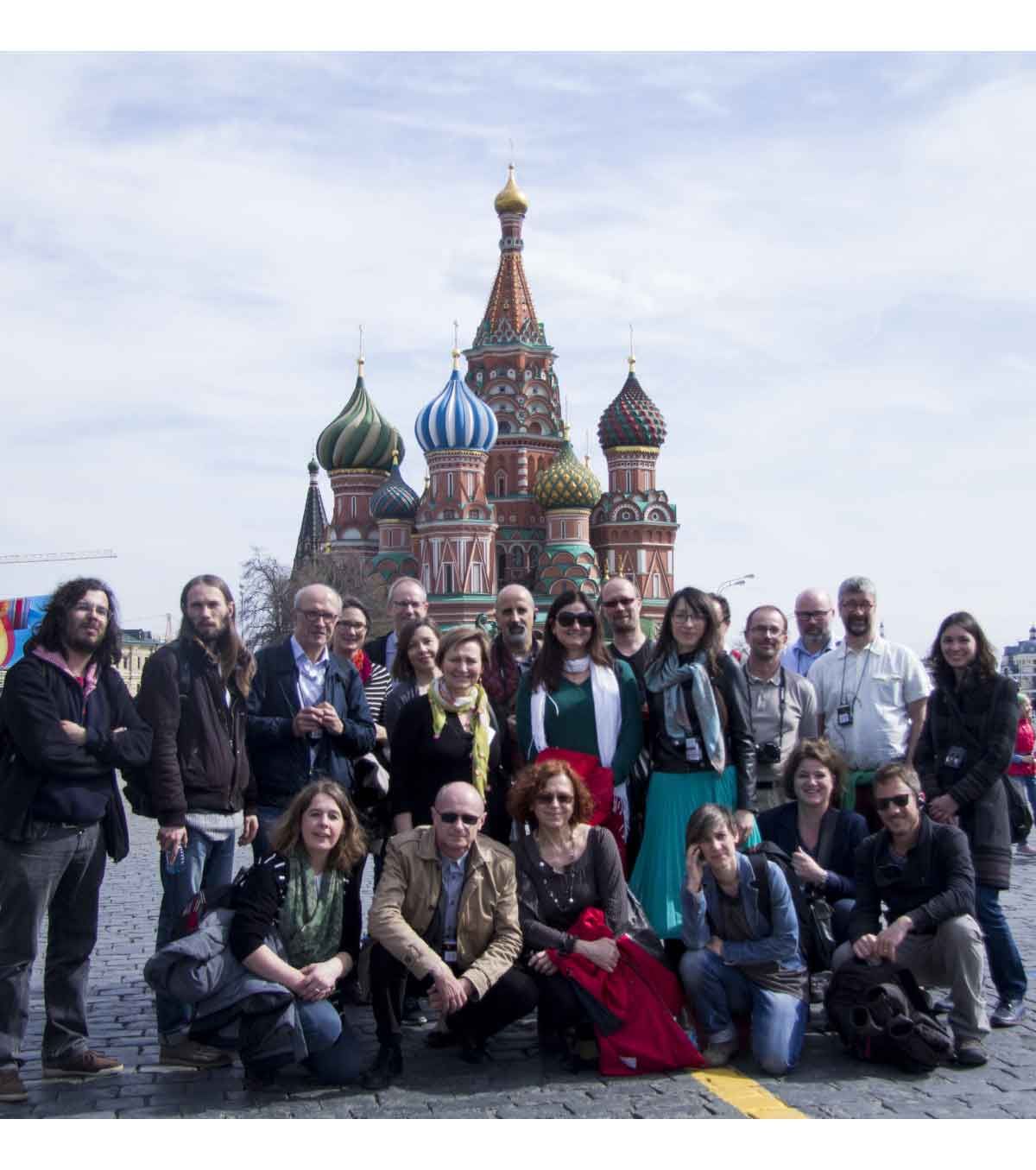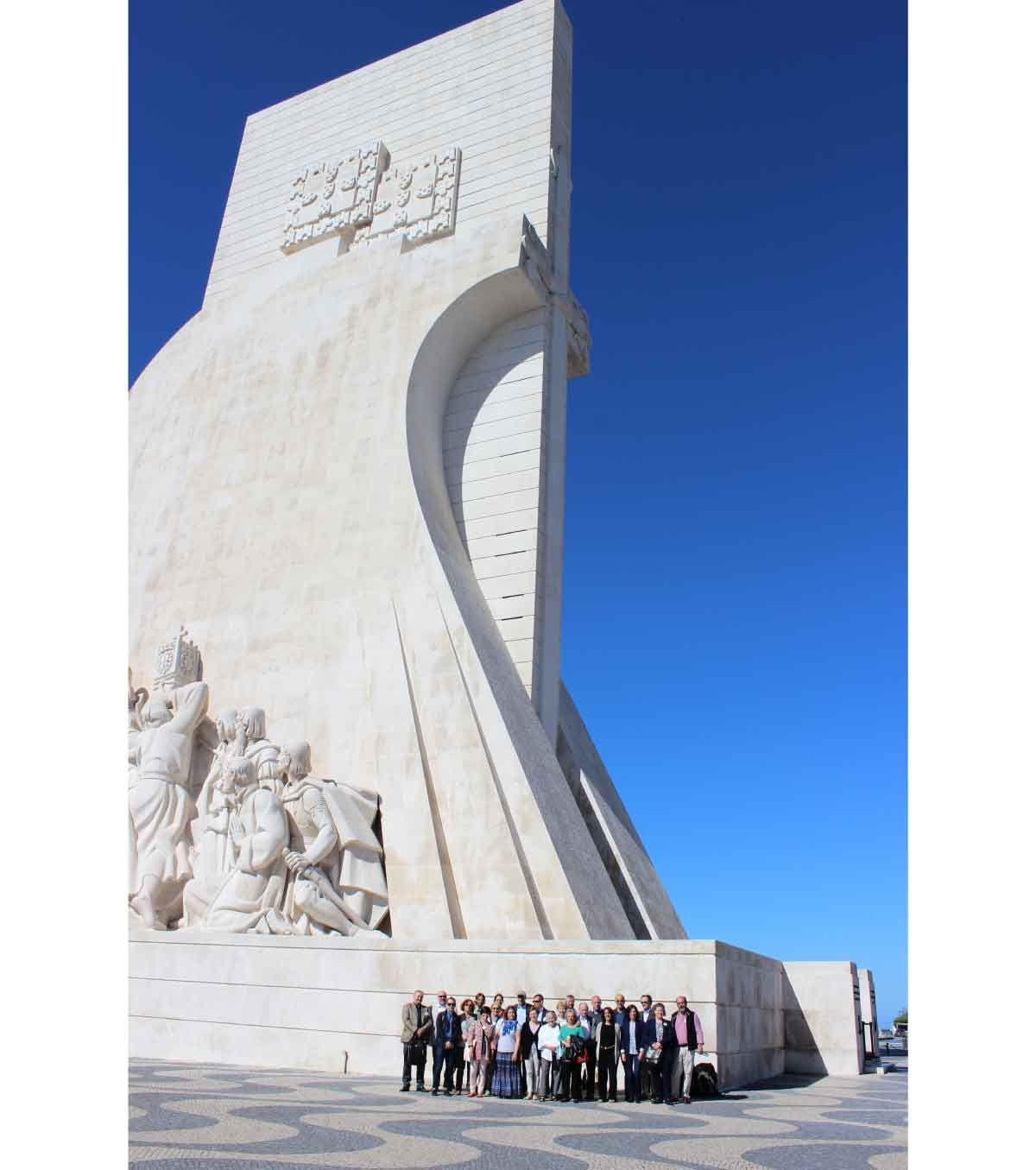20 Years of EUSTORY
Since 1 September 2001, the EUSTORY Network has had manifold long term effects on people, places and historical cultures all over Europe and beyond: Students’ research projects for EUSTORY History Competitions have revitalised local remembrance culture. Families have come to terms with their own past. Participants of EUSTORY Youth Activities have reflected on their shared pasts and personal identities and have formed lasting friendships across borders.
20 years of EUSTORY – 20 years of impact!
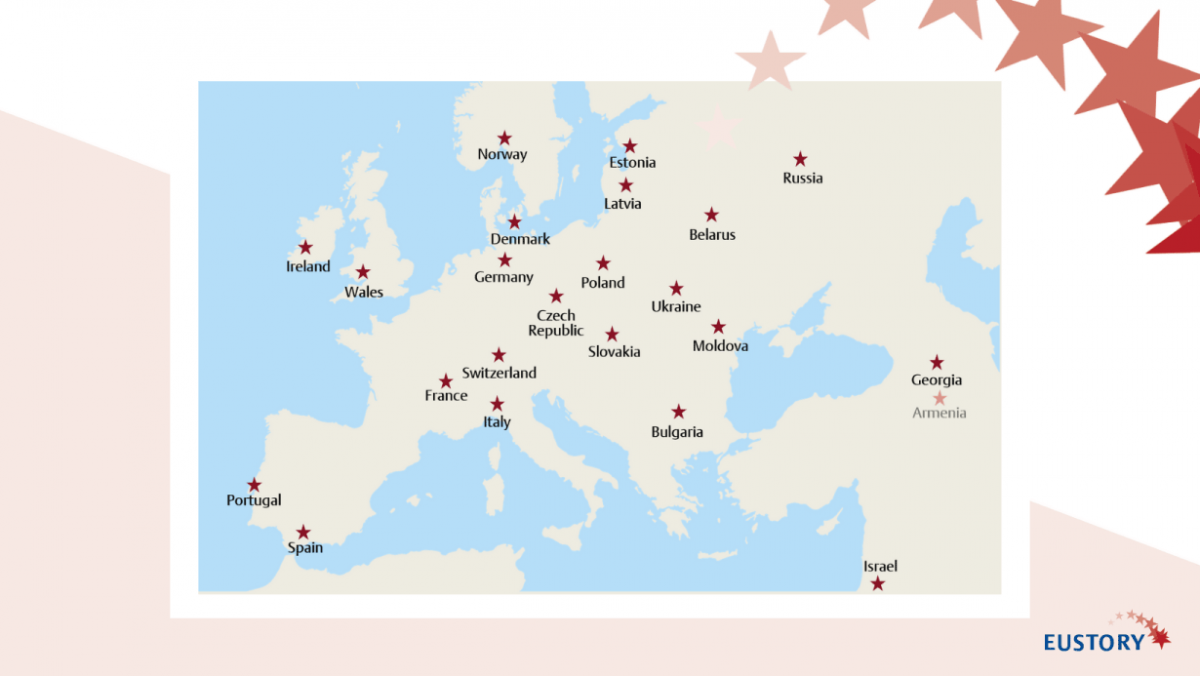
20 Years of EUSTORY in Numbers
Since 2001, the idea of encouraging young people to investigate local and family history has generated a lot of new interest.
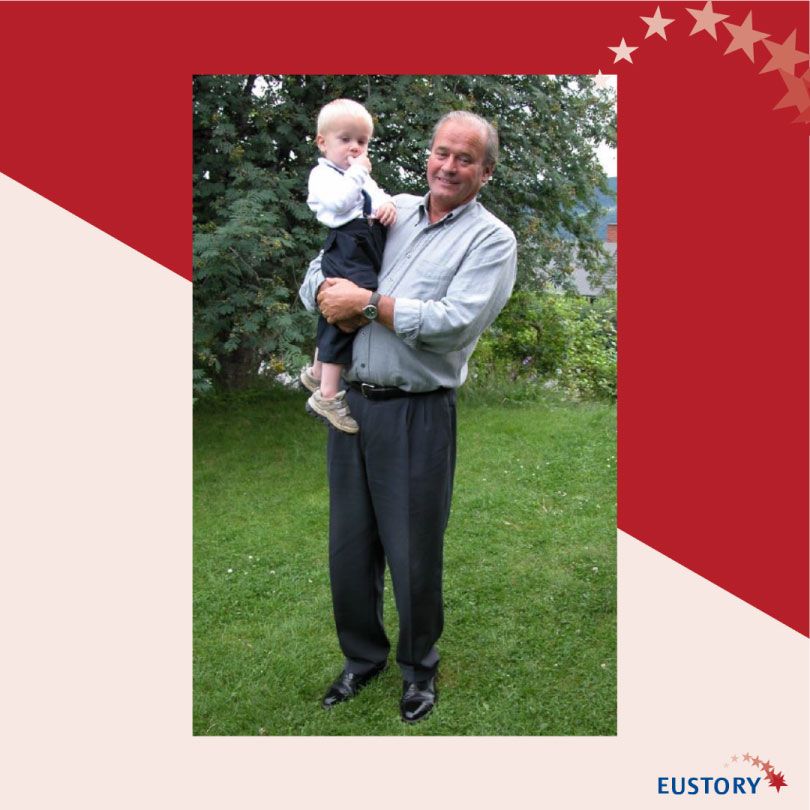
Grandpa, a WWII Norwegian-German War Child
Alwin Sagstuen, participant of the Norwegian History Competition in 2019, was named after his grandfather Alwin Edvardsen, who was born a World War Two Norwegian-German war child.

Ruth: History Never Has a Single Truth
History was a driving force behind the separation and later the reunification of Ruth Pérez Castro’s family. In a personal and moving documentary, which she submitted as an entry in the Iberian History Competition, Ruth told the story of her grandparents and their five children.
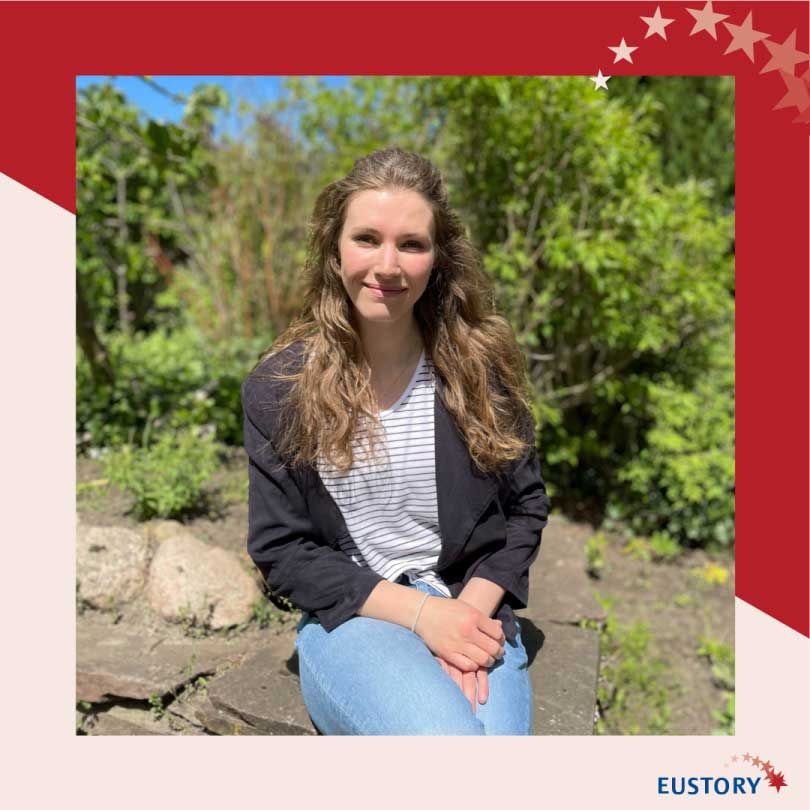
Marie: From Competition Entry to Court Evidence
While conducting her research on a former women’s concentration camp in Brandenburg/Germany in 2015, Marie Grandke did not yet realise the significant impact her work would have.
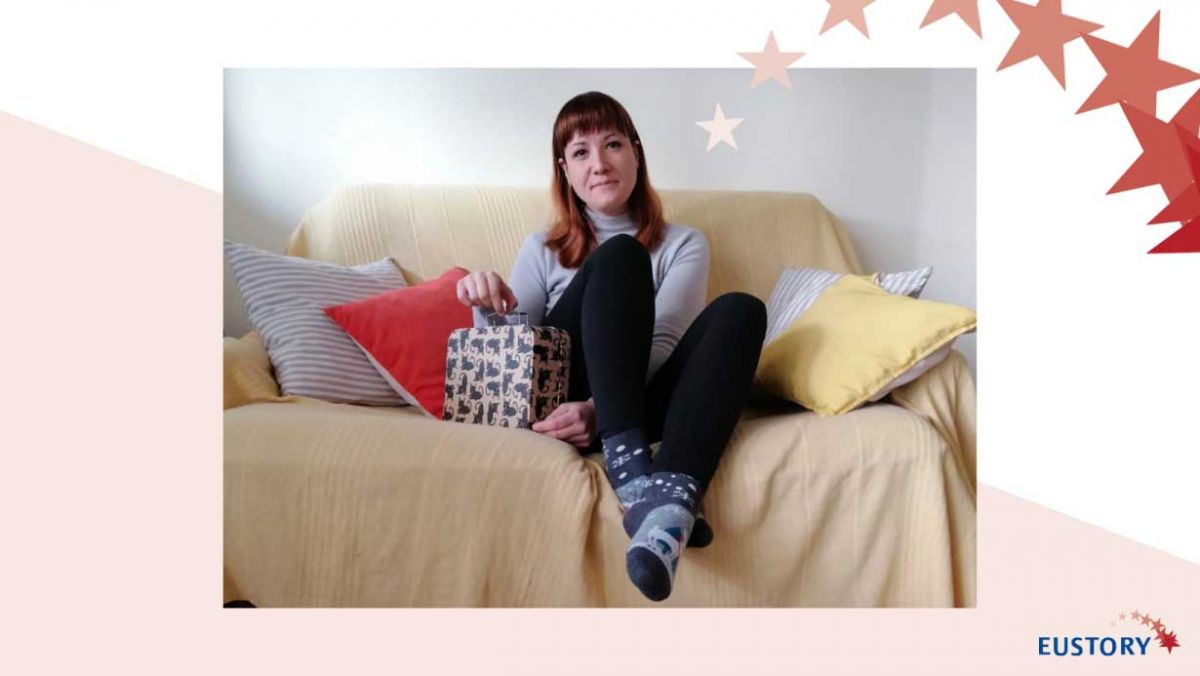
Milena: A “European Couch” in Belgrade
For Milena from Serbia, prize winner of the Serbian History Competition, an international EUSTORY Youth Encounter in 2004 entailed many “firsts” and became the starting point for many long-lasting friendships across borders.
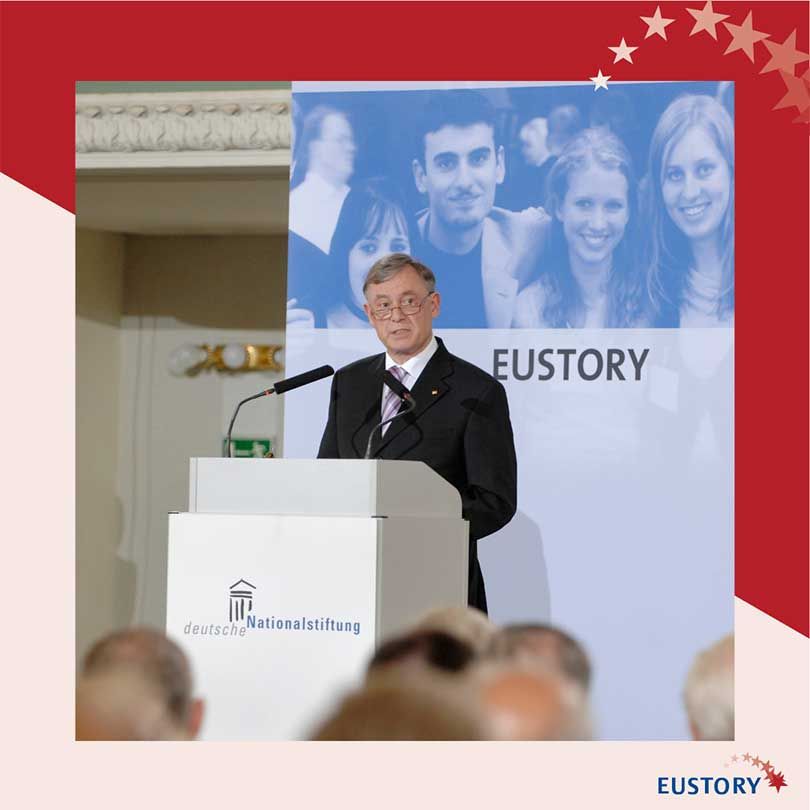
German National Award for EUSTORY
In 2007, EUSTORY was awarded the German National Prize (“Deutscher Nationalpreis”). In his laudation, Horst Köhler, German Federal President at the time, honoured EUSTORY for its engagement and dedication towards the unity of Europe.
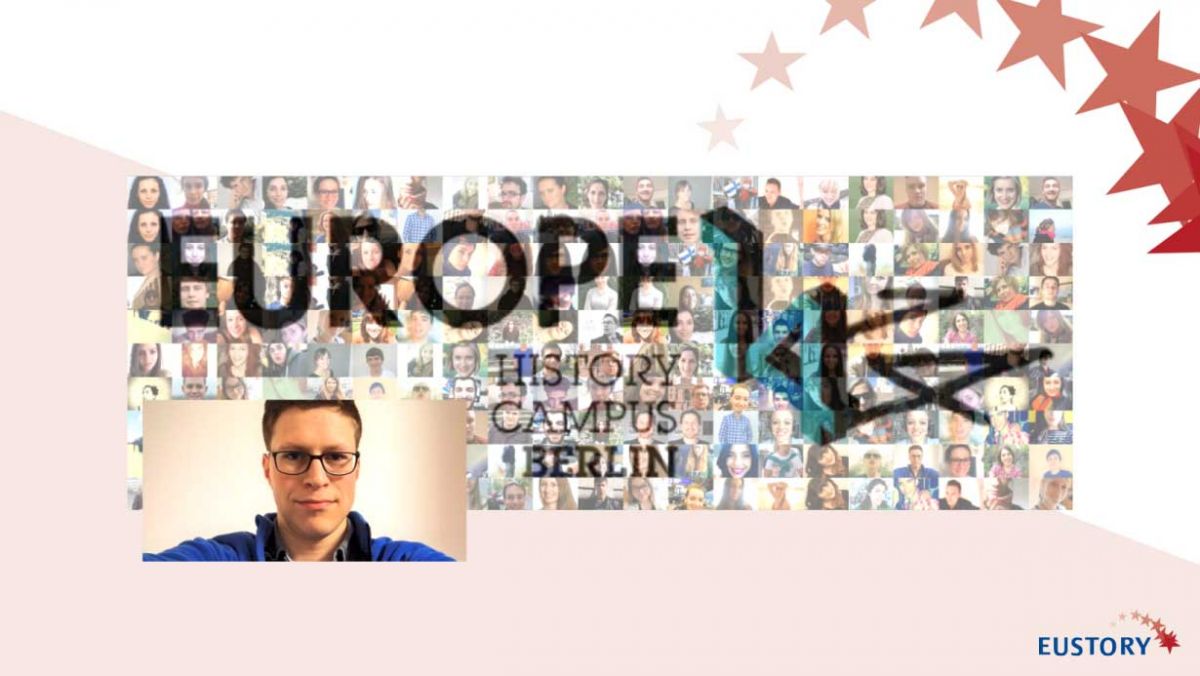
History Festival “Europe 14|14”: Feeling What We Share
On the occasion of the 100th anniversary of the beginning of WW I, 400 young people from all over Europe met in Berlin. Together they discovered how the war still matters to them today. Among them was Julien from Grimma, Germany.

Onaleigh: Female Role Models from the Past
While researching the stories of young women who emigrated to Australia in order to escape poverty in overcrowded workhouses in Ireland, Onaleigh Earls developed a great deal of admiration for her young female forebears.
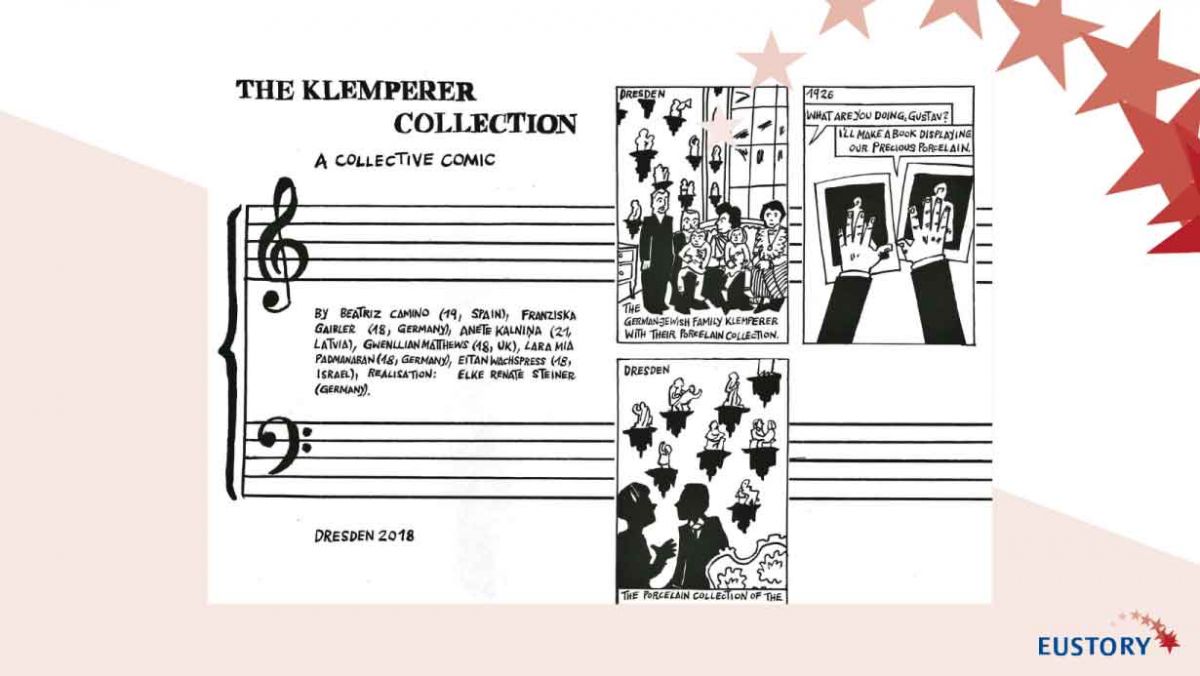
Shaping Museum Education
An extraordinary opportunity: Six participants of the EUSTORY Summit 2018 developed an innovative format for museum education on the topic of restitution of artworks at the Dresden State Art Collections (Staatliche Kunstsammlungen Dresden).
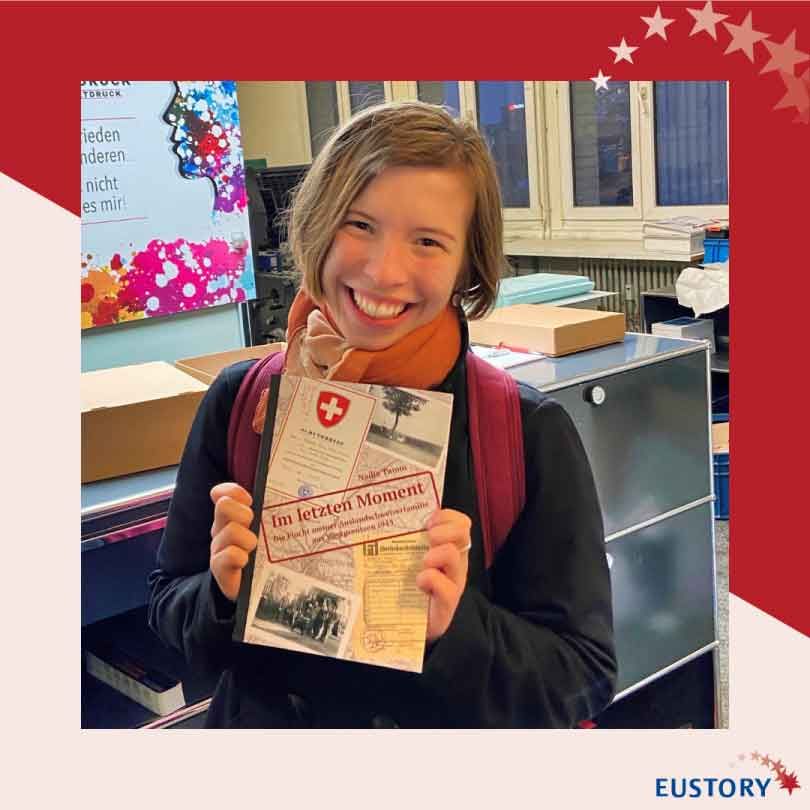
NADIA: SOUNDING OUT THE FINE LINE BETWEEN FACTS AND FICTION
Nadia from Switzerland wrote a historical fiction book about her family’s escape from West Prussia in 1945. In the process, she not only fulfilled a childhood dream, but also learned a lot about the challenges of communicating history.
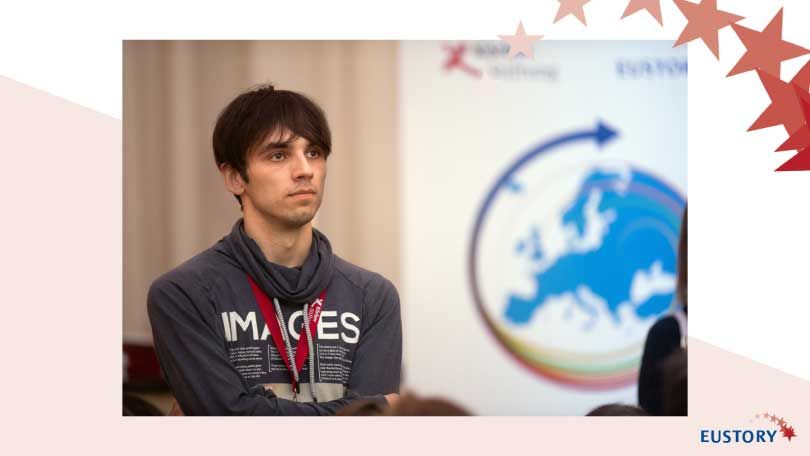
Taras: „The War Knocked on our Doors”
Many countries in Europe share the perspective that wars have become a thing of the past. Unfortunately, a rising number of people in EUSTORY member countries experience the return of armed conflicts. Like Taras, prize winner of the Ukrainian history competition, who drew attention to this fact in various cross-border youth activities.

EUSTORY Annual Network Meetings - Exchange Beyond Borders
At EUSTORY Annual Network Meetings, representatives of all national EUSTORY History Competitions come together to gain insights into commemoration cultures in Europe, to foster cross-border collaboration and to learn from each other.
20 Years of EUSTORY in Numbers
The Rise of a Vital Network
Initiated by Körber-Stiftung in Hamburg, the EUSTORY Network of research-based history competitions was founded in 2001 with members from 14 countries. Today, the network connects more than 30 civic organisations from over 20 countries.
“Understanding differences, overcoming divisions” – EUSTORY fosters international understanding through different activities.
Since its foundation, some 230,000 young people have participated in EUSTORY History Competitions, handing in 95,000 entries. Every year, more than 2,500 teachers, experts, scholars and volunteers are devoting their time to the different national competitions.
For prize winners, the EUSTORY International Office has organised 67 international youth activities in 19 different countries, 1,900 young people have participated throughout the past two decades. All history competition organisers meet every year at an EUSTORY Annual Network Meeting.
“We believe that listening to others and telling our stories in an empathetic manner makes them understandable and meaningful for people from diverse backgrounds and helps building a peaceful coexistence.” (EUSTORY Mission Statement)
Grandpa, a WWII Norwegian-German War Child
Alwin Sagstuen, Norway, Prize Winner 2019
Alwin Sagstuen was named after his grandfather, Alwin Edvardsen, who was born to a Norwegian mother and a German father in 1943. When participating in the 2020 EUSTORY Youth Activity “Europe 1945-2020. Looking back, thinking forward” on the occasion of the 75th anniversary of the end of the Second World War, young Alwin shed light on the untold life story of his grandfather.
“The fate of most of these war children was determined from the beginning. As children of the ‘enemy’, they were met with harassment and exclusion, treatments that in most cases left everlasting marks on their lives.”
Alwin’s grandfather however was lucky. His Norwegian family, especially his Norwegian stepfather, stood up for him and made sure he got the same opportunities as everyone else. Alwin Edvardsen became manager at a Volkswagen dealership which secured him a living standard above average.
Researching his grandfather’s past has brought Alwin closer to his family and its history:
“The project has given me a better understanding of my family’s struggles, and what led to us being in the position we are in today.”
Alwin especially wants to share of one the lessons he learned:
“The story of my grandpa really shows how important it is to stand up for each other. Individuals can make an important difference in people’s lives.”
History Never Has a Single Truth
Ruth Pérez Castro, Spain, Prize Winner 2014
History was a driving force behind the separation of the family of Ruth Pérez Castro as well as their later reunification. In a personal and moving documentary, Ruth told the story of her grandparents and their five children. Ruth’s grandparents lived in Galicia, Spain, with their three daughters until harsh living conditions made them decide to emigrate to the Dominican Republic. The Dominican Republic and its dictator Trujillo generously supported Spanish immigration at the time. Hidden behind the pretence of improving agriculture by bringing in French, Italian and Spanish immigrants lay the racist policy of “whitening” the population. For the immigrants, however, this racist idea was seldom apparent behind the propaganda.
After Ruth’s grandfather emigrated in 1954, her grandmother and two of their daughters followed one year later. Not being able to take along all three children and knowing that an aunt would take good care of one daughter, Ruth’s grandparents decided to leave their middle daughter behind. The parents set up their new life in the Dominican Republic and had twin sons ̶ one of the twins is Ruth’s father.
The twins only got to know their older sister in Galicia at the age of five. After the assassination of the Dominican dictator Trujillo in 1961, the political situation changed and Spanish immigrants were no longer welcome. Facing increasing threats from the Dominican people who had suffered under Trujillos rule, Ruth’s family saw no other option than to return to Spain.
As someone who did not witness the events of the past herself, Ruth researched and critically examined her family’s role in the history of the Dominican Republic:
"All those Europeans who left, like my family, did not see the involuntary hurt that they were causing to the Dominican society."
When interviewing her family members about their eventful family history, Ruth found that history never has one single truth, but as many as there are contemporary witnesses:
“Seven years after the presentation of my research, we still talk about all of it.”
From Competition Entry to Court Evidence
Marie Grandke, Germany, Prize Winner 2015
While conducting her research for the German History Competition »Being different. Outsiders in History« in 2014/15, Marie Grandke did not yet realise the significant impact her work would have.
Marie investigated the history of »Gut Zichow«, an estate in Brandenburg on which Soviet and French prisoners were forced to work about a year after the beginning of the Second World War. Later, in 1944, a subcamp of the Ravensbrück women's concentration camp was set up on the same estate. The imprisoned women lived and worked on the estate’s farm for many months under terrible conditions.
The estate owners made enormous profits from the exploitation of the prisoners. Moreover, after German reunification, the family of the estate owners received more than 100,000 euros in reparation payments, which the Ministry of Finance in Brandenburg demanded to be repaid in 2015. According to a report of the court case that followed, the representatives of the Ministry referred to results of Marie’s research in court. Most likely, Marie’s work contributed to the court’s decision that the reparation payments had to be repaid to the Ministry in the end.
Digging deeper into the painful past of Zichow, Marie sought exchanges with the local people but often met with rejection. There seemed to be no desire to exchange information regarding the history of the village between contemporary witnesses, other locals and the younger generation.
”Is there really no one who remembers the Soviet prisoners of war who were forced to work in the village or the concentration camp prisoners who were held captive in the centre of the village?”
While researching for her history competition entry Marie realised the importance of a vivid local remembrance culture. She believes that children in primary school are well able to deal with such topics and she thinks that a lot can be done with the help of ambitious teachers.
“In my future career [as a primary school teacher] I would like to introduce children to difficult topics of local history.”
A “European Couch” in Belgrade
Milena Tatalovic, Serbia, Prize Winner 2004
For Milena from Serbia, an international EUSTORY youth encounter in 2004 entailed many “firsts”. It was the first of many EUSTORY youth activities that Milena attended.
“It was also the first time that I left Serbia, my first time flying with a plane and the first time that I met people from outside my home country.”
Meeting young people from all over Europe, working together creatively and exchanging about different views and values had a lasting – one could even say life-changing – effect on Milena’s perception of herself and others.
“These first times marked the starting point for a new era in my biography. Since then, encounters with other young Europeans have become an essential and formative part of my life. I am almost addicted to the feeling of being part of something that exceeds my national, cultural and personal boundaries.”
While participating in more EUSTORY Youth Activities over the years, Milena built close and long-lasting friendships with young Europeans from many different countries. Some of them have even visited her in her home in Belgrade.
“This is what I call my “European Couch”. It actually is quite an old and ugly sofa in my apartment, but it means a lot to me, because it stores unforgettable memories of fun nights and long conversations. European politicians might meet in Brussels, Paris or elsewhere, but Europe’s young generation can also come together - in a living room in Belgrade!”
German National Award for EUSTORY
A Milestone on the Road to Greater Recognition
The German National Prize (“Deutscher Nationalpreis”) has been awarded by the German National Foundation (“Deutsche Nationalstiftung”) since 1997. It honours people and organisations for their engagement and their dedication towards the unity of Germany and Europe. In a festive ceremony in Berlin on 19 June 2007, the award was handed over to Alicja Wancerz-Gluza, the Polish History Competition Organiser, who received it in the name of EUSTORY.
During the ceremony, Horst Köhler, Federal President of Germany at the time, made a speech honouring EUSTORY:
“The participants in national history competitions and their network EUSTORY stand for a Europe that knows its common roots, but also knows about its differences. A Europe that draws strength and identity from its diverse national 'stories' and experiences.”
President Köhler put emphasis on the role that young people play in the future of Europe.
“They [the European youth] stand for a Europe that keeps growing closer together, that wants to learn from the past and at the same time build our common future. Young people bring with them what is needed for this: expertise and curiosity, enthusiasm, but also the necessary degree of skepticism.”
President Köhler’s perception of EUSTORY was in line with the experiences that EUSTORY Youth Activities participants shared on the occasion of the award:
“EUSTORY means cancelling our borders just as historians, but broadening our borders as humans. It […] is an excursion to the history of Europe, but a trip to the future of the European history as well.” (Milan Vukašinović, EUSTORY prize winner from Serbia, in the brochure “National Prize Award 2007”).
History Festival “Europe 14|14”: Feeling What We Share
Julien, Germany, prize winner 2010/11
On the occasion of the 100th anniversary of the beginning of World War One, 400 young people from all over Europe met for the international “Europe 14|14” youth event in Berlin to share their stories and perspectives on this war. Among them was Julien from Grimma, Germany.
In 22 different workshops, various of them organised by Körber-Stiftung, Julien and his fellow participants delved into the past by doing research, renegotiating treaties, shooting films, writing scripts, and performing.
For him, the five-day-long History Festival of 2014 was an exciting time that made some lasting impressions:
“I had never been in contact with a Serb or a Hungarian before and could now see that we could laugh at the same jokes. That may sound simple but experiencing that dozens of times made a strong impression on me.”
Julien and his fellow workshop participants approached the legacies of the First World War through the medium of theatre. They looked back on war and peace in European history over the past 100 years and focused on personal experiences in order to show how perspectives differ.
“It was striking how, for us Germans, the beginning of the 1990s is remembered positively but for Bosnia-Herzegovina it means the beginning of a period of war.”
During the event, Julien was reminded of a slogan displayed in his elementary school: “For peace and international understanding” (German: Für Frieden und Völkerverständigung).
“This, both simple and grandiose, slogan from GDR times was still written at my elementary school and was filled with life at ‘Europe 14/14’.”
Get an impression of what Julien and his fellow participants experienced at “Europe 14|14”: Europe 14|14 trailer and Europe 14|14 film
Female Role Models from the Past
Onaleigh Earls, Ireland, Prize Winner 2021
Leaving everything you know behind and setting off for an unknown continent in the hope of a better life – that is a decision that requires courage and bravery. Onaleigh from Athenry, Ireland researched life stories of young Irish women who emigrated to Australia between 1848 and 1850 in the hope of a better life. Her research not only highlighted a little-known chapter in Irish history, but through it Onaleigh also developed a great deal of newfound empathy for her young female forebears.
Earl Grey, Secretary of State for the British Colonies at the time, invited unmarried Irish girls between the ages of 14-18 living in overcrowded workhouses in Ireland to emigrate to Australia. His scheme aimed at increasing the number of settlers in the colony and evening out the gender imbalance. The poor young Irish women who followed Earl Grey’s call faced many challenges, including prejudices and discrimination.
During her research Onaleigh developed a strong empathy for the young women and their resilience to make the most of the opportunity given to them.
“I admire these girls‘ courage and bravery to leave this workhouse on the Earl Grey Scheme and travel in the hope for a better life in Australia.”
The young women's stories inspired Onaleigh to embrace the opportunities outside her own comfort zone, too, for example in the process of figuring out where to go to college.
“I have so many opportunities around me, and these girls did not, but they still took that one opportunity. Those girls did do it – so why can’t I?”
Participating in the Irish History Competition laid a foundation for Onaleigh's plans to study journalism or to pursue a media-related career.
“This international history competition allowed to develop my writing skills and skills as a historian. I will carry these skills and the stories I learnt along my research journey into the future with me.”
Onaleigh’s competition entry was made available to the public in the library of the National University of Ireland in Galway.
Shaping Museum Education
EUSTORY Summit participants take an extraordinary opportunity
During a workshop following the EUSTORY Summit 2018, six participants from five countries were given the opportunity by the German Lost Art Foundation and the Dresden State Art Collections (Staatliche Kunstsammlungen Dresden) to develop innovative educational material addressing the issue of provenance research together with the museum.
"I think a lot of people know very little about the relevance of the provenance of exhibits." (Lara Mia, Germany)
Together with staff of the Dresden State Art Collections, an internationally renowned art museum in Germany, the young people developed ways to inform the museum’s visitors about the relevance of provenance research – where the objects came from and how they found their way into the museum – facts that are especially important in cases of unrightfully acquired artworks and entitlements to restitution by previous owners.
The focus of their work was the Klemperer Collection at the Dresden State Art Collections. This collection of porcelain figurines belonged to the German Jewish Klemperer family. After the family was forced to flee Germany in 1938/39, the collection was confiscated by the Nazi regime. The restitution to the family was finally achieved 53 years later. However, the Klemperer family gave a part of the collection to the museum in Dresden as a gift.
The challenge the workshop group was facing was how to present the collection’s complex history to the public.
"We are creating a new, maybe even experimental way to explain restitution of art and provenance to people who may not know a lot about it." (Anete, Latvia)
To awaken especially young people’s interest in this topic, the participants developed an innovative format: A comic intertwining the history of the Klemperer Collection’s objects with the history of the family. The format was designed together with a comic artist. The workshop result became part of the exhibition and is furthermore displayed online in a multimedia format.
Daniel Grossmann, Germany, Prize Winner 1996/97
For his entry to the German History Competition on the history of help and assistance, Daniel Grossmann researched the story of Karl Schörghofer, a cemetery administrator who saved a group of Jews from Nazi persecution by hiding them in a basement on the site of the Munich Jewish cemetery in 1944/45. Five out of the seven people whom Schörghofer hid, survived, although the hideout was discovered in the last weeks of the war and some of them were imprisoned.
Daniel was the first person to enter the hiding place in 50 years while doing research for his work.
“I went down there [in the cellar of the Munich Jewish cemetery], and no one had ever touched it since, no one had ever seen it, no one knew about it. And suddenly, […] there was a small door. I opened this door, and at once, a world opened up that had been hidden for 50 years. I walked in - and it was really incredible, because everything was just as it had been when it was abandoned.”
His awarded entry to the 1996/97 German History Competition received wide attention. Daniel was interviewed for the radio, became part of a documentary film project and was invited to a history workshop in Dachau where he did research on musicians in concentration camps.
“I learned that you can discover astounding things by researching.”
Today, Daniel Grossmann works as a conductor and is also the founder and artistic director of Jewish Chamber Orchestra Munich. It is his mission to cultivate the rich traditions of Jewish music and to bring rarely performed works and forgotten Jewish composers to light.
“I have always been interested in the undiscovered. It bothered me that there are some musical pieces that you hear everywhere while others are never performed at all.”
MOLDOVA: CHANGE OF PERSPECTIVE TAKEN LITERALLY
Participating in the Moldavian History Competition entailed unexpected experiences for some students.
When visiting the local museum in the village of Avdarma, participants of the 2019/20 history competition “Discovering Local Heroes" in Moldova were surprised with a gift from the museum’s director: individual flights for each young researcher over the village in a small plane, allowing them to literally change their perspective of the region.
Adela Scutaru-Gutu, Aliona Badiur, Sergiu Musteață and Lucia Sava from the team organising the Moldavian History Competition later described this experience as follows:
“The opportunity to see the place from a bird’s eye perspective was meant to reinforce interest and determination for further exploration and discovery. It was a physical ascension, intended to encourage knowledge-based flying.”
NADIA: SOUNDING OUT THE FINE LINE BETWEEN FACTS AND FICTION
Nadia Tamm, Switzerland, Prize Winner 2021
“When holding a printed book in your hands, it is not apparent, what process has led to the bound stack of printed sheets.”
Nadia Tamm fulfilled her childhood dream of writing a book and, in 2021, won the Swiss history competition with her novel “Im letzten Moment” (At the Last Moment). The book is a fictionalised account of her own family’s escape from Danzig to Switzerland in 1945 and an example of the wide range of creative approaches to cultures of remembrance developed within the EUSTORY Network. Her research took Nadia to the, now Polish, village that her family fled from. It unveiled information such as the fact that in her great-grandfather's business prisoners of war, slave workers from Eastern Europe and concentration camp inmates were pressed into service as forced labourers. “The creation of this book was like a great journey. At first, I thought I knew exactly where it would lead me. [...] But - as it is with long journeys - I encountered completely different challenges than I had initially expected.”
Being a young author, Nadia also learned many valuable lessons about writing. Her choice to tell a fictionalised version of her family’s escape allowed her to build an interesting story on incomplete information, but it also meant that she always had to navigate the narrow path between historical accuracy and literary storytelling.
“History can never be conveyed in the way that it actually happened.“
Nadia reconsidered her concept multiple times from a “collective diary” to episodes including herself, providing a modern-day perspective. Finally, she settled on a fictional retelling of the escape, built around verifiable dates and interjected with historical background texts.
“My historical fiction is based on real events but is not to be confused with reality.”
The resulting book is not only a great accomplishment for Nadia but also a reminder that history can be communicated in many different ways, each following its own rules.
If you want to read Nadia’s book, you can order it here nadia.tamm@icloud.com (Only in German)
Competition as Starting Point for a Career
Dr. Zdeněk Hazdra, Czech Republic, Prize Winner 2000/2001
In 2000/2001, when Zdeněk Hazdra participated in the first Czech EUSTORY History Competition, he was drawn to it due to his interest in modern history. Yet he was not quite aware then of how much his participation in the competition would impact his life:
“Back then it would have never occurred to me that I would one day make the public aware of how easily a free society can become unfree.”
Today, Dr. Zdeněk Hazdra directs the Institute for the Study of Totalitarian Regimes in Prague. The institute carries out research on the period of Nazi occupation during World War II (1939–1945) and the period of Communist rule (1948–1989).
Already in his work for the competition, Dr. Hazdra focused on three people who were affected both by the Nazi occupation of Czechoslovakia and the Communist regime that followed. The interviews with the contemporary witnesses, their narratives and memories, greatly influenced his relationship to history, even beyond his research at the time:
“I am quite sure that my participation in this competition influenced my future career: to dedicate myself to the study of authoritarian regimes.”
“Enough Material for a Whole Museum”
Elena, Russia, Tutor
For more than thirty years, silence surrounded the events that had impacted the Russian city of Novocherkassk in 1962: On June 1 of that year, workers went on strike at the Novocherkassk Electromotive Building Factory over food shortages and wage cuts. The next day, soldiers sent in by the authorities forcibly quelled the demonstration in a central square in the city by firing shots into the crowd. 26 people were killed, 90 wounded and 120 were sentenced to prison terms.
The events were kept secret for many years. But in 2000, a group of students, participants in the Russian history competition, set out to investigate the uprising of 1962, exploring the question of what had led the strikers and demonstrators to take action.
At the end of their research process, the students had achieved far more than just fulfilling an assignment as Elena, their tutor, recalls:
“They collected an array of interviews, many established and re-established connections - all this went beyond the scope of school research work. […] There would be enough material for a whole museum.”
The local organisation “Novocherkassk Tragedy Foundation” had long had the idea of establishing a museum on the topic. Joint efforts and renewed interest in the topic around the 40th anniversary of the events eventually made the museum possible. The students’ research made an important contribution to the museum, remembers Elena, who became the museum’s first director:
“[I]t was based, among other things, on the materials collected by the students. This museum became the first and only place of memory in the country where information about what happened in Novocherkassk in 1962 was collected bit by bit.”
Thanks to the students’ significant contribution to the content of the museum, the administration did not see any more obstacles to its opening. The museum, which in the meantime had grown to occupy two rooms in a building owned by the municipality, became an important educational resource for adults and students: It hosted educational events and received groups of visitors, conveying more accurate information about the uprising than some textbooks in 2007. As a meaningful place for commemoration, it hosted students and contemporary witnesses for the annual anniversary of the massacre. When the museum became a department of the Regional Museum of the History of the Don Cossacks and the exhibition was moved to the premises of the Regional Museum, it faced increasing difficulties: The exhibition continued to exist, but the doors were closed to the public and the last guide was dismissed in 2017.
Physical places of remembrance of the strike in the city like the museum were disappearing at that time. Similarly, places of remembrance that did not fit into the state’s politics of memory were taken out of sight in the whole country. Nevertheless, international and Russian online magazines are continuing to report from exile about the museum after its closure, thus still providing an insight into its work.
„The War Knocked on our Doors”
Taras, Ukraine, Prize Winner 2017
Many countries in Europe share the perspective that wars have become a thing of the past. Unfortunately, a rising number of people in EUSTORY member countries experience the return of armed conflicts: Taras from Ukraine grew up never expecting to personally experience war in Europe. This changed with the beginning of the War in Donbas in 2014.
“Before 2014, war was something strange and abstract for me and other Ukrainians. Of course, we knew about wars but only from books and television. And then, it knocked on our doors.”
To provide educational, psychological and integration assistance to school-age children affected by the war, Taras began volunteering with the All-Ukrainian Association of Teachers of History, Civic Education and Social Studies “Nova Doba” which also organises the Ukrainian history competition. As part of this engagement, he worked to break down stereotypes that exist in Ukrainian society about those who were displaced within Ukraine because of the war and to make visible how the young generation experienced the armed conflict.
“For me, the war is, first of all, the difficult fate of the younger generation, which is deprived of relatives and friends, and very often still does not know peaceful life in general.”
During his first EUSTORY Summit in 2017, he shared the moving fate of Milana, a young Ukrainian who was internally displaced twice because of the war. As part of the final presentation of his workshop “Childhood Stories of Forced Migration” he connected her fate with that of other children forced to migrate in the present and the past.
In addition to his deep interest in history, his passion for writing and journalism complements his engagement. Together with Anastasiia, a former participant in the “Nova Doba” programme for children affected by the war and later a team member of this programme, he published a children’s book in 2018 on children of war in Ukraine. As editor of the EUSTORY History Campus and participant in subsequent EUSTORY Youth Activities, Taras continued to give a voice to those whose experiences of the armed conflict in the Ukraine are often ignored: young people and those internally displaced by the war.
“For me, the EUSTORY History Campus is a possibility for people to write their own history.”
Through his in-depth engagement with history and having experienced history in the making first-hand in the war in Ukraine, Taras has found his own way of coping with times of change where anything can happen:
“If you are cursed to live in times of change, and accept the challenge of Fate, then at least you will not be ashamed to look at yourself in the mirror.”
Finding One’s Place in Life
Veronika, Belarus, Prize Winner 2017/2018
By researching history, one can learn more than dates and facts. Establishing personal relations with people and their stories may open up new perspectives on the past and the present: For Veronika, approaching history differently began with her teacher’s recommendation to participate in the Belarusian history competition "Behind the Scenes: From the History of the Family to the History of the Community”. Veronika’s research focused on her grandmother, whom she never really got to know as she died when Veronika was only five years old. While searching for and analysing old family photos, her relation to her family changed:
“When I was working on the essay, I started spending more time with my mother, and we always had a topic to talk about: the past and the fate of my family. […] [W]e got closer, and I also felt some connection with my grandmother, which had not been there before."
Veronika won the competition and her interest in history was sparked. She discovered that history was more than texts in a textbook, realising how important it is to study and appreciate both family history and the broader historical context:
“Because only thanks to this we can understand who we really are.”
Making her realise her passion for (family) history and giving her confidence in her own skills, the competition had a lasting effect on Veronika’s life:
“I am very grateful for the competition that changed my life. It brought me to the specialty of my dreams, improved my relationship with my mother, introduced me to dozens of interesting people, gave me a new hobby and sent me on a wonderful journey...”
“This Competition Entry Has Moved Me the Most”
Alicja Wancerz-Gluza, Poland, Competition Organiser
As a long-time organiser of the Polish History Competition, Alicja Wancerz-Gluza remembers a great variety of impressive and memorable competition entries. One entry, however, which dates back to the early years of the competition has had a most significant impact on her until today:
“It is one of those projects where young people tackled a most difficult topic, one that adults could not or would not address. It shows the great value of students’ research works in righting past failures. The work examined an important and complex example of conflicting memories which has become increasingly visible in Poland.” (Alicja Wancerz-Gluza)
The work entitled “Peasant Death” was submitted by Kinga Osmólska and Barbara Sołowiej in 2000 and became subject of a film for the 11th anniversary of the "History at Hand"-competition in Poland in 2008.
Uncovering the Secret
Kinga and Barbara shed light on a dark secret that had troubled the region of Białystok for decades: They thoroughly investigated the fate of 30 Orthodox farmers, belonging to the Belarusian minority in Poland, who had disappeared in 1946. At that time, Polish partisans were fighting against the imposition of Communist rule in Poland, accusing the Belarusian-Orthodox minority in the region of supporting the Soviet-backed Polish communists. In the town of Łozice, a Polish Armed Underground Unit led by Romuald Rajs (nom de guerre “Bury”) forced several dozens of Polish and Belarusian peasants to transport their fighters in coaches. After having covered 150 km and having committed crimes against the Orthodox population in various villages on their way, they released the Polish Catholics, but executed 30 Belarusian Orthodox coachmen in a near forest.
The relatives of the Belarusian Orthodox coachmen waited in vain for the return of their husbands, fathers and sons, having to cope with resulting economic hardship and uncertainty. For decades, the fates of the victims were unknown to the public. While the authorities who knew about the crimes since 1949 remained silent, others were too afraid to talk:
“Years after this crime, people were afraid to talk about it. Those who were witnesses and anyone who found out about this crime in some way were afraid to talk about it for fear of their lives.” (Kinga Osmólska)
The secrecy and the fact that some of the perpetrators were still walking free while this student work was being written, contributed to the fact that the crimes continued to haunt the inhabitants of the villages for decades – with serious consequences:
“The case, hidden for several decades, became the cause of growing distrust and aversion in this Polish-Belarusian community.” (Alicja Wancerz-Gluza)
By lifting the secret – critically analysing the historical facts and including sources never accessed before – Kinga and Barbara’s research contributed significantly to the reduction of the animosities between the two groups.
New Escalations
During the last years, their work has gained renewed urgency when the assessment of the history of the Polish Armed Underground Units after WWII has changed in the public: Today, Polish nationalists, backed by politicians, worship fighters like “Bury” as heroes for their fight against Germany during WWII and against communism after the war, omitting or playing down their crimes against the Belarusian minority. During yearly marches in the region, organised by Polish nationalist and far-right groups since 2016, demonstrators honour the partisans which alarms und infuriates parts of the Belarusian minority.
This historical conflict may have happened over seventy years ago, but it is still smouldering today.
Monika: Journey to the unknown – tracing back a broken family
Monika Ivanova, Bulgaria, Prize Winner 2020
What had started with Monika’s participation in the Bulgarian EUSTORY History Competition not only resulted in receiving first prize but it became the basis of her follow-up research during the EUSTORY eCommemoration Campus 2020 “Beyond the Crisis” and turned into an emotional journey to relatives in faraway places.
“Our history is a real treasure trove of human experiences. The only way to understand it better is to look at the way it affected the lives of people.”
From her closest relatives, Monika already knew that the political situation in the 1940s had impacted her family immensely. In search of the role that the socialist system and different political convictions had actually played within her family and researching details about her grandfather’s past, she realised: Listening to stories is not always enough! She felt the need to talk to her unknown, distant relatives herself.
“I was (…) able to meet Georgi – my great-grandfather's nephew. He was 98 years old at the time and was willing to share his memories of the way Bulgarian Socialism had impacted my family.”
The journey to her grandfather’s native village of Chilnov, located in a remote area in northern Bulgaria, took several hours. Unsure and nervous about the first encounter with family members who were actually strangers to her, Monika’s worries quickly vanished into thin air.
“During my visit in Chilnov I had the chance to meet some amazingly kind people. They welcomed me warmly in their houses and were willing to talk about their memories for hours.”
Diving deeper into her family history by travelling to distant relatives required her to overcome some inhibitions. However, getting to know her great-grandfather’s nephew and the niece of her great-grandmother and talking with them about their memories of the past was definitely worth it. Together with them, Monika was able to reconstruct the fate of her great-aunt Atanaska who was rejected by her father for loving a Communist and died over the hardships of broken family ties caused by political circumstances and different ideological convictions.
Following the tracks of her relatives, visiting the places where tragic events of her family’s past had happened and holding sketch books of her grandfather’s sister in her hands made Monika get closer to her family’s history. But it was even more than that: At the end of this emotional journey, strangers had become confidantes.
“Nostalgia has taken its grip on me (…). But nostalgia can be productive, too. Instead of looking away from history and political discussions, because they seem too far away from our reality, we should be active members of our society. Changing the world step by step.”
Follow Monika’s journey and dive into her family’s story in her article Chasing Memories.
EUSTORY Annual Network Meetings - Exchange Beyond Borders
Sharing expertise and fostering mutual support across borders is an essential aim of the EUSTORY Network which connects over 20 countries to date: Hosted by alternating member organisations, representatives of all EUSTORY History Competitions meet once a year to exchange and discuss best practice. These discussions are essential to help member organisations learn from each other’s individual experiences and improve their national competitions.
“EUSTORY Annual Network Meetings give us the opportunity to learn from each other, gather new ideas and therefore improve the opportunities we are able to offer our young people.” (Competition Organiser from Slovakia, 2020)
The representatives discuss and exchange current national developments, issues and controversies in the field of civic and history education bringing their expertise from their respective countries. Conference titles in the past have included “Roads to Democracy”, “The Role of Archives in the Digital Age” and “Legacies of the 1989-91 Transformations in Europe”. Network members and guests such as local academics, activists and politicians delivered keynotes and attended panel discussions in which they could explore topics in depth.
The great range of topics examined from different angles during the meetings as well as the formal and informal exchanges with colleagues provide inspiration and crucial support for competition organisers.
“Being involved in EUSTORY, I experienced that other countries are also struggling with teaching history and their culture of remembrance. The exchange within the network provided many helpful pointers to improve methods and aims of our competition.” (Competition Organiser from Poland, 2020)








